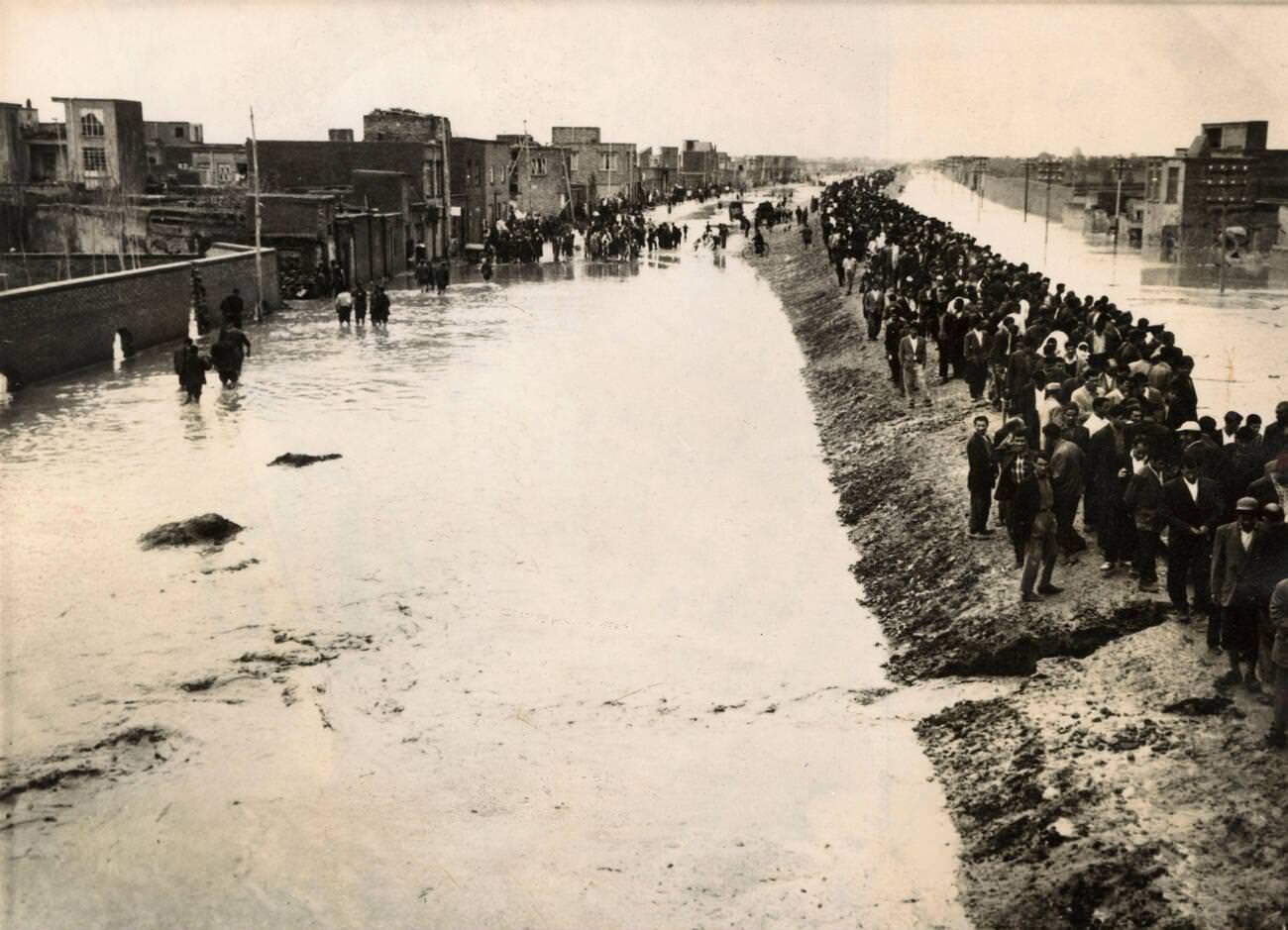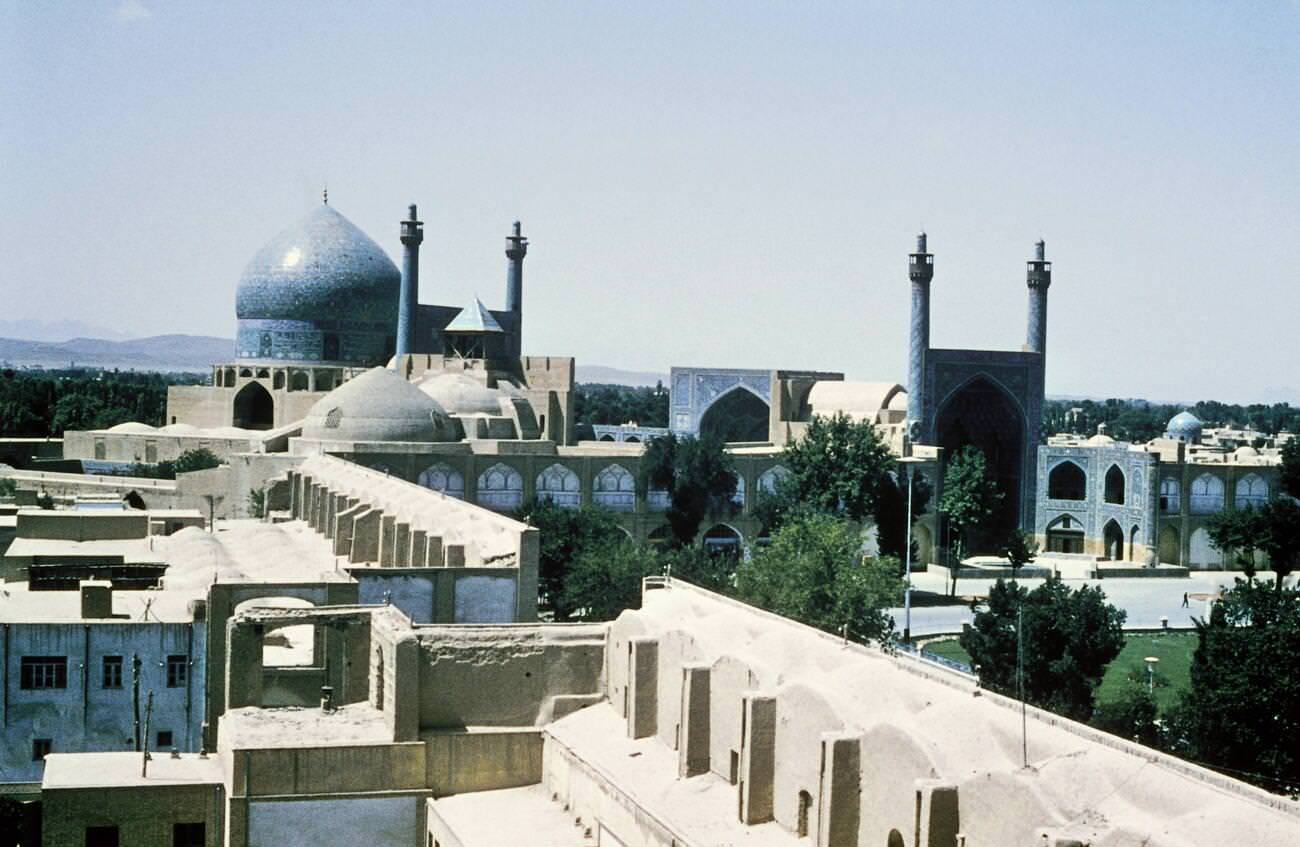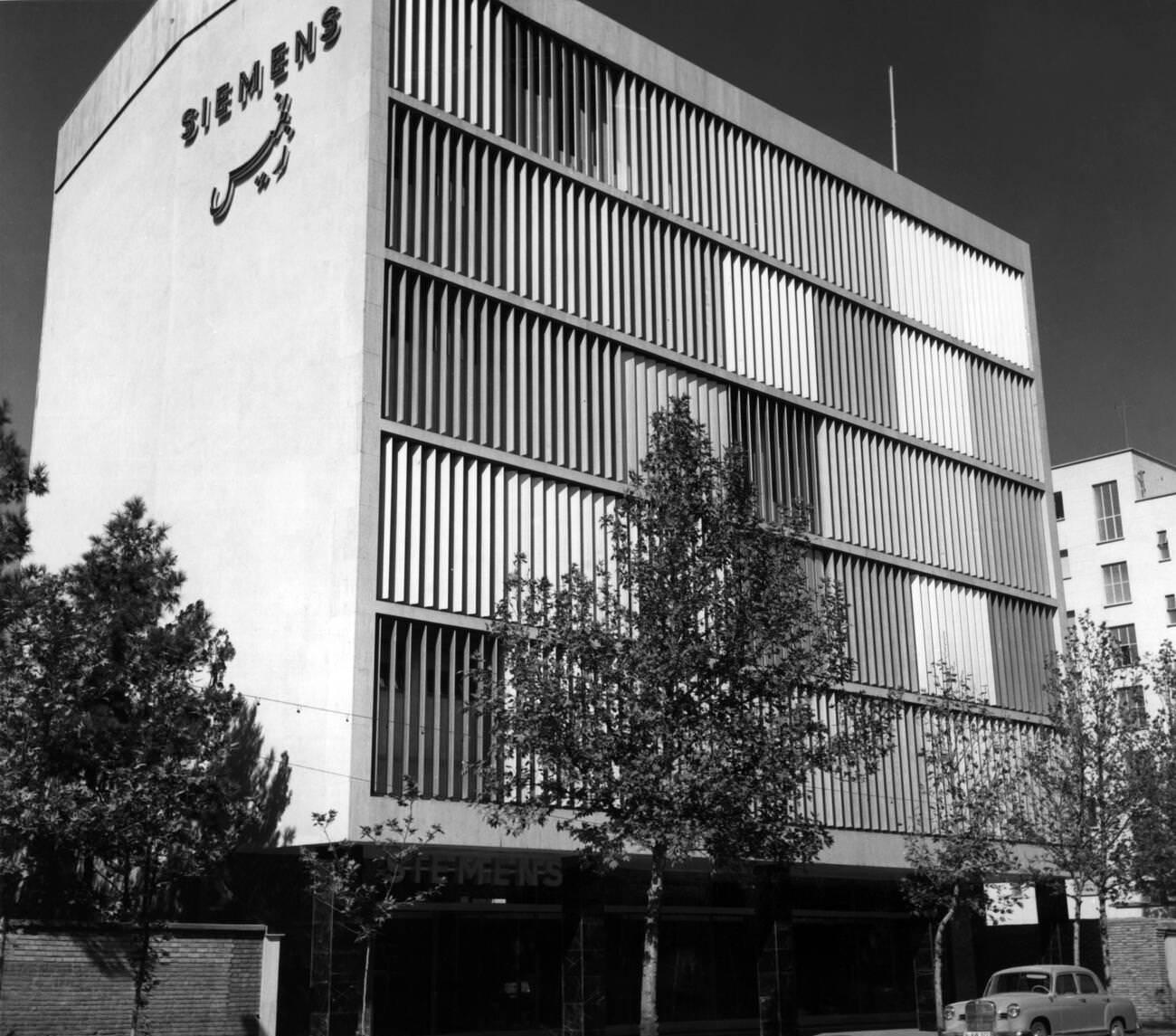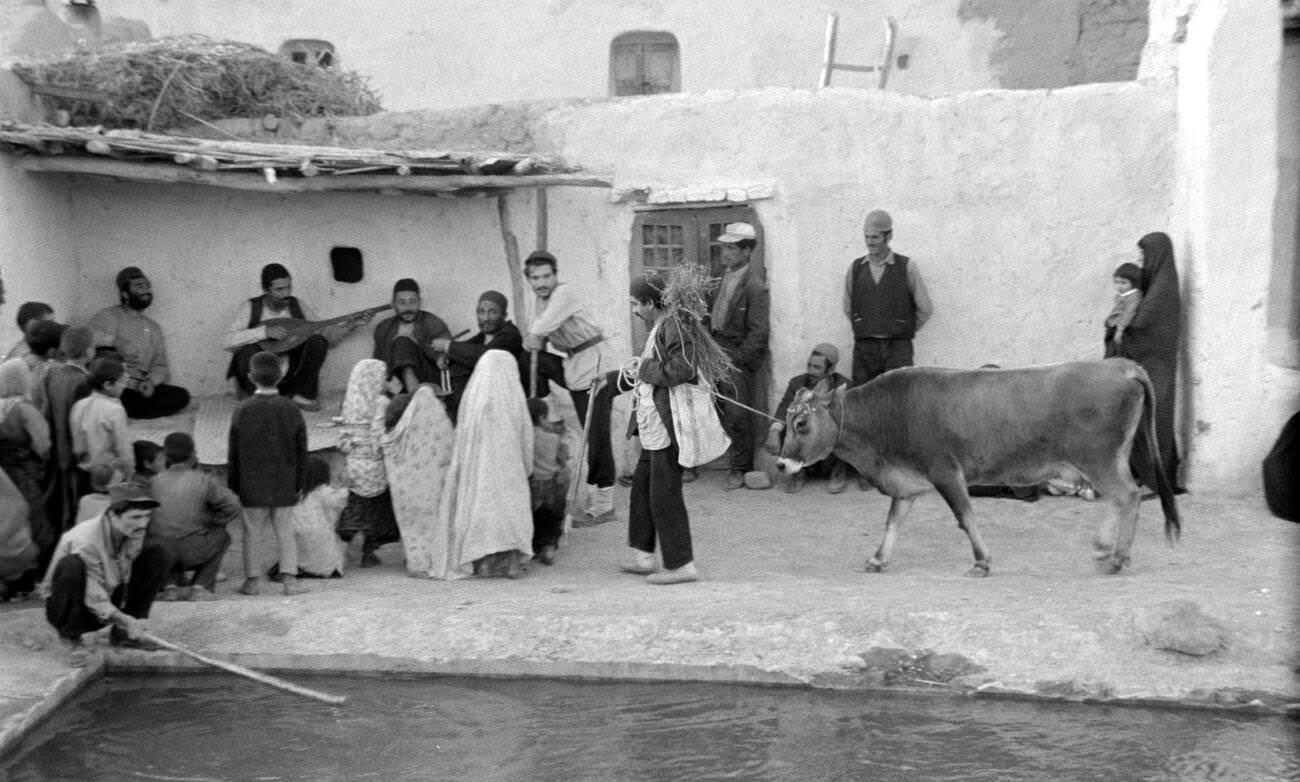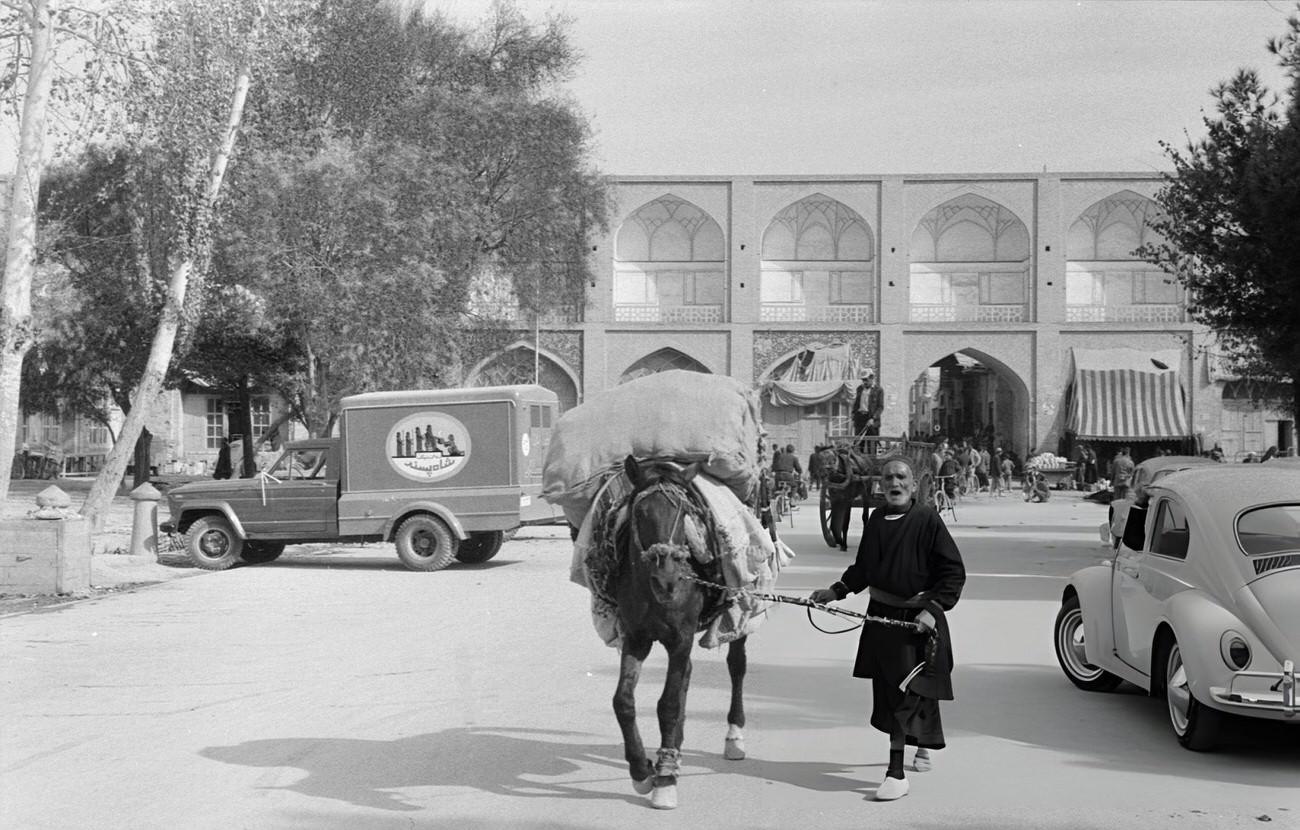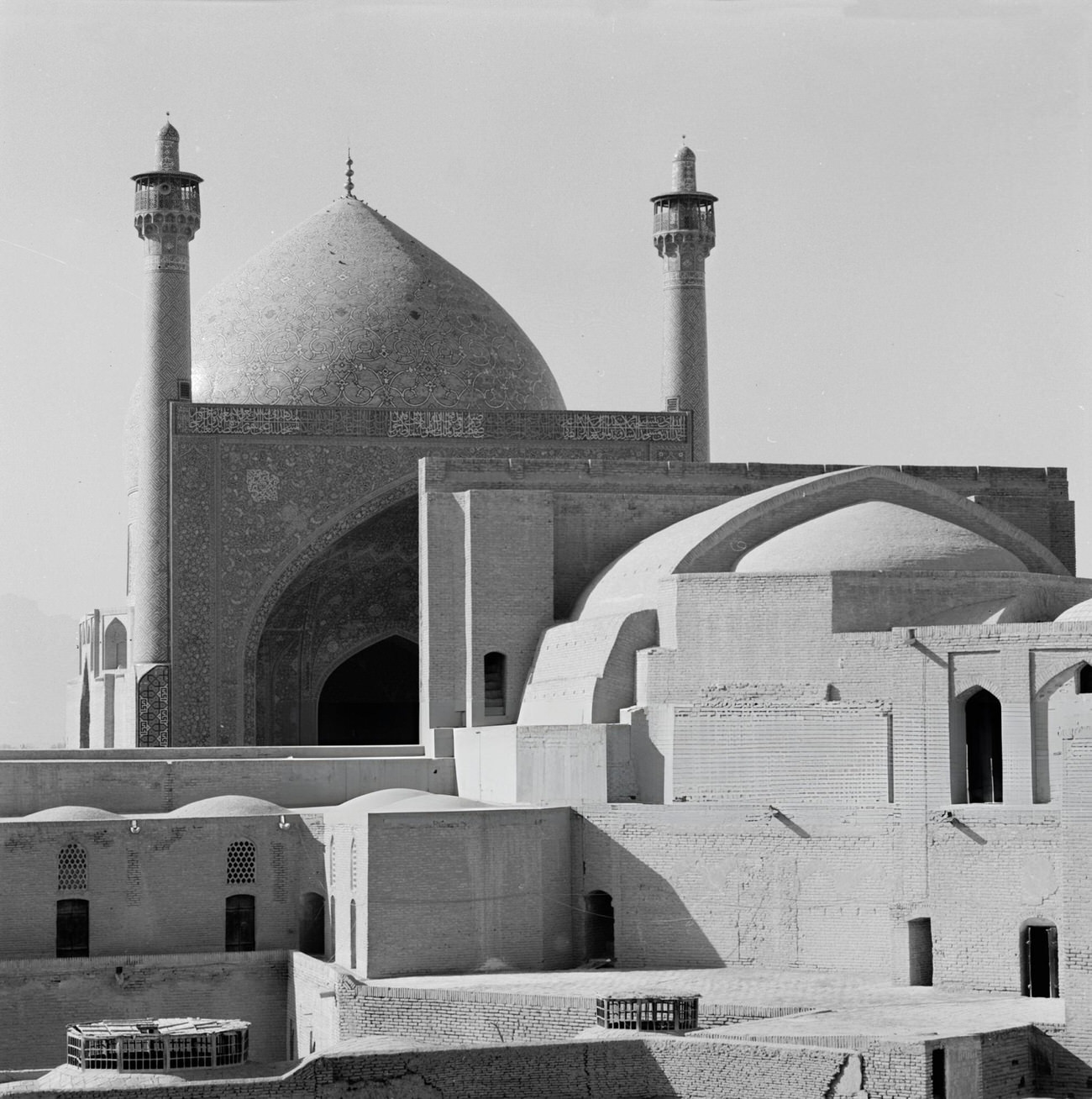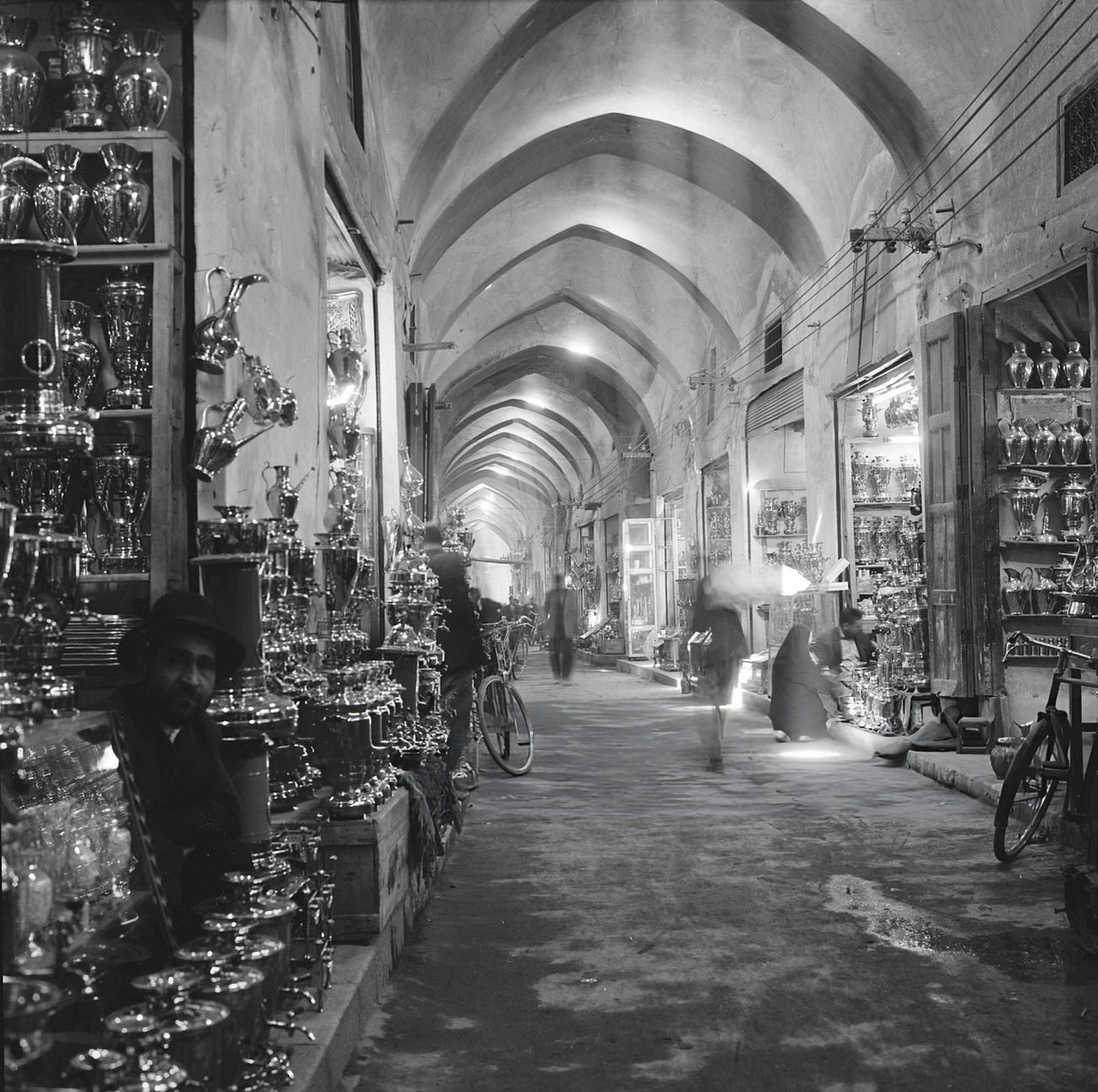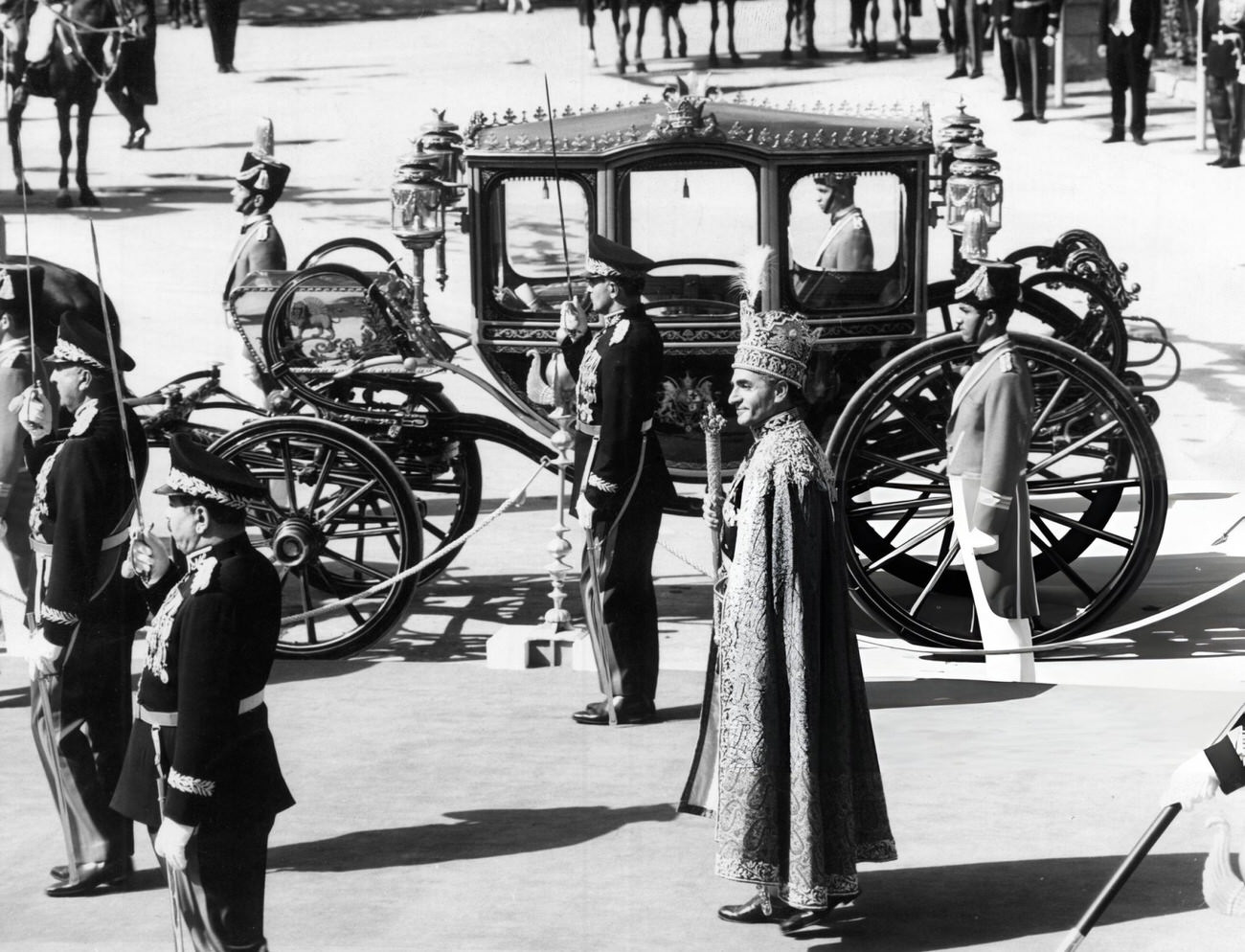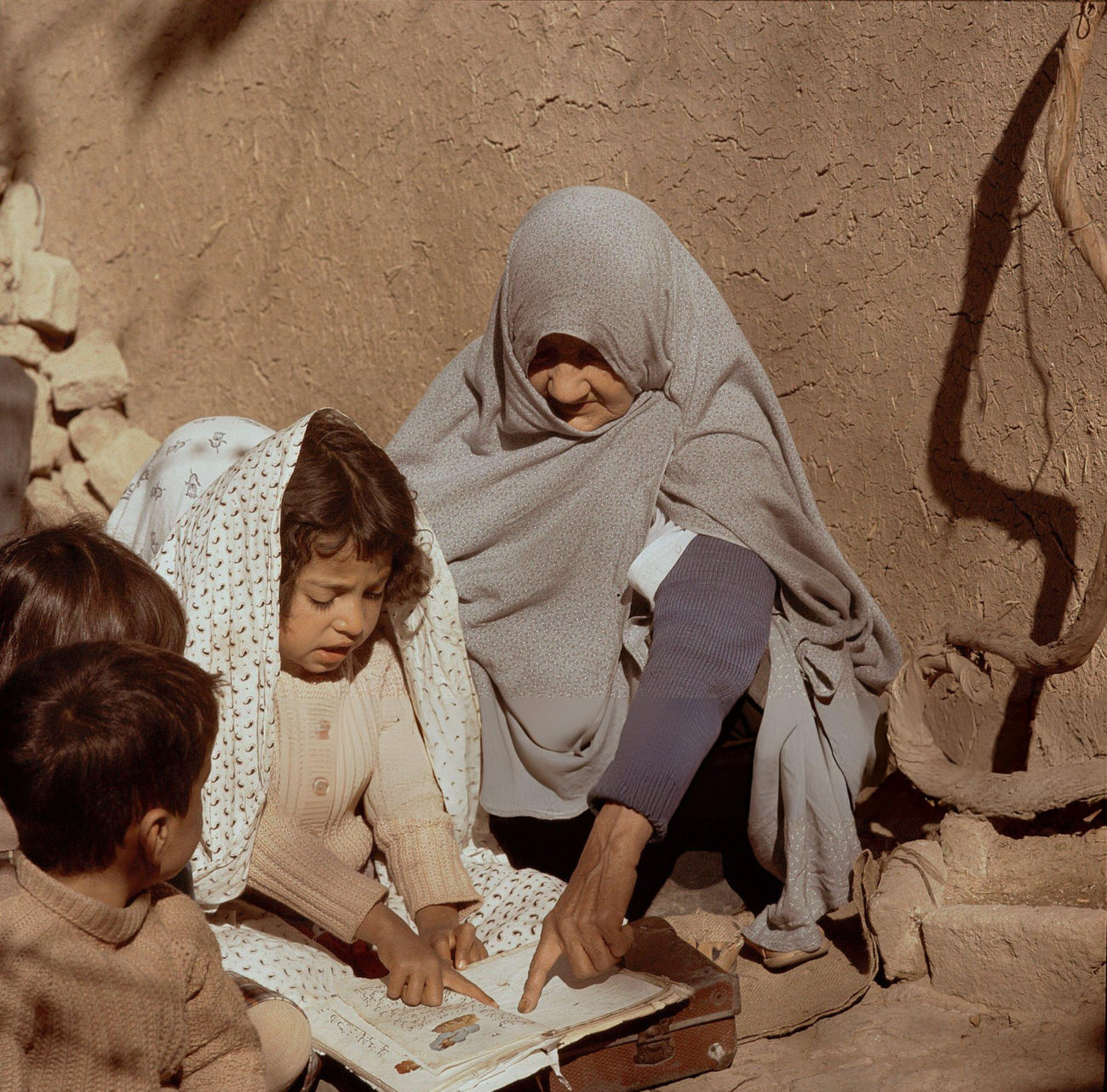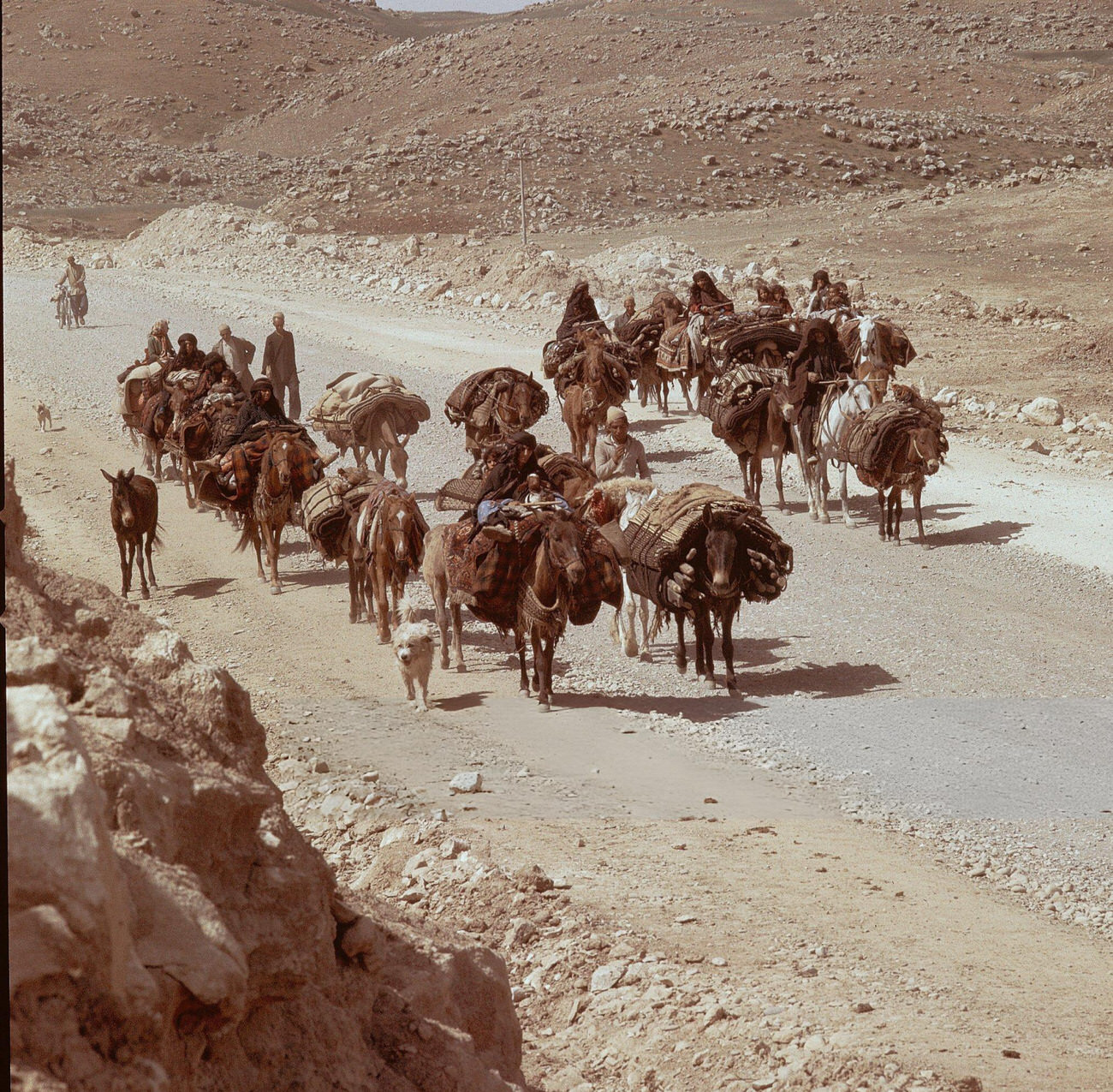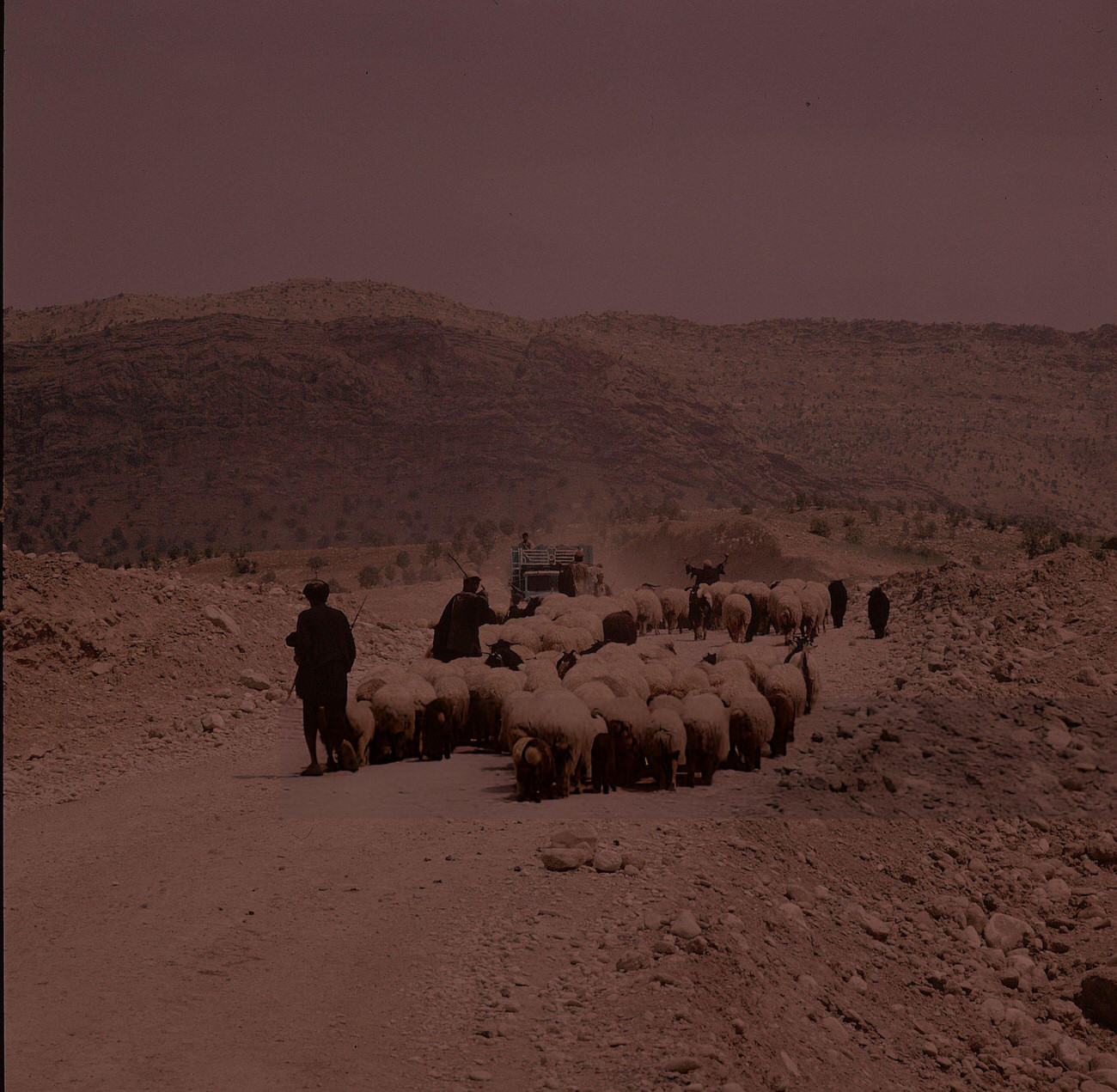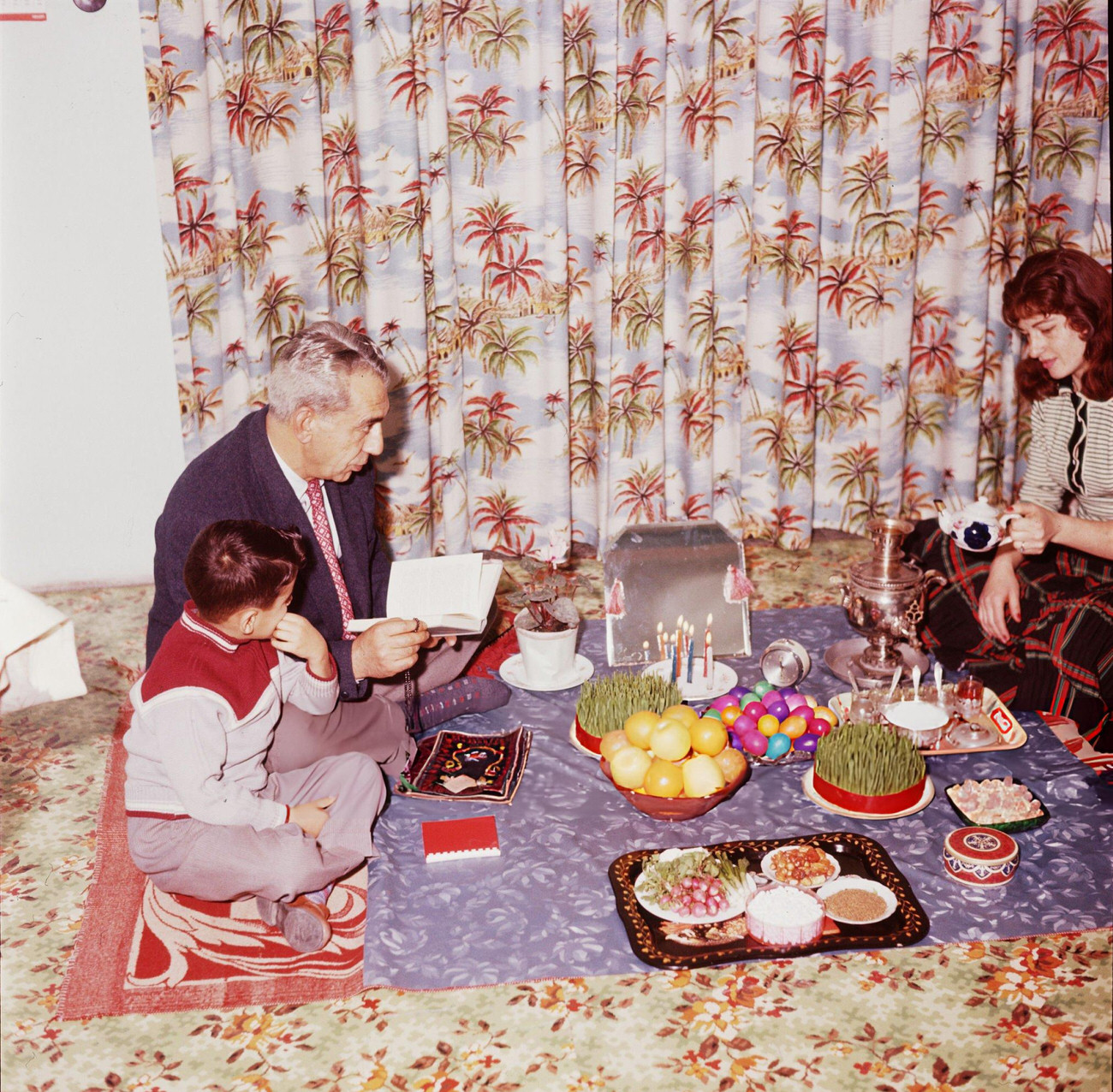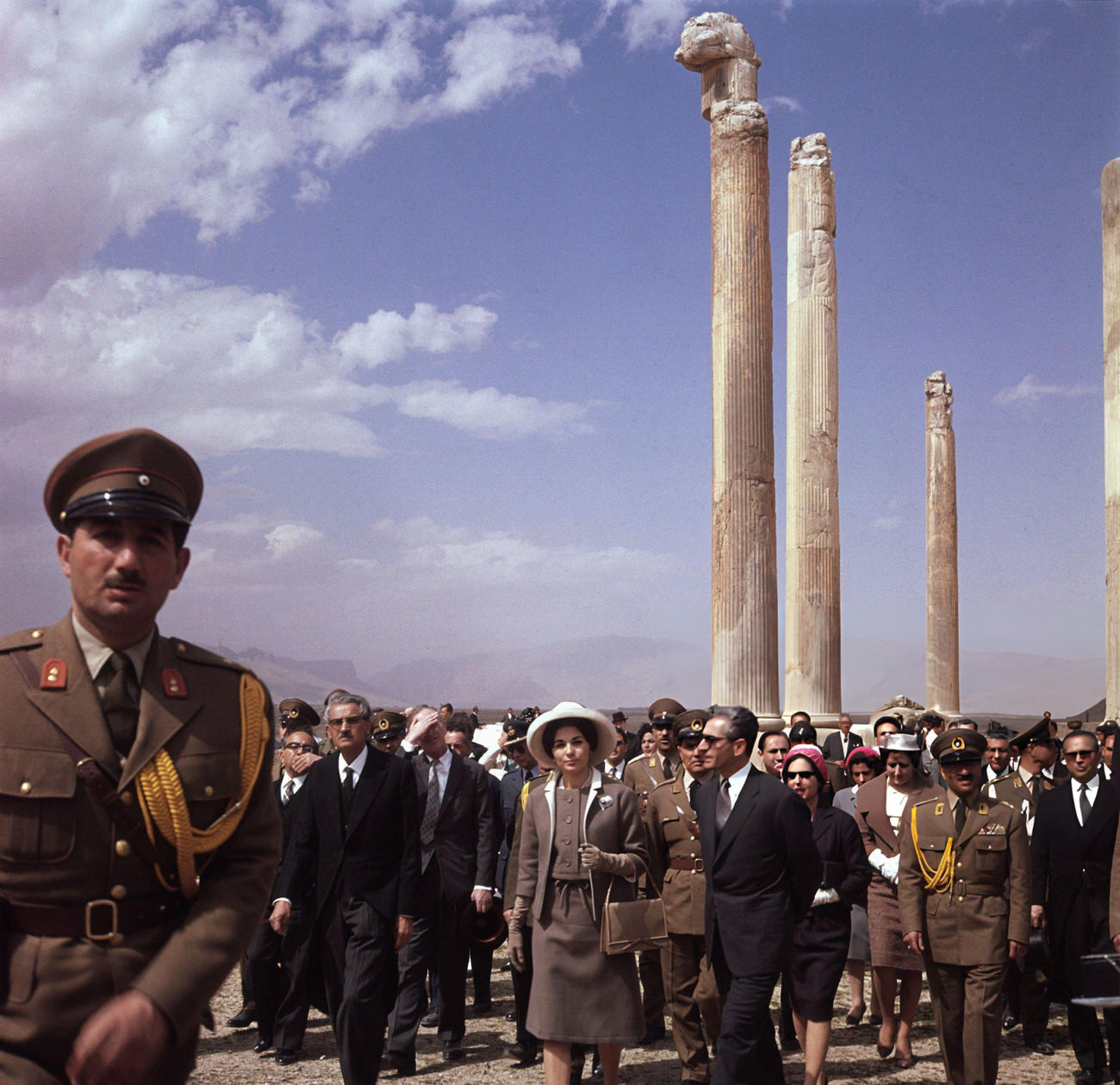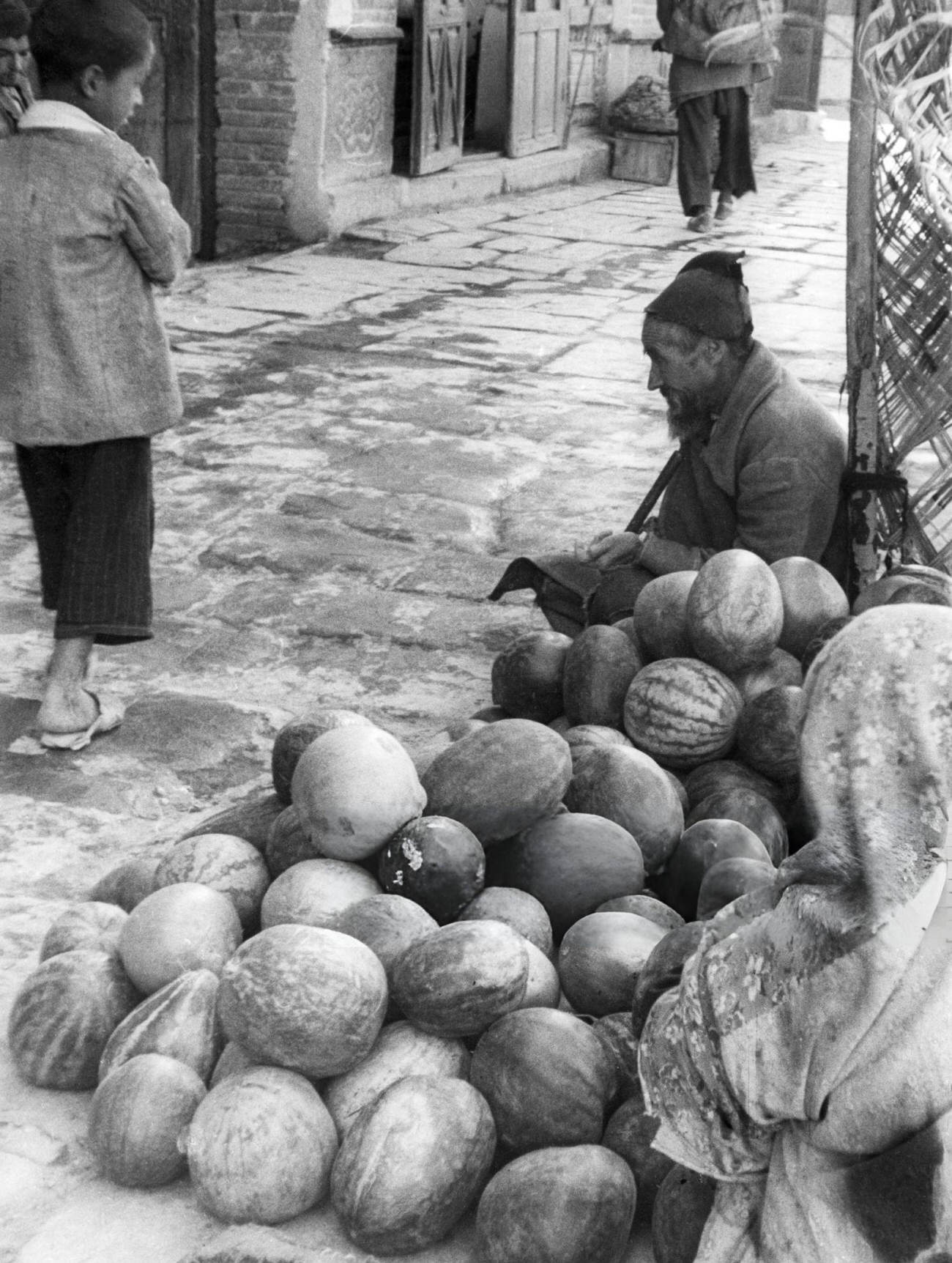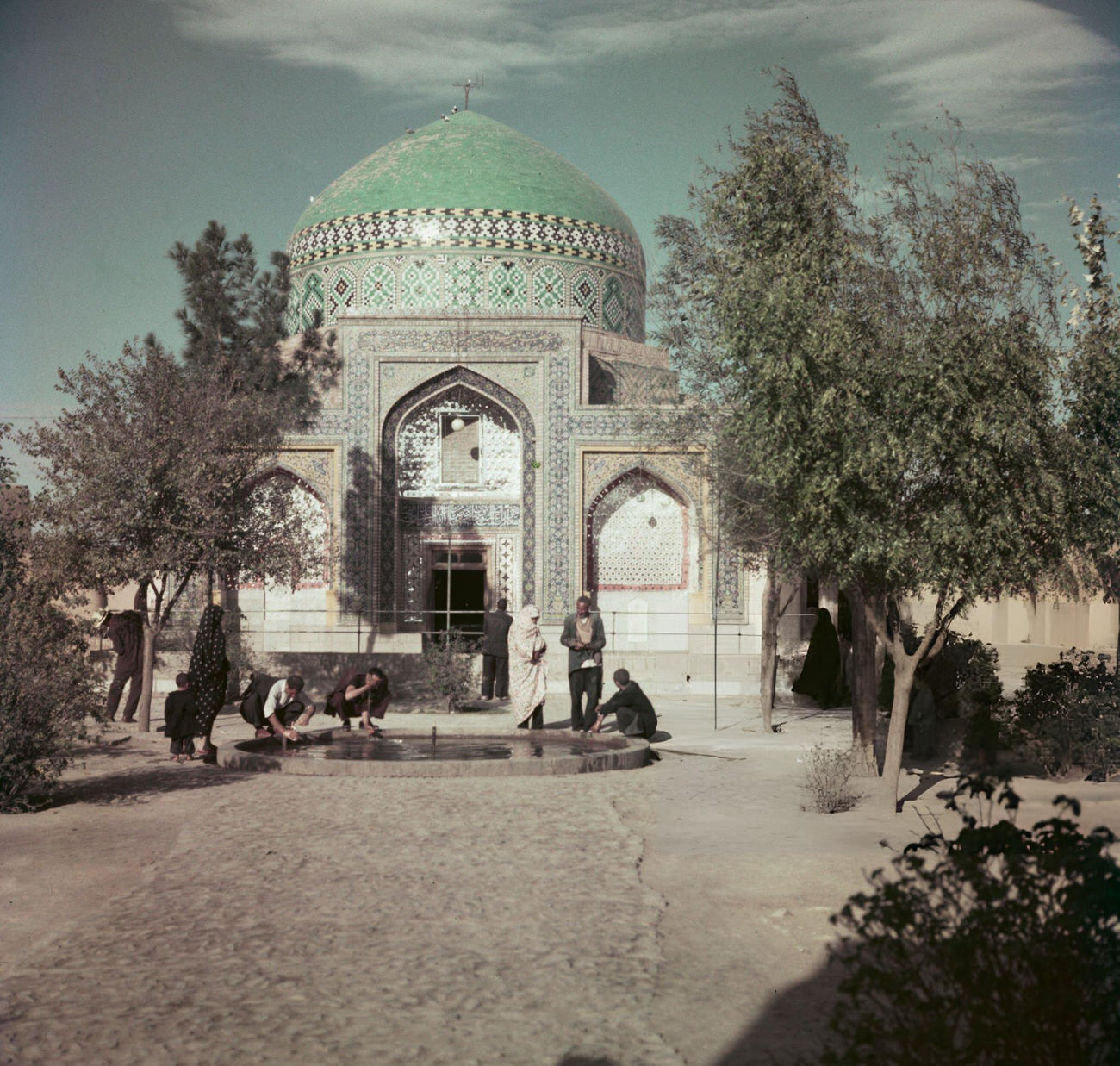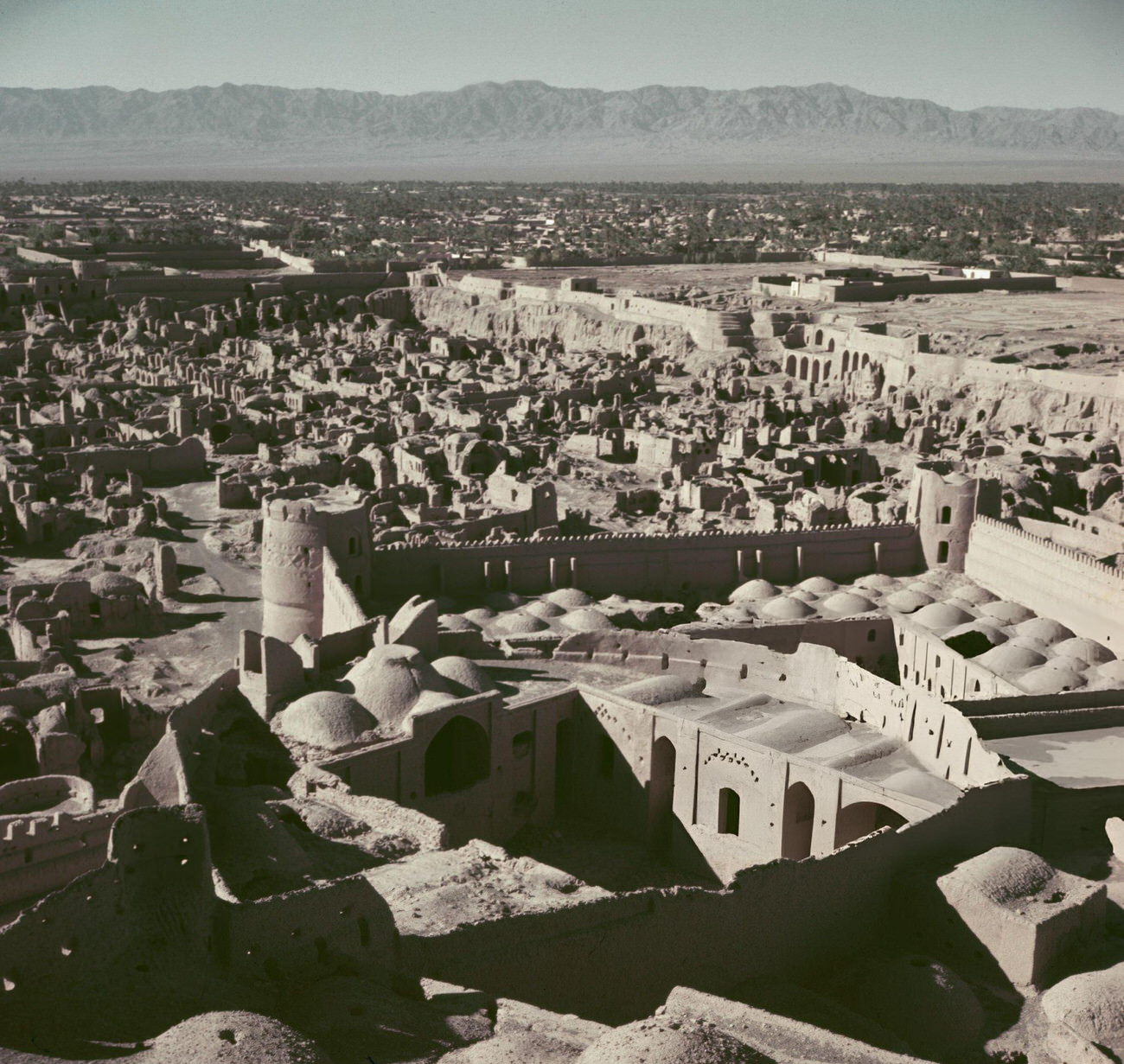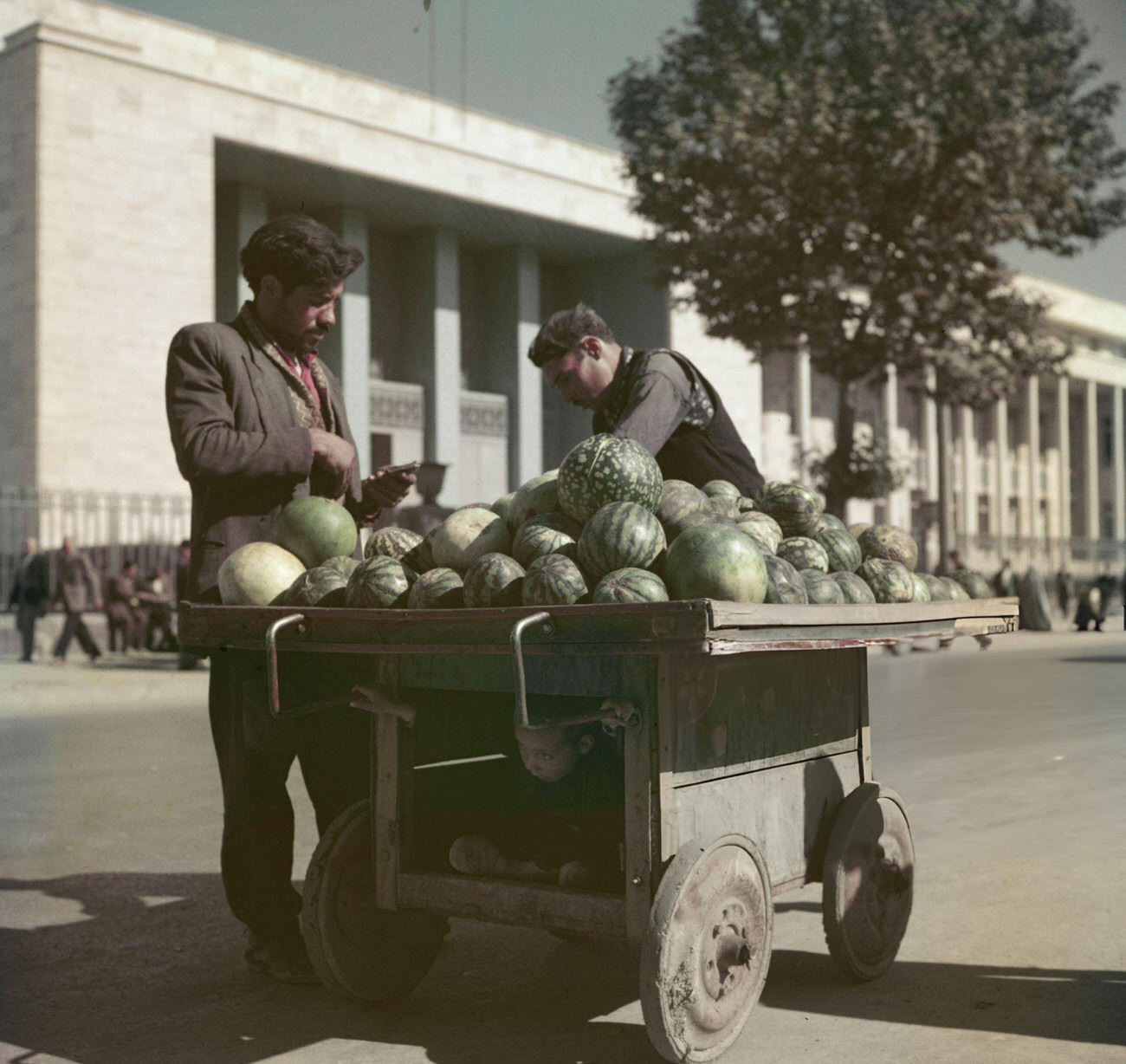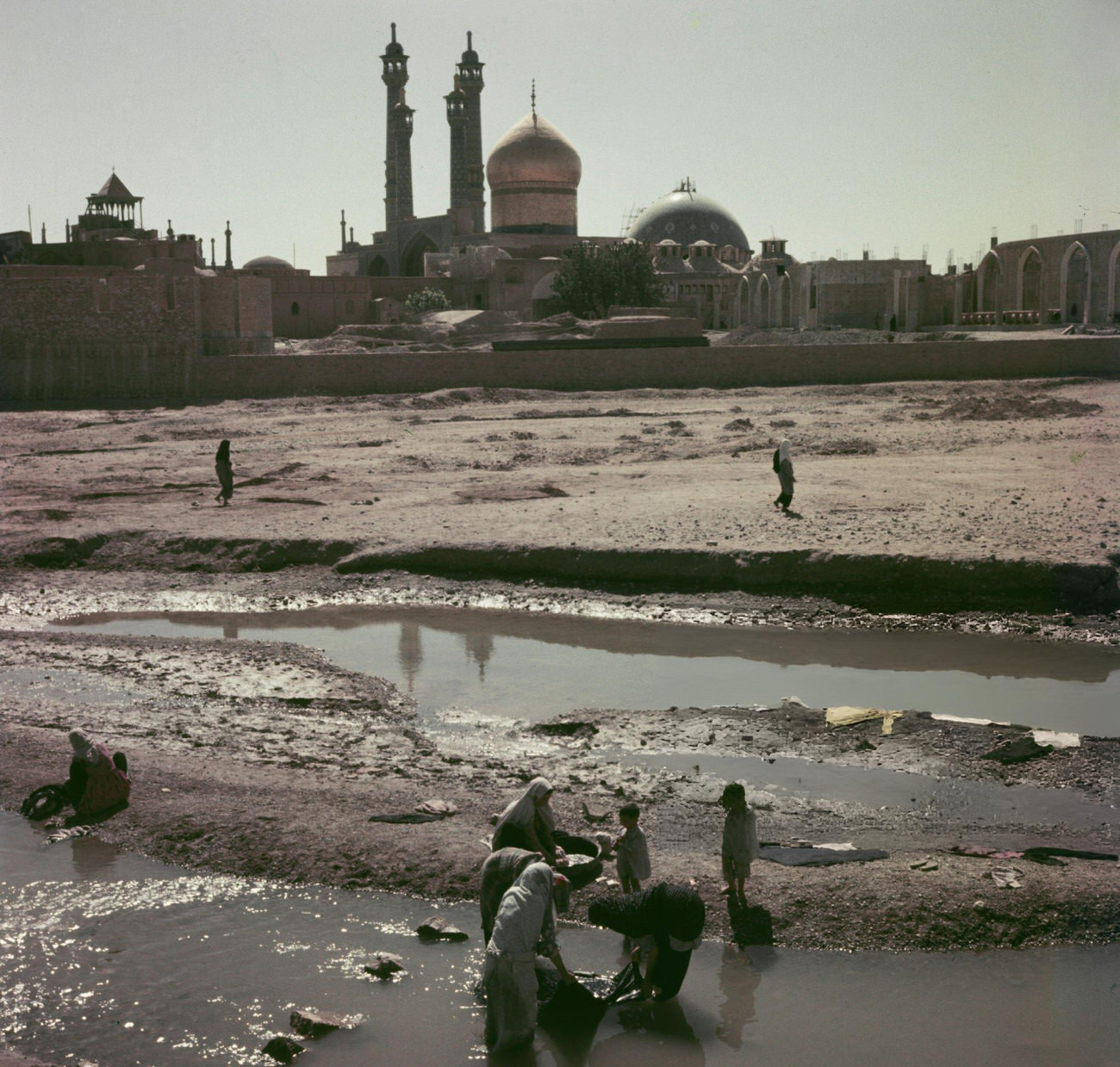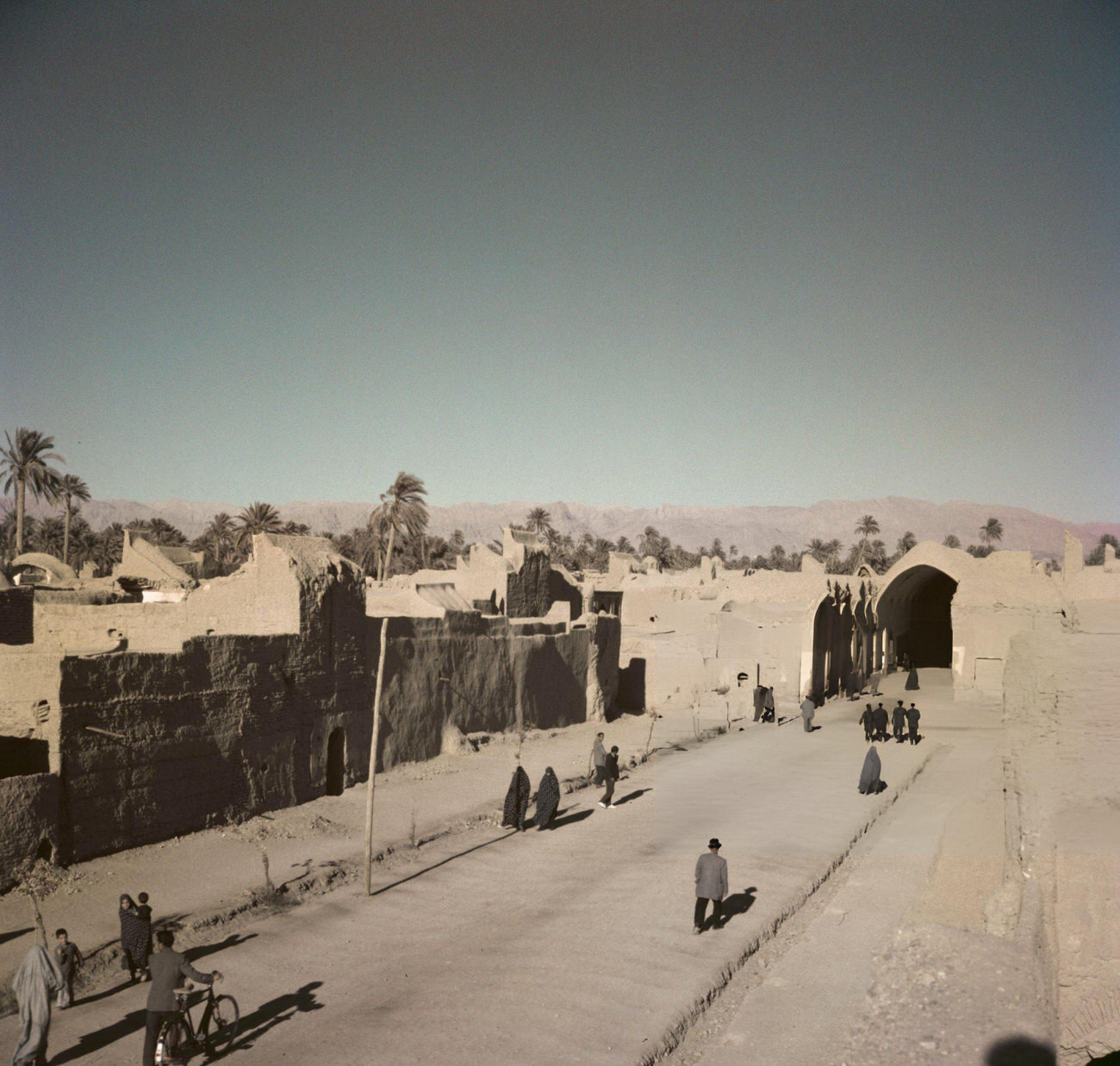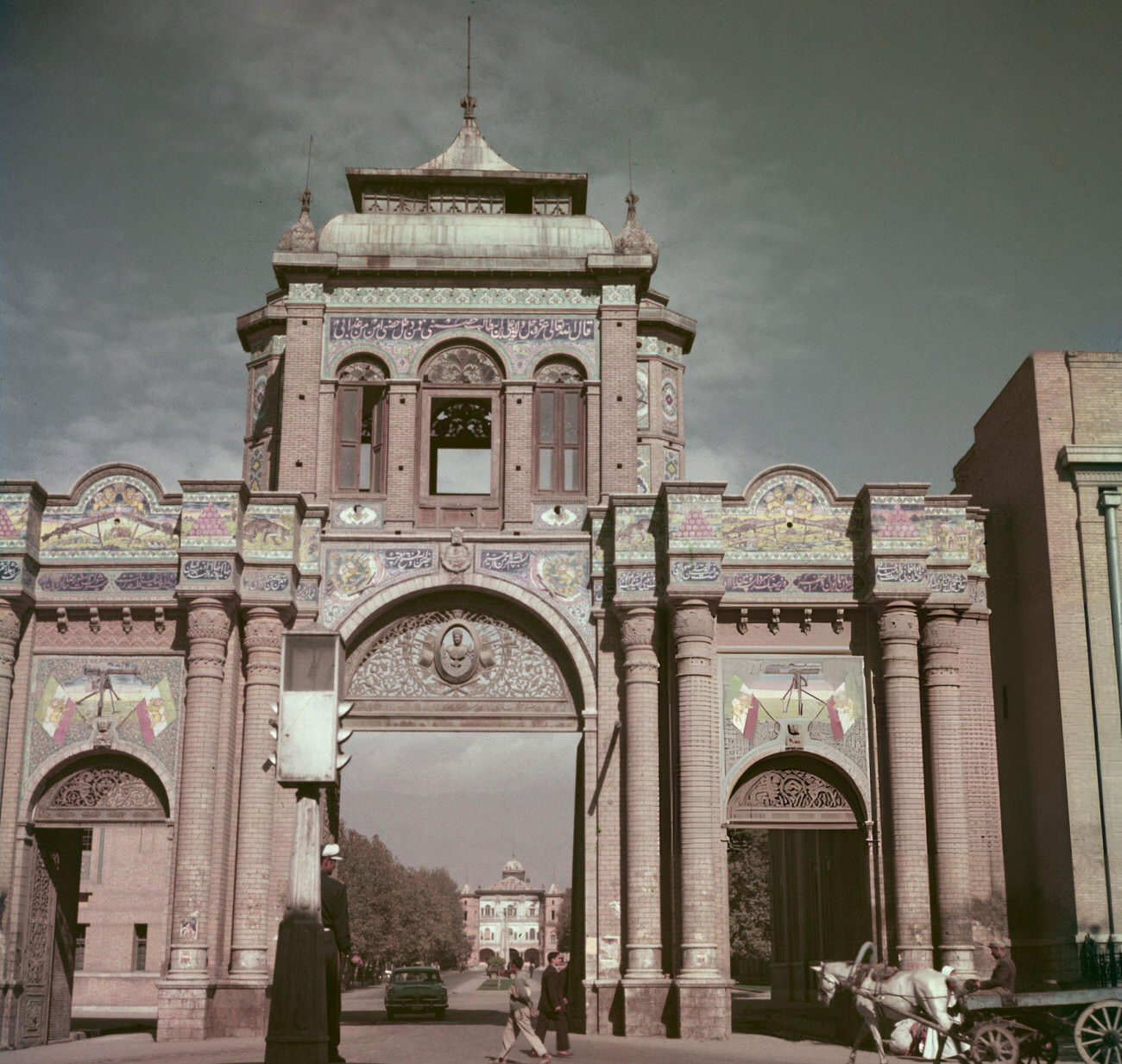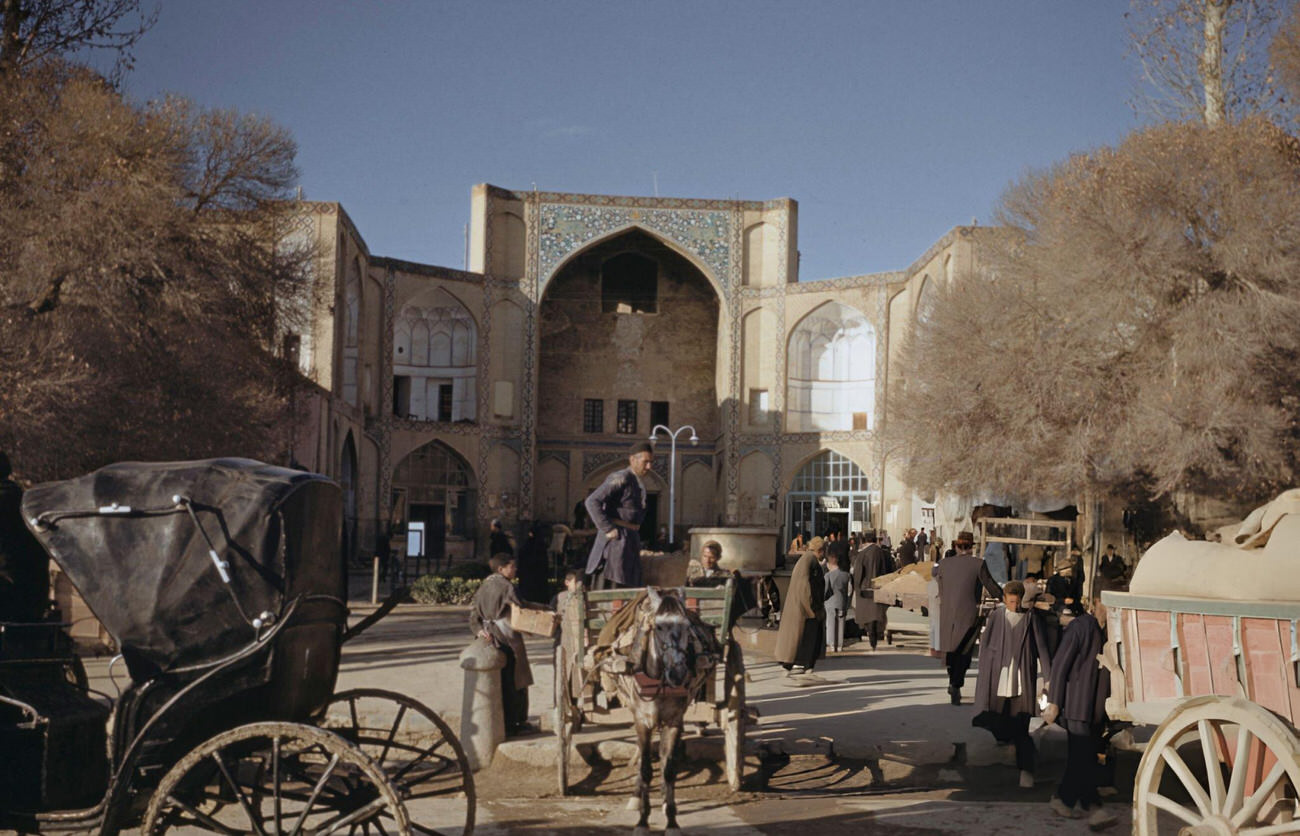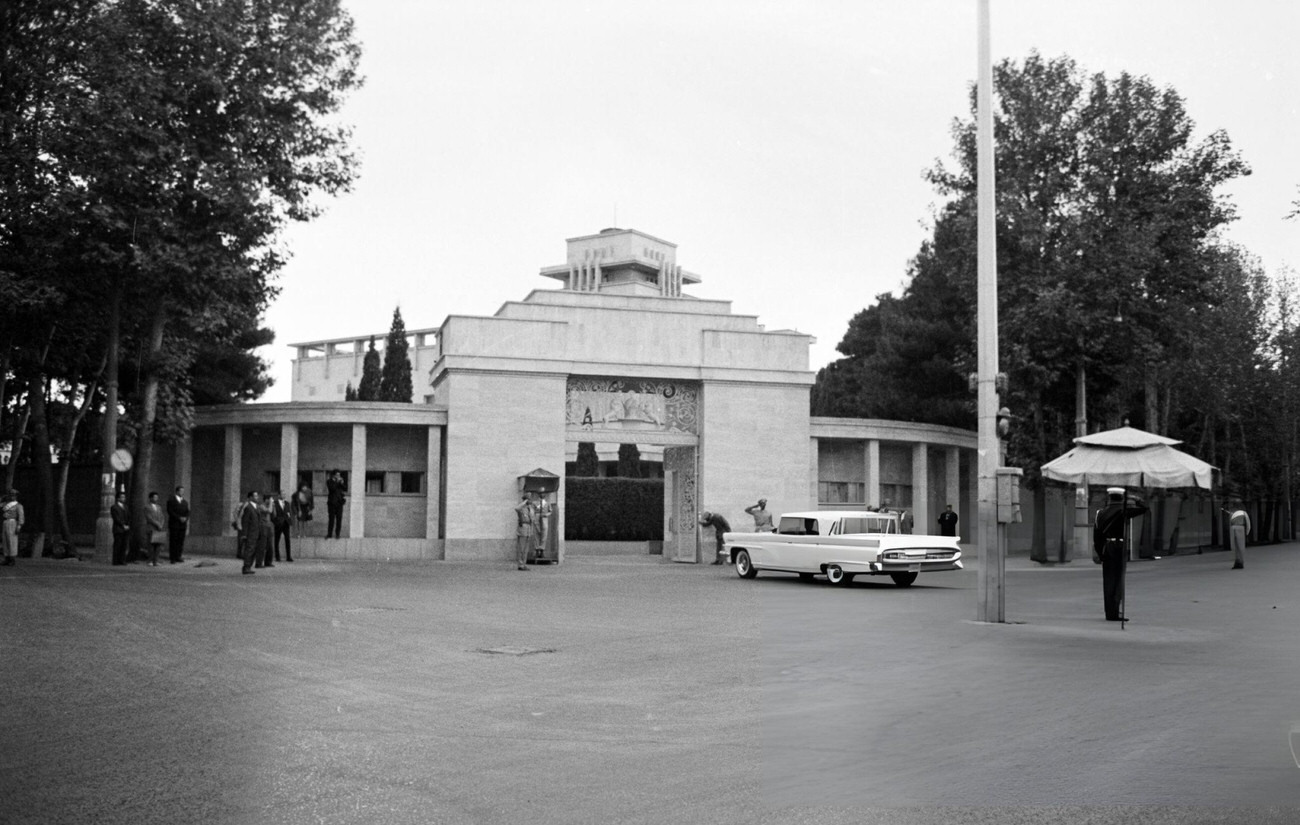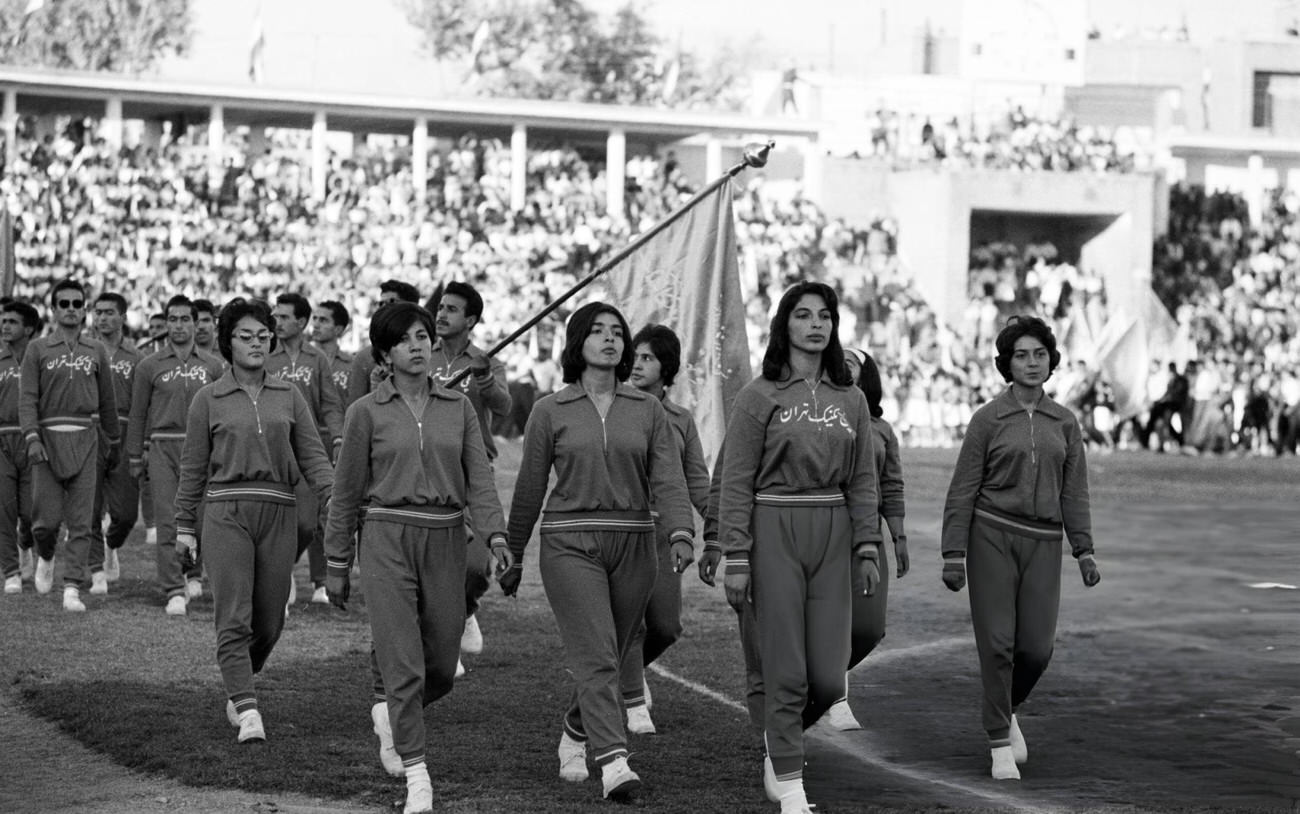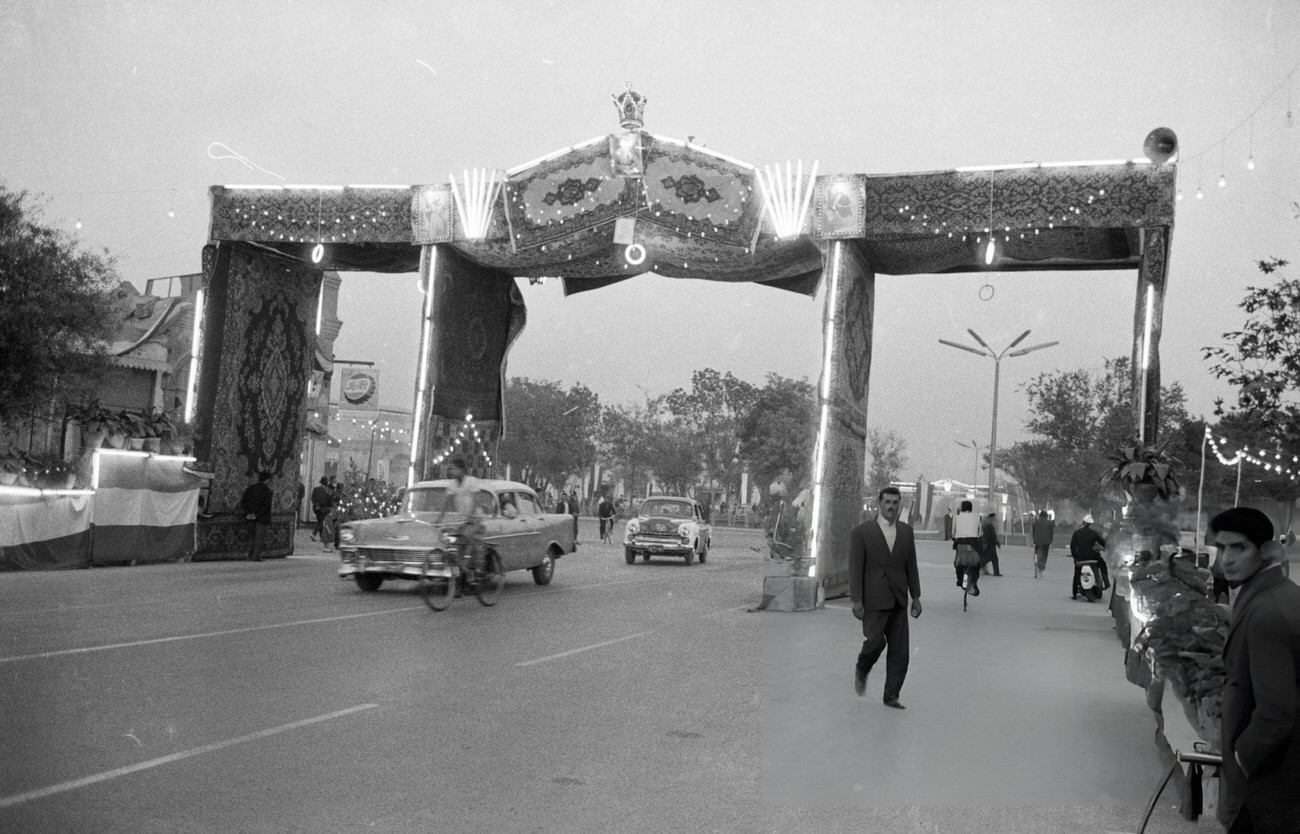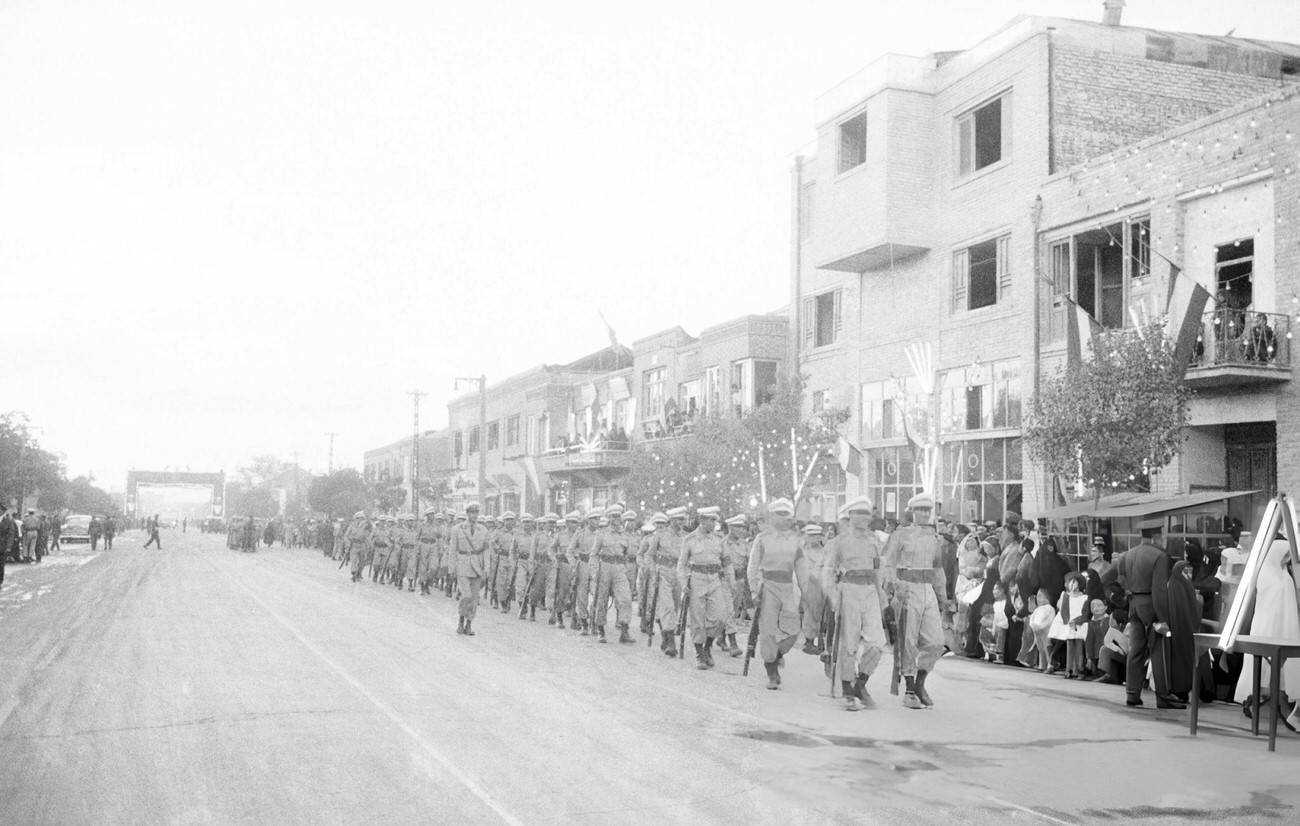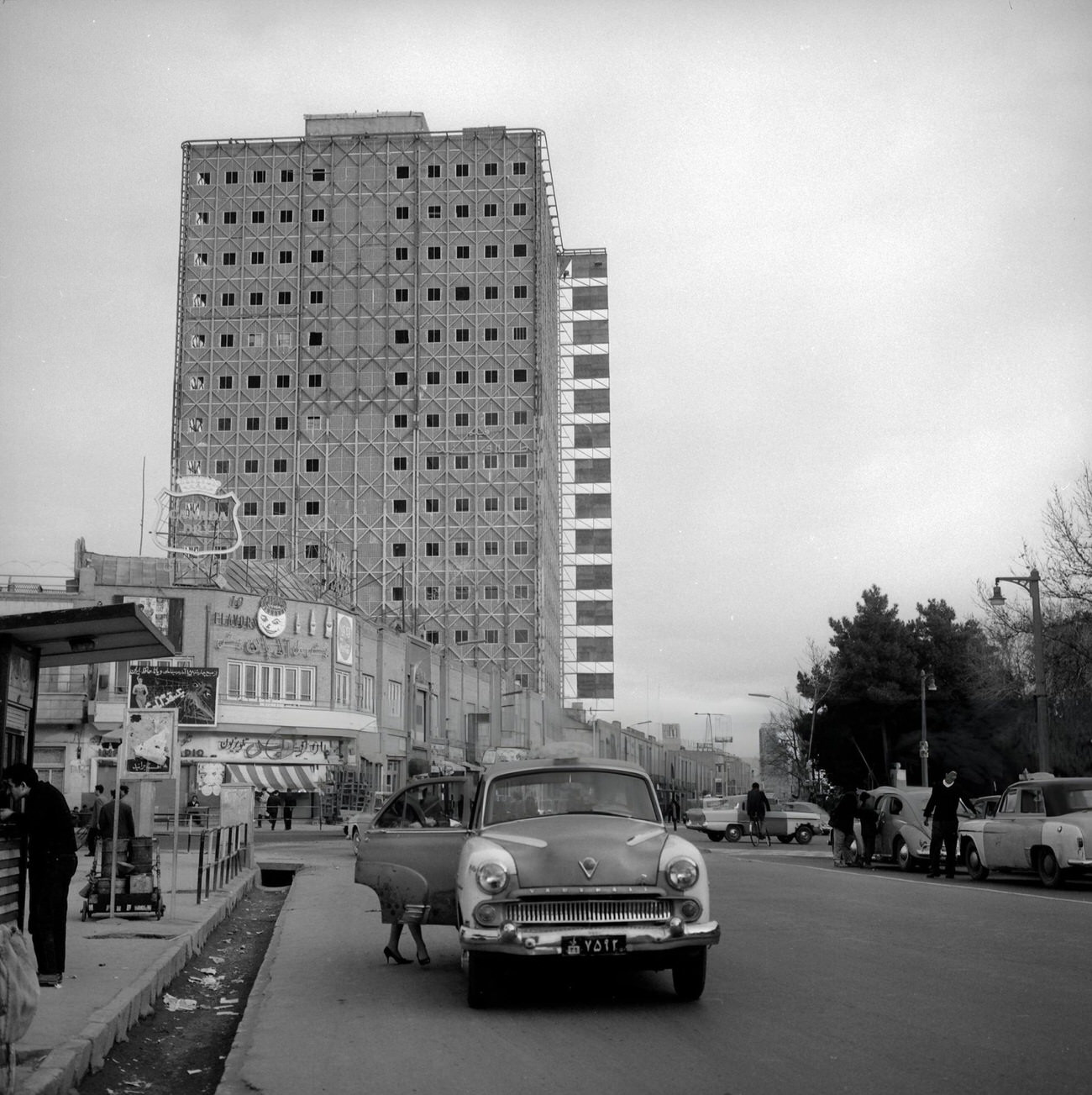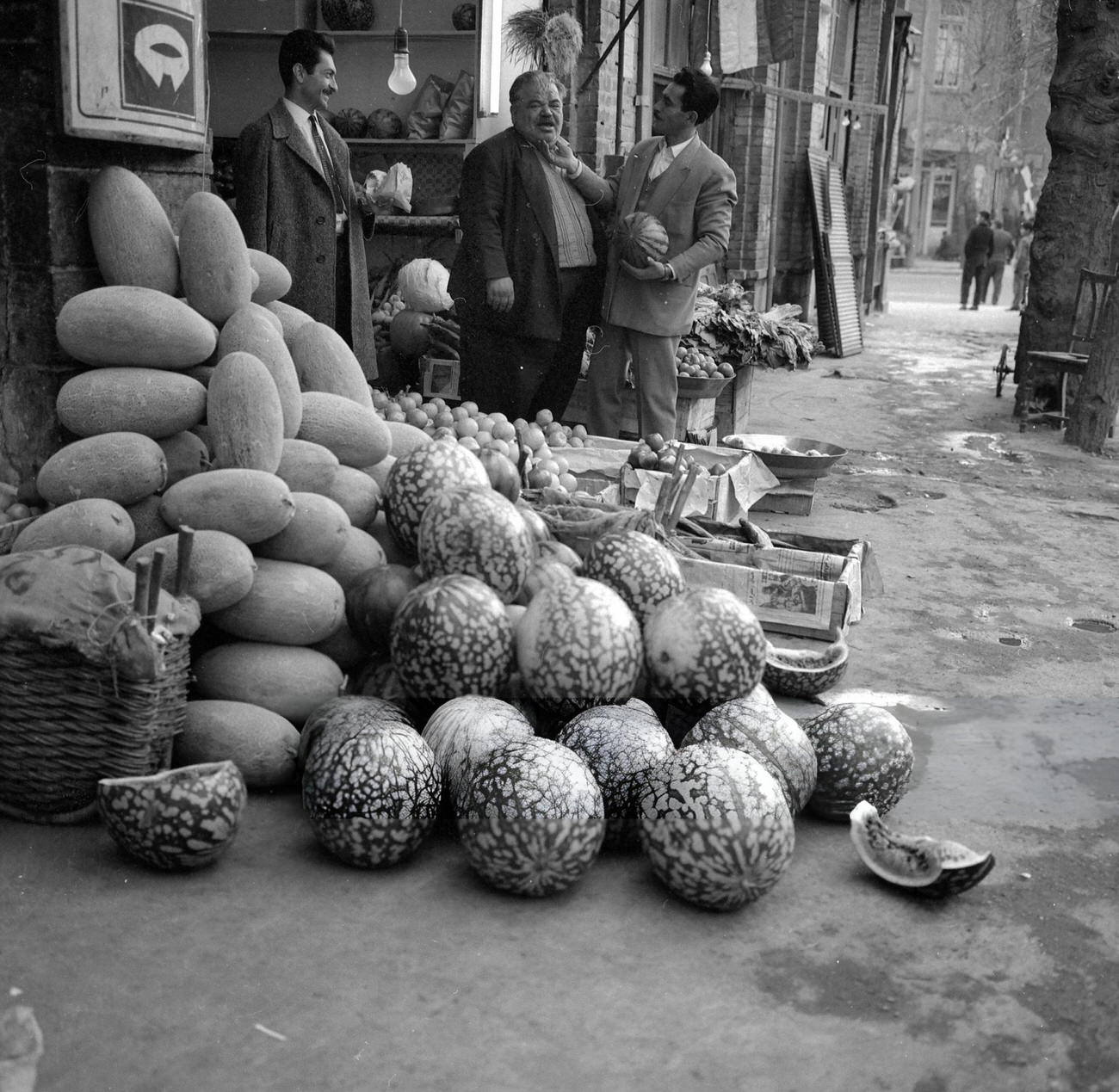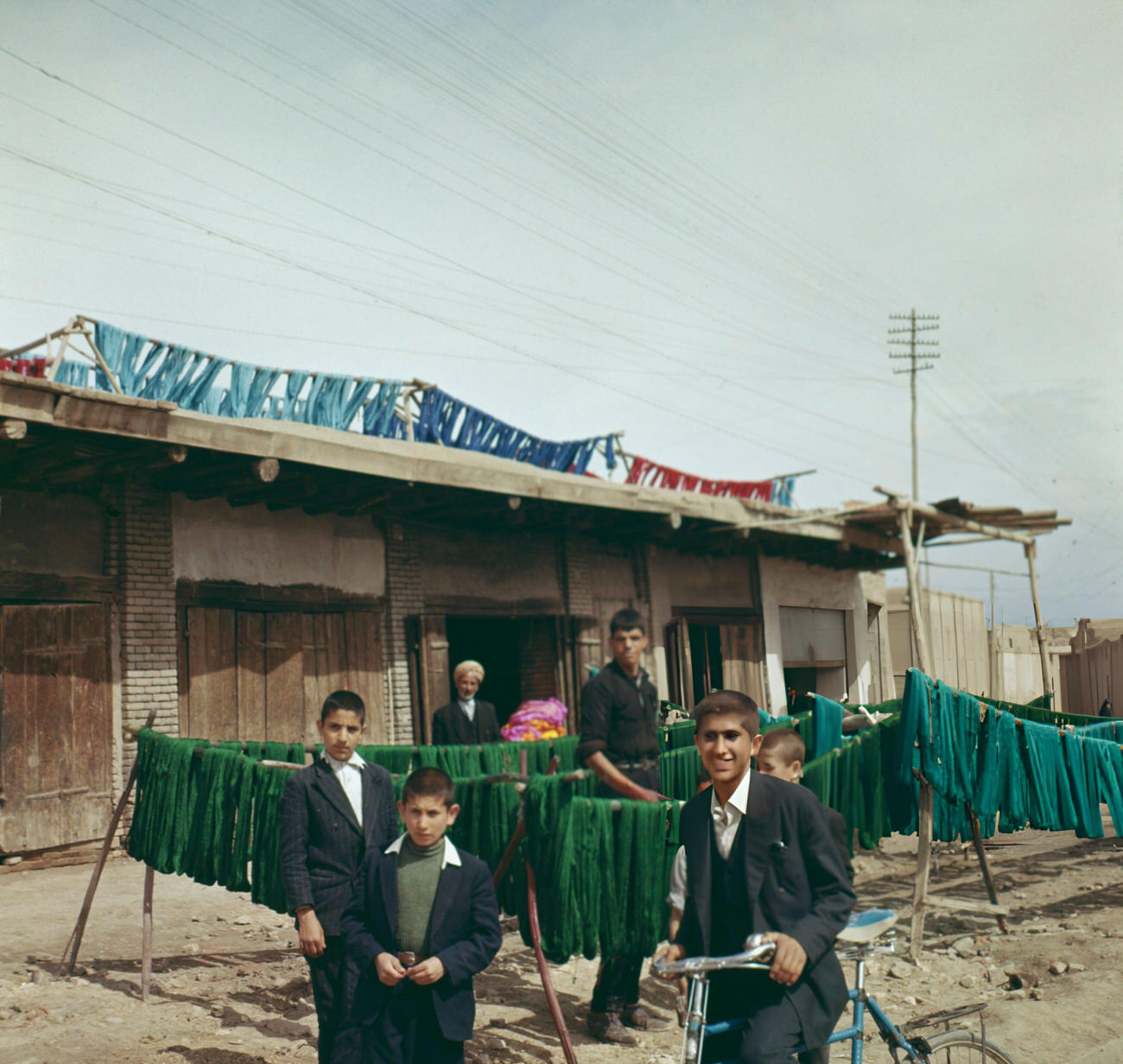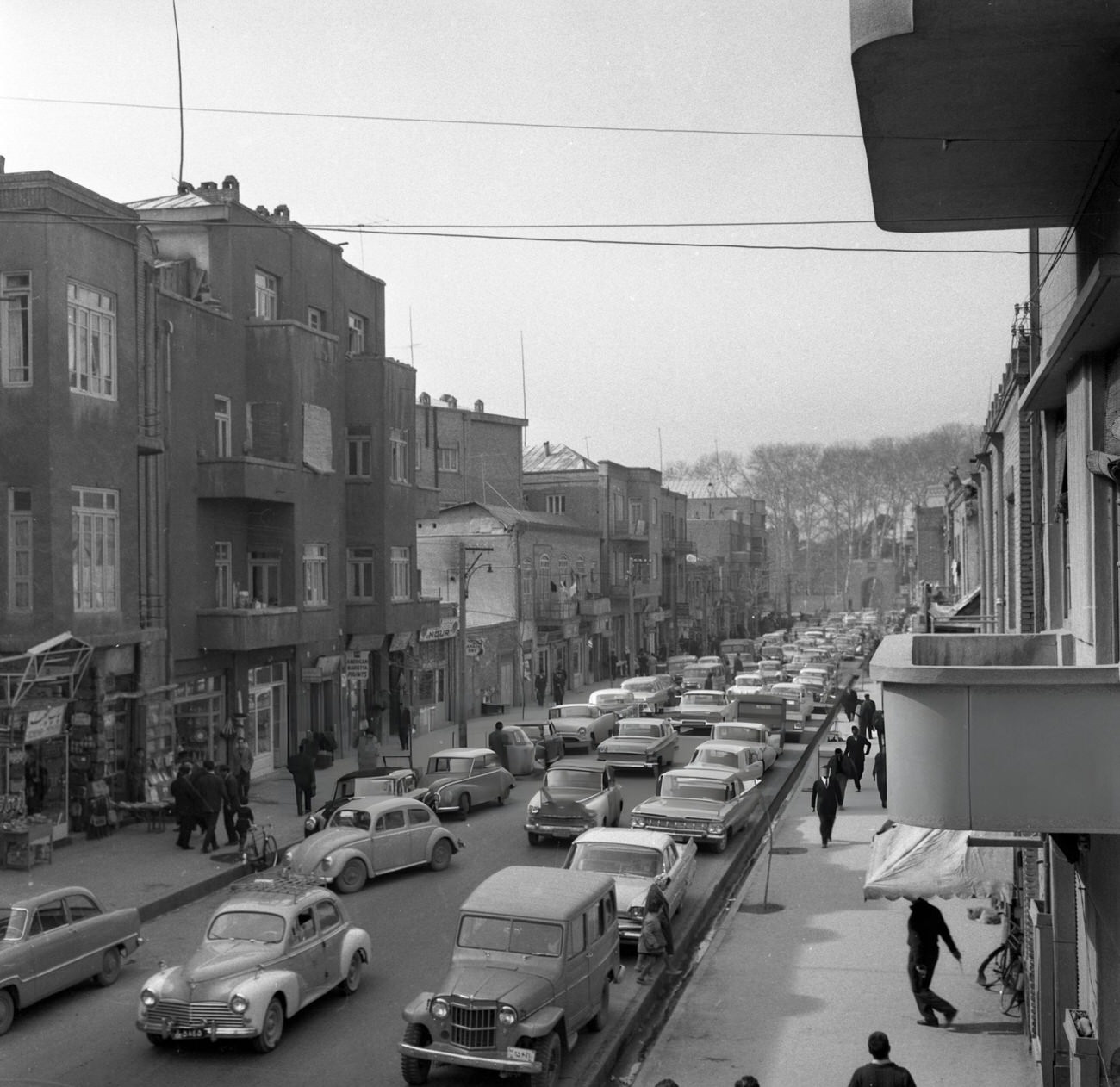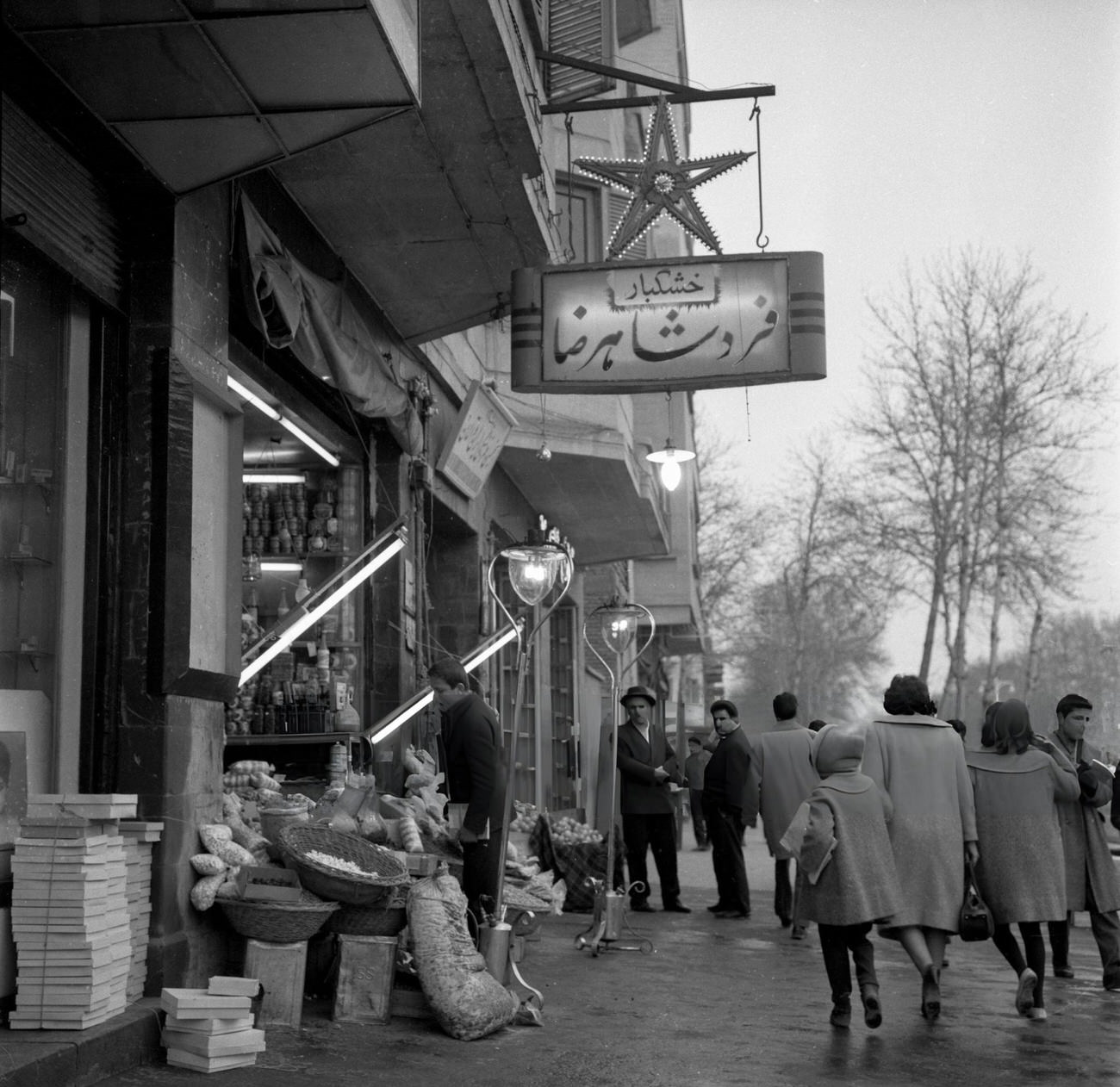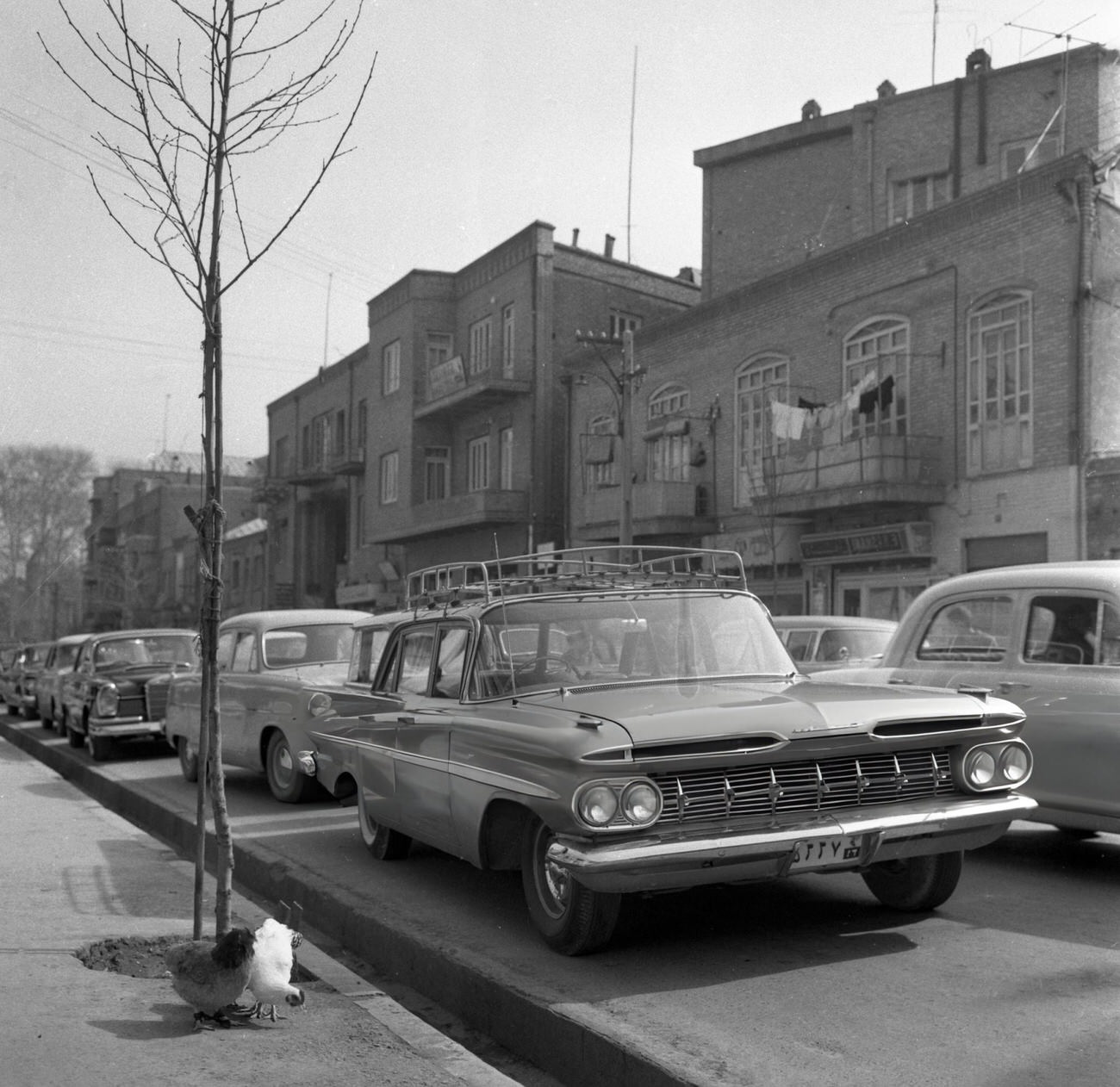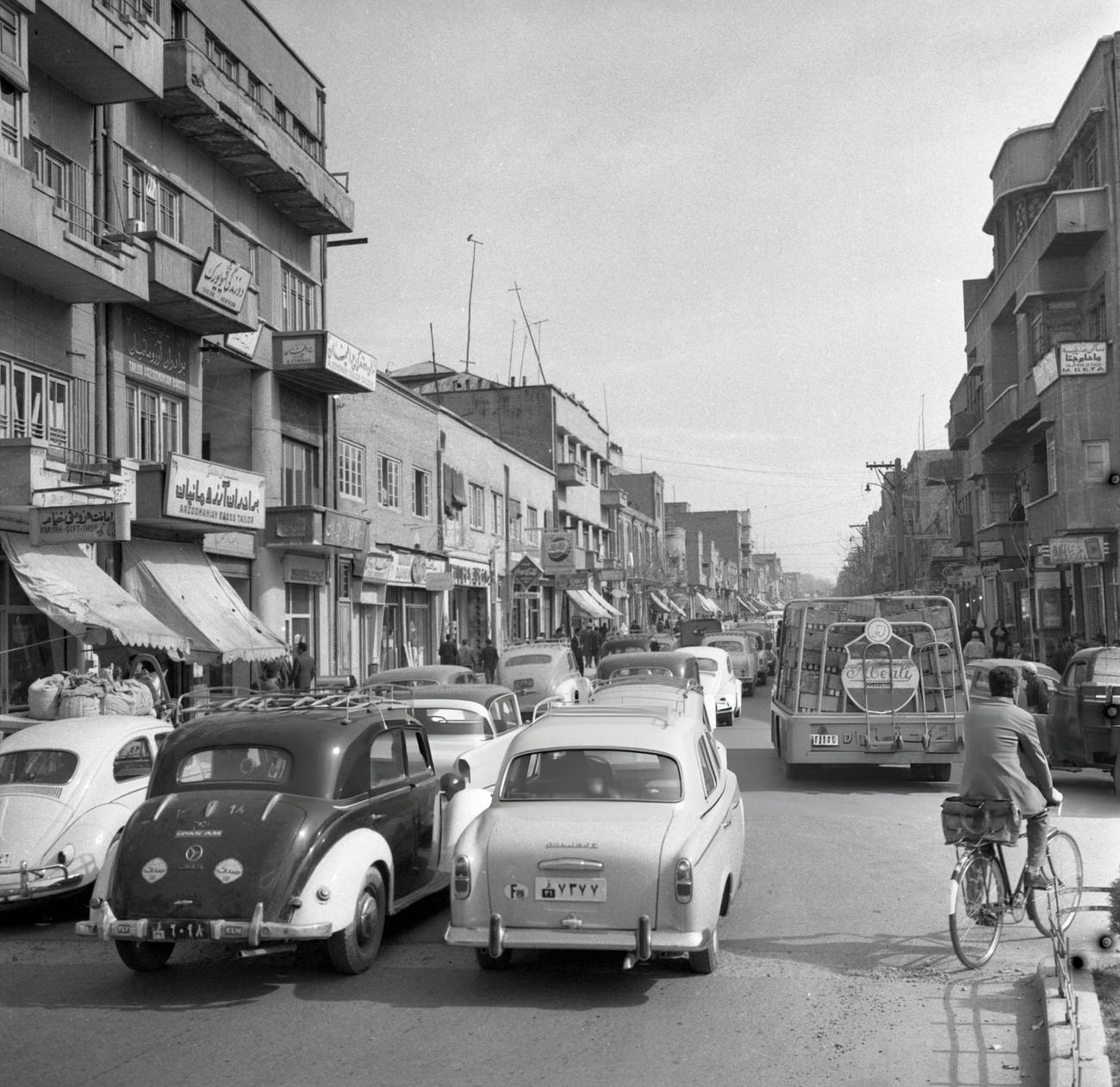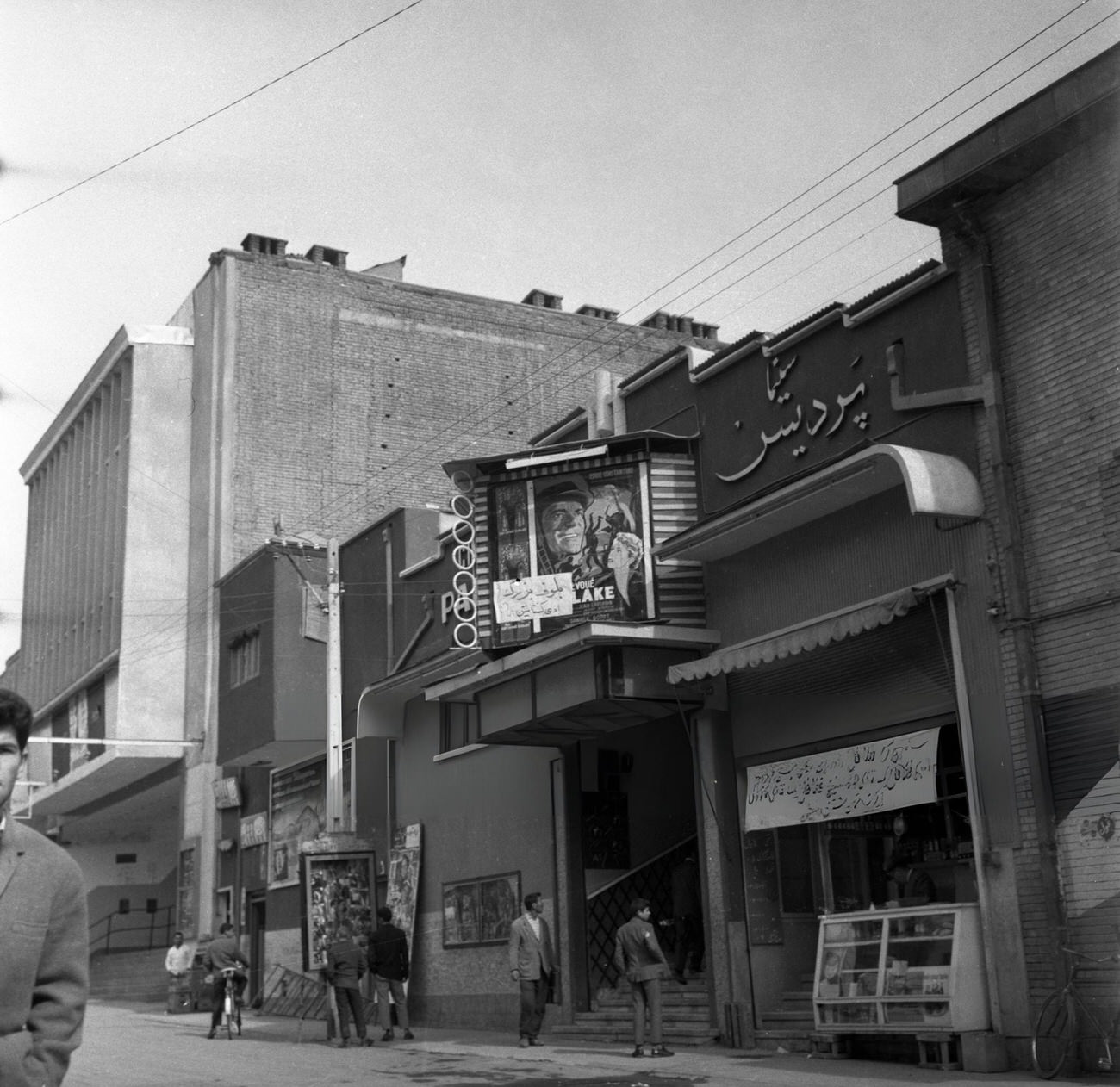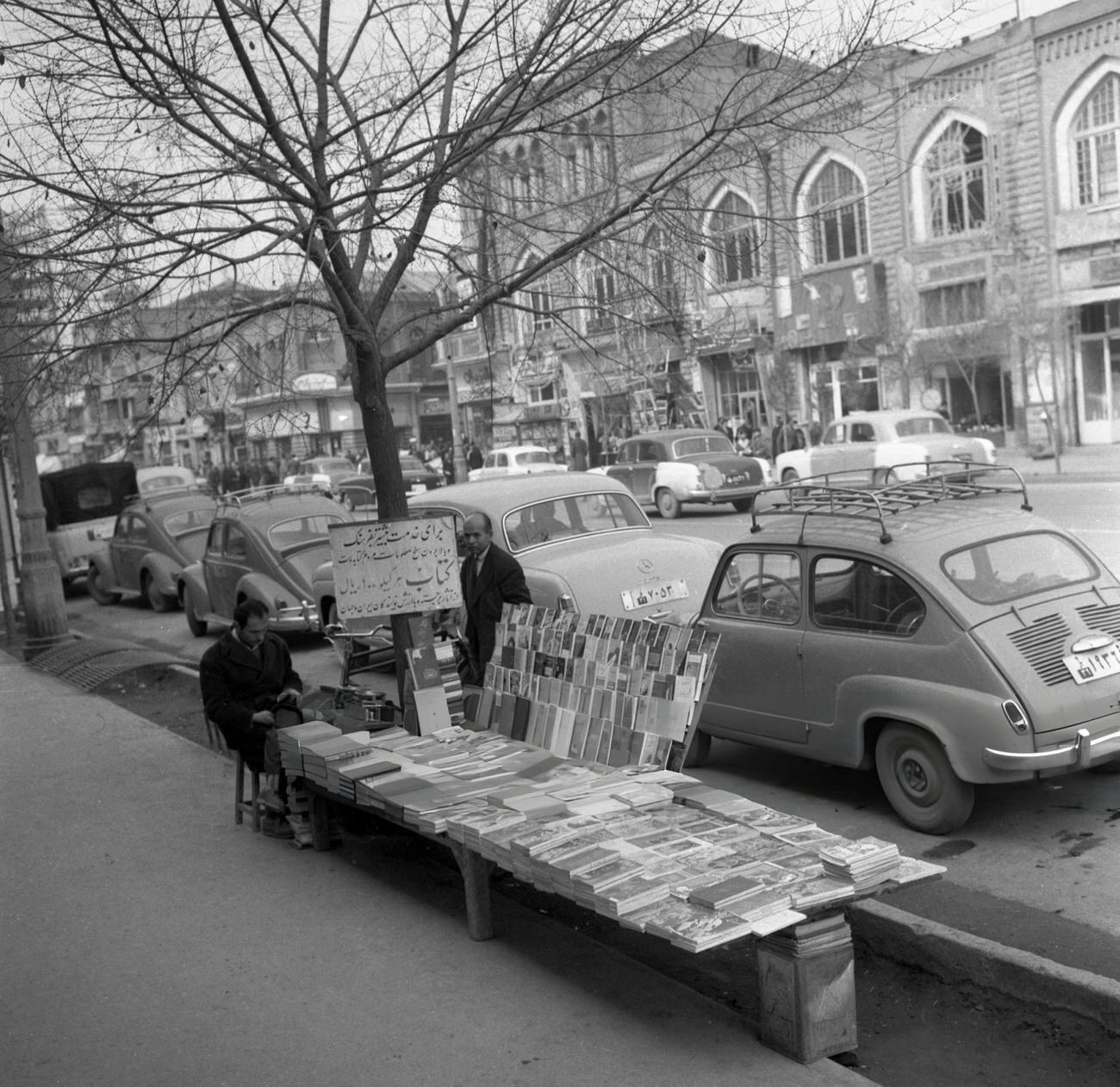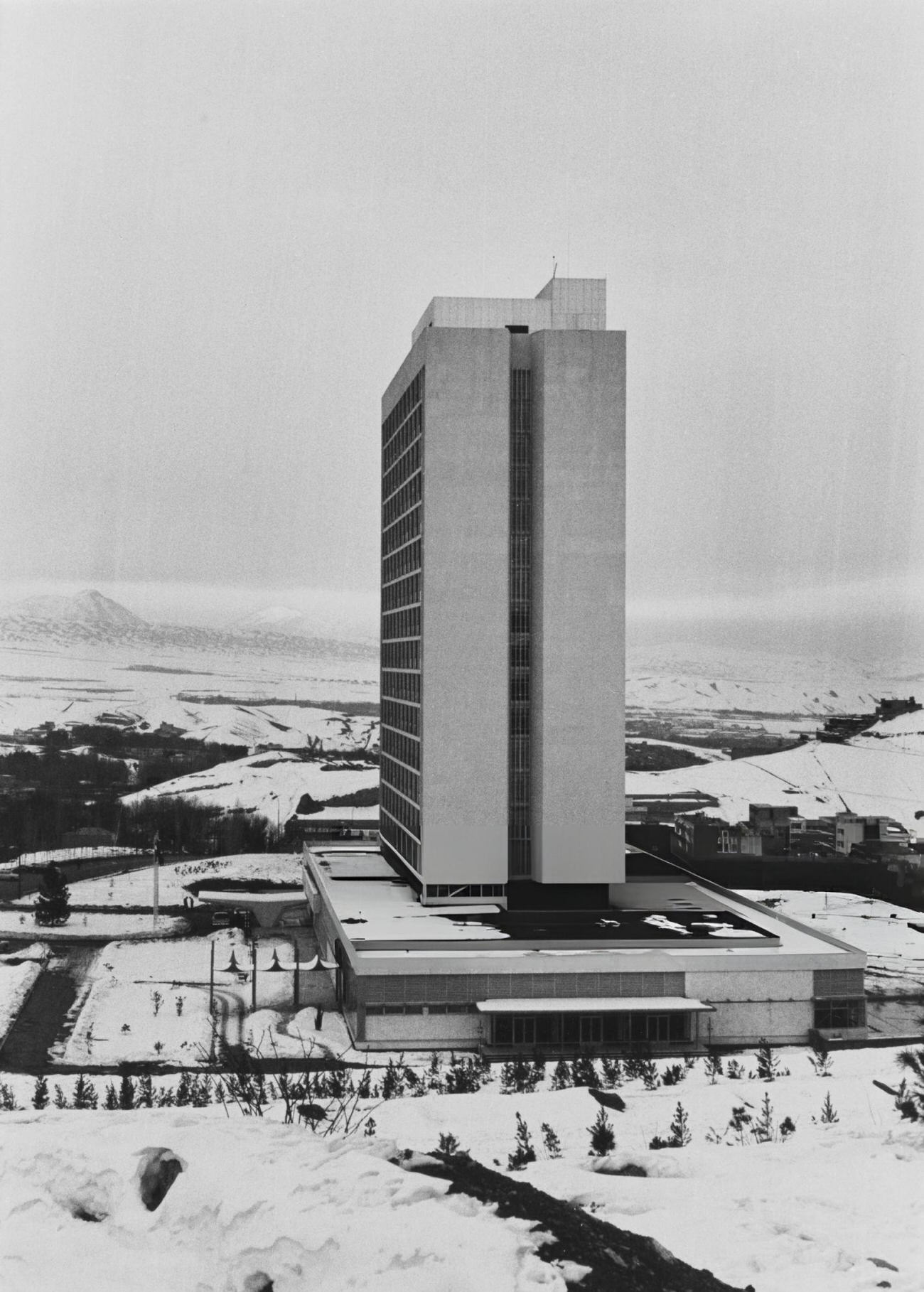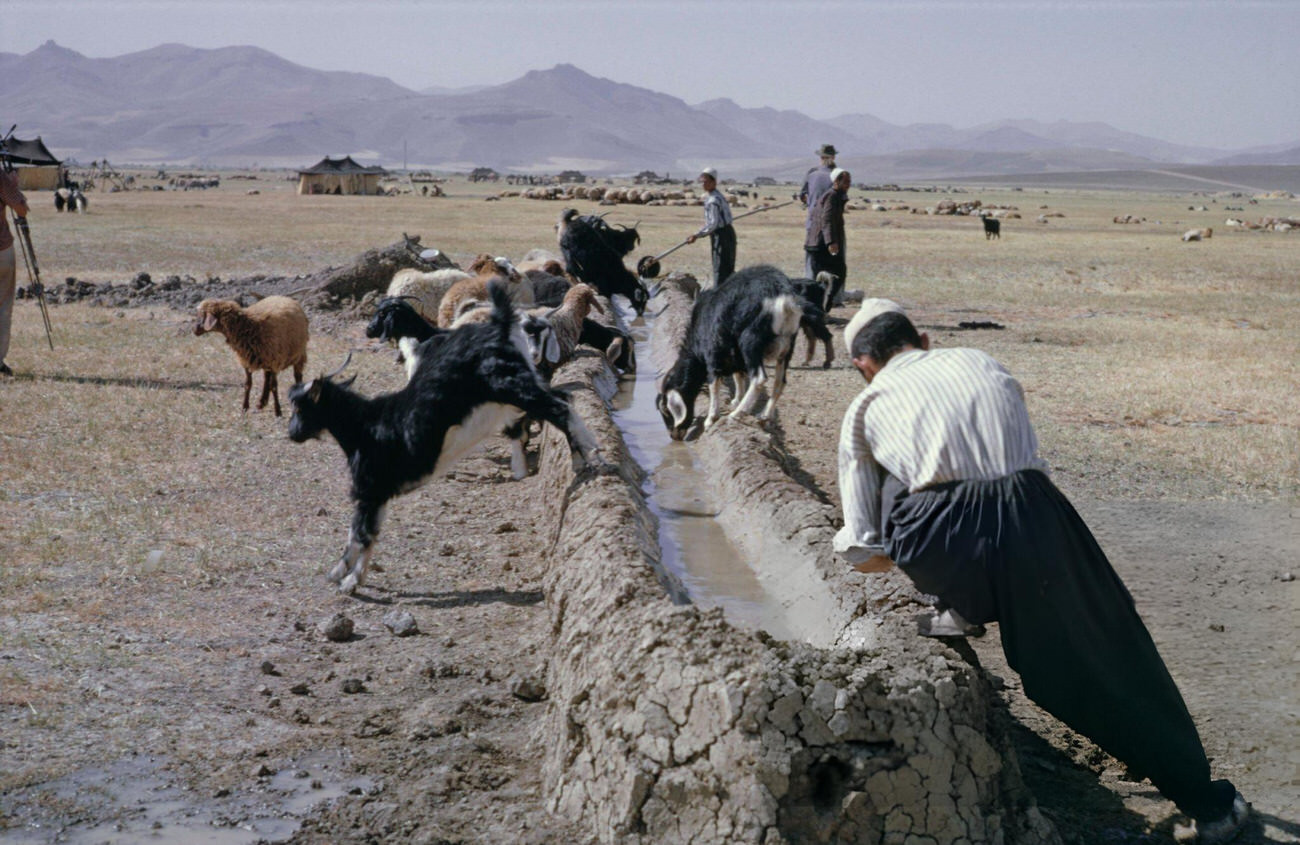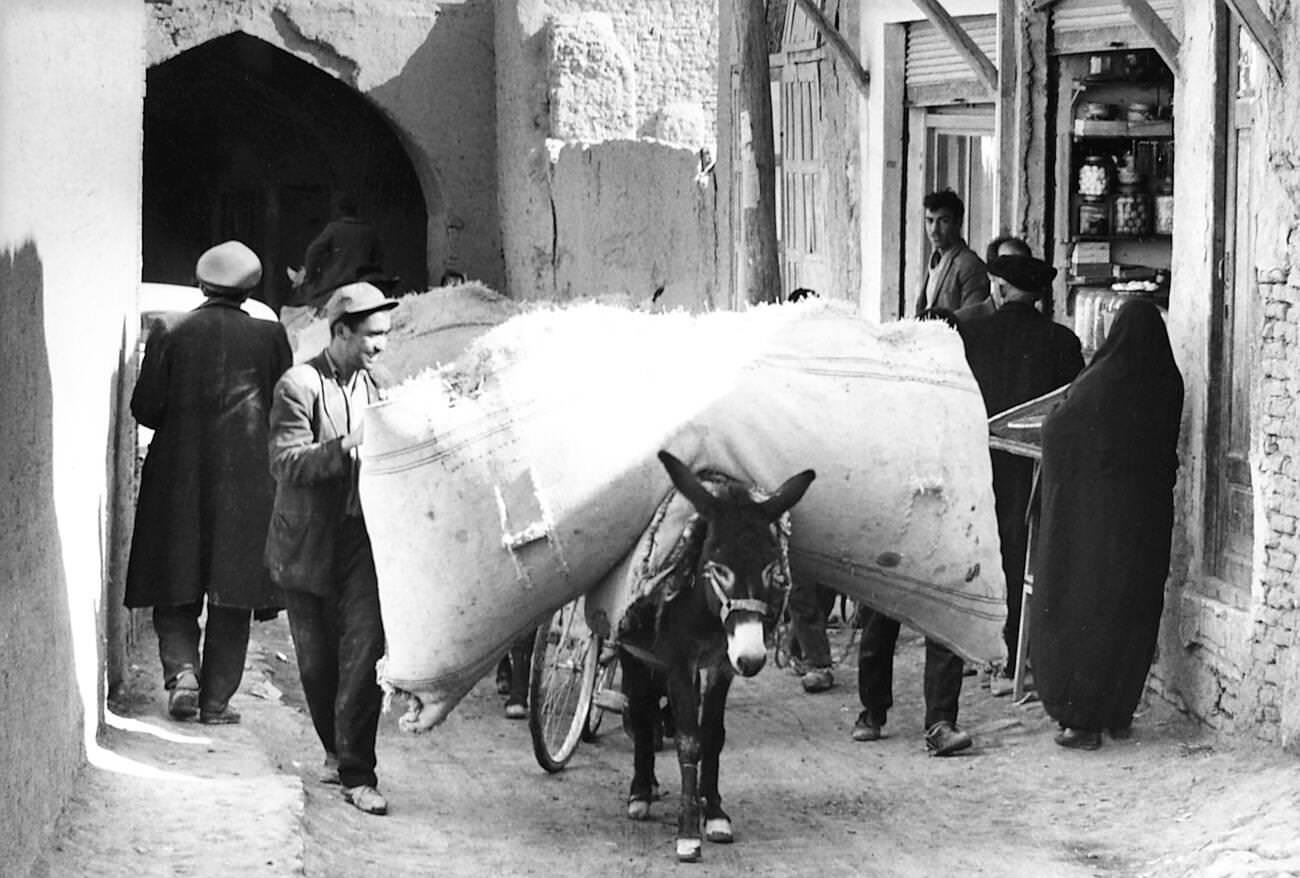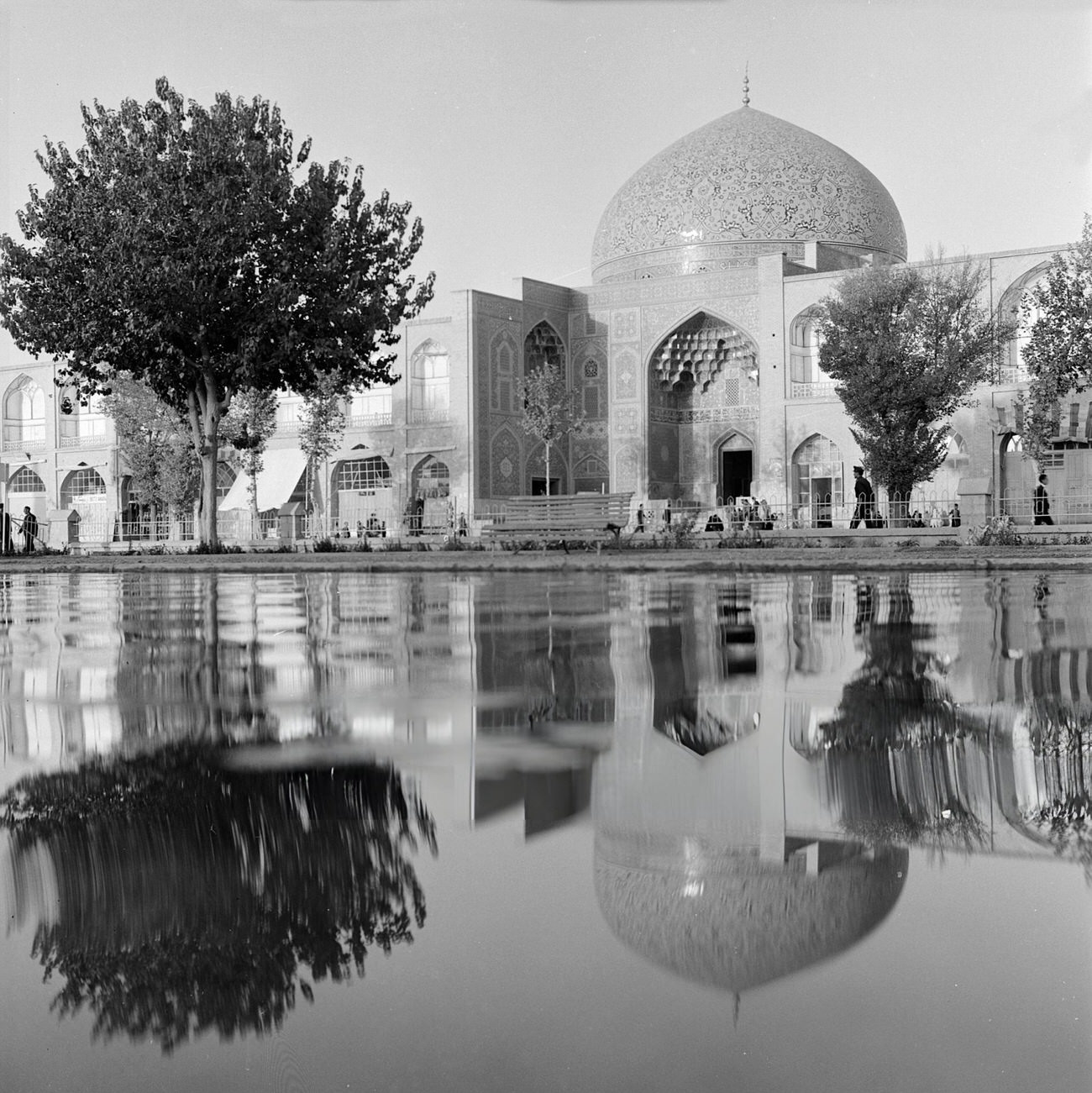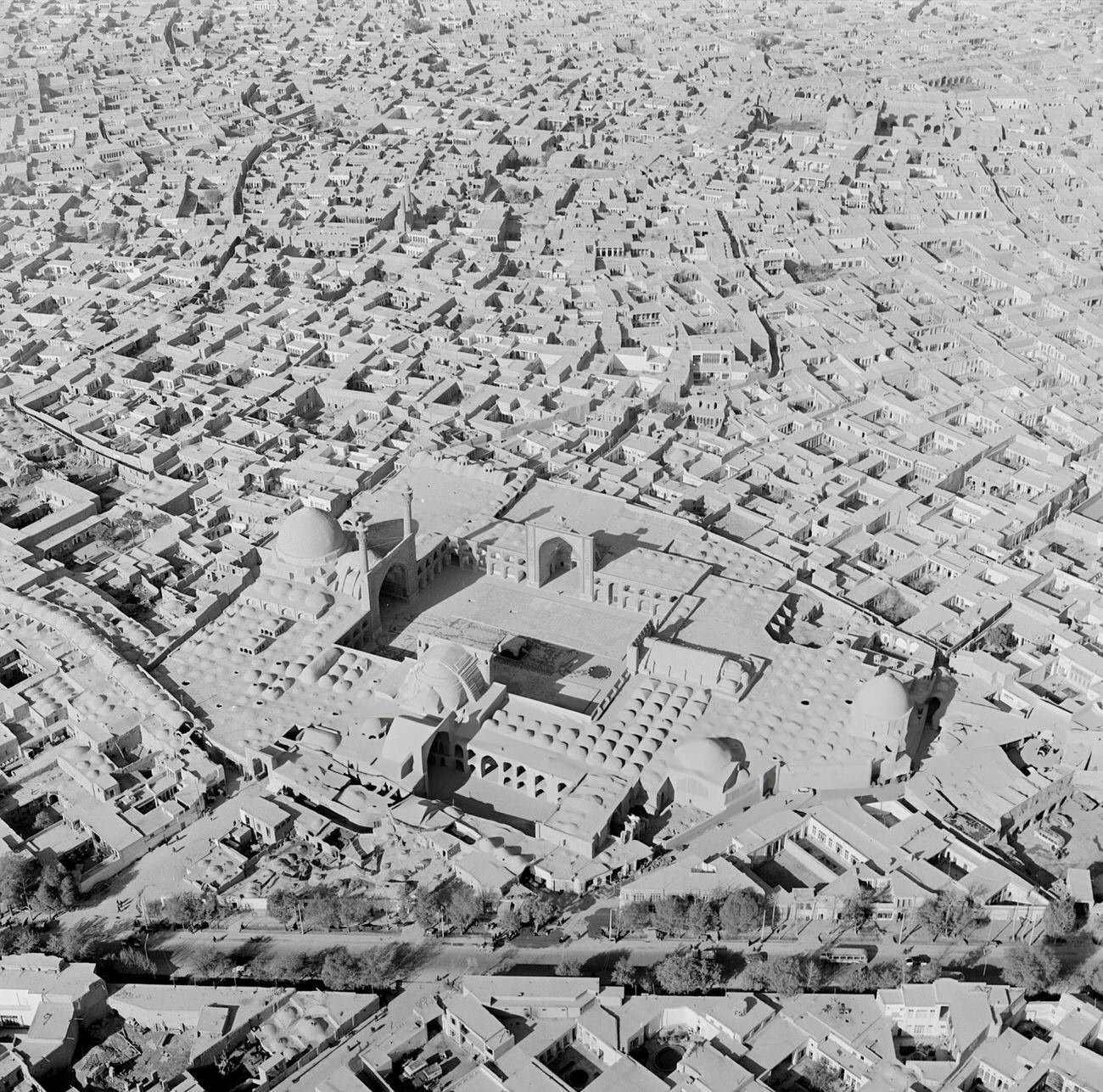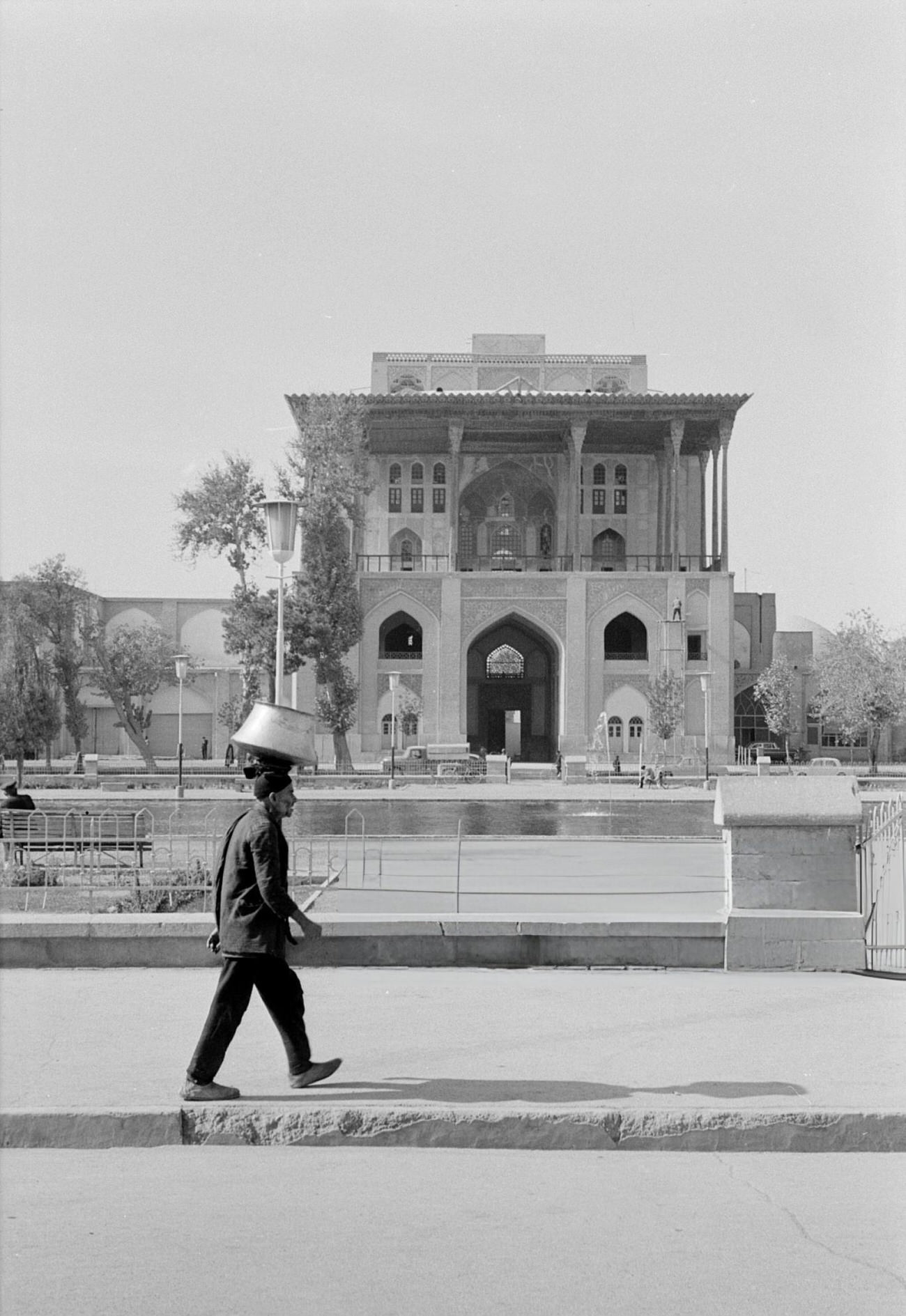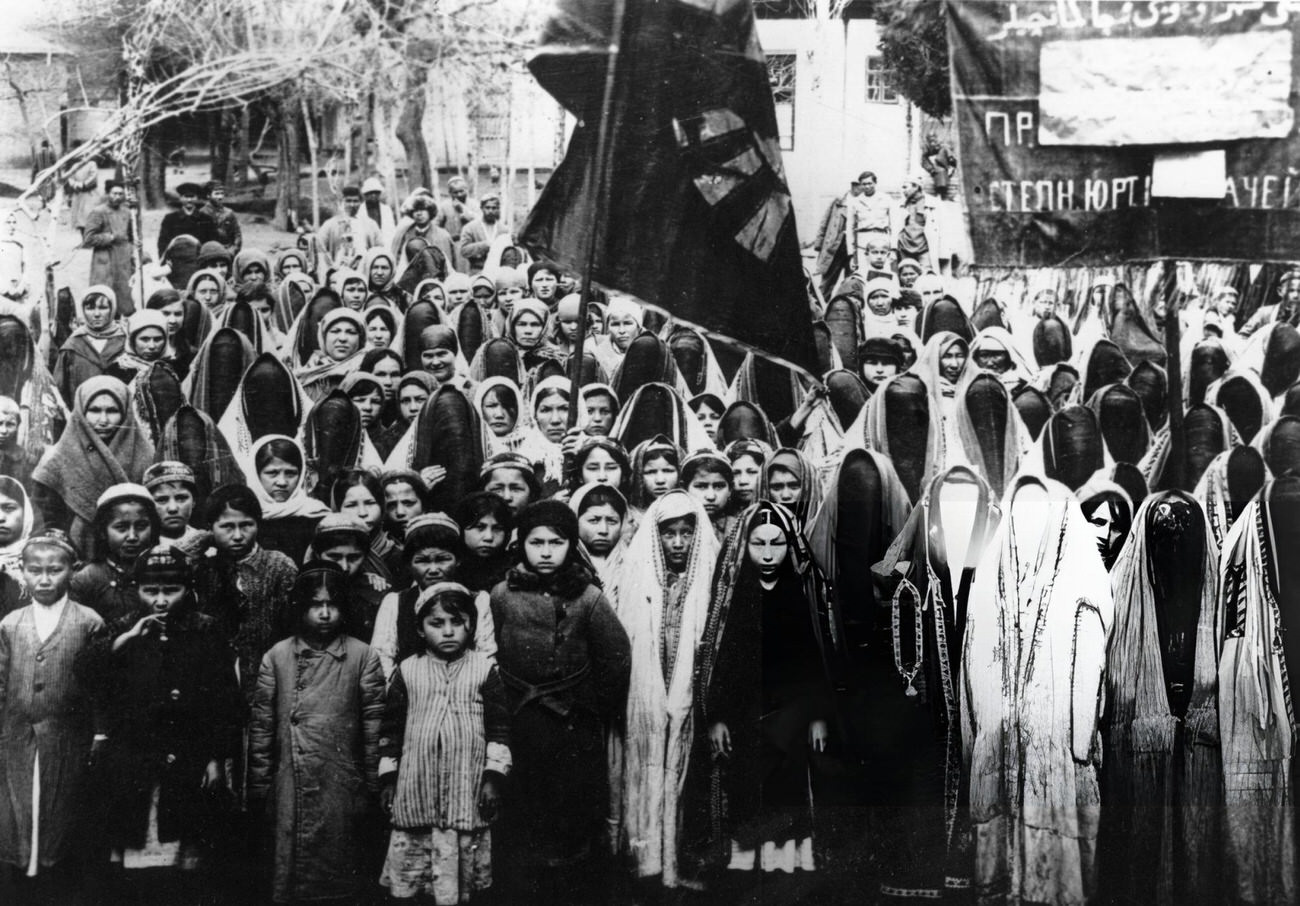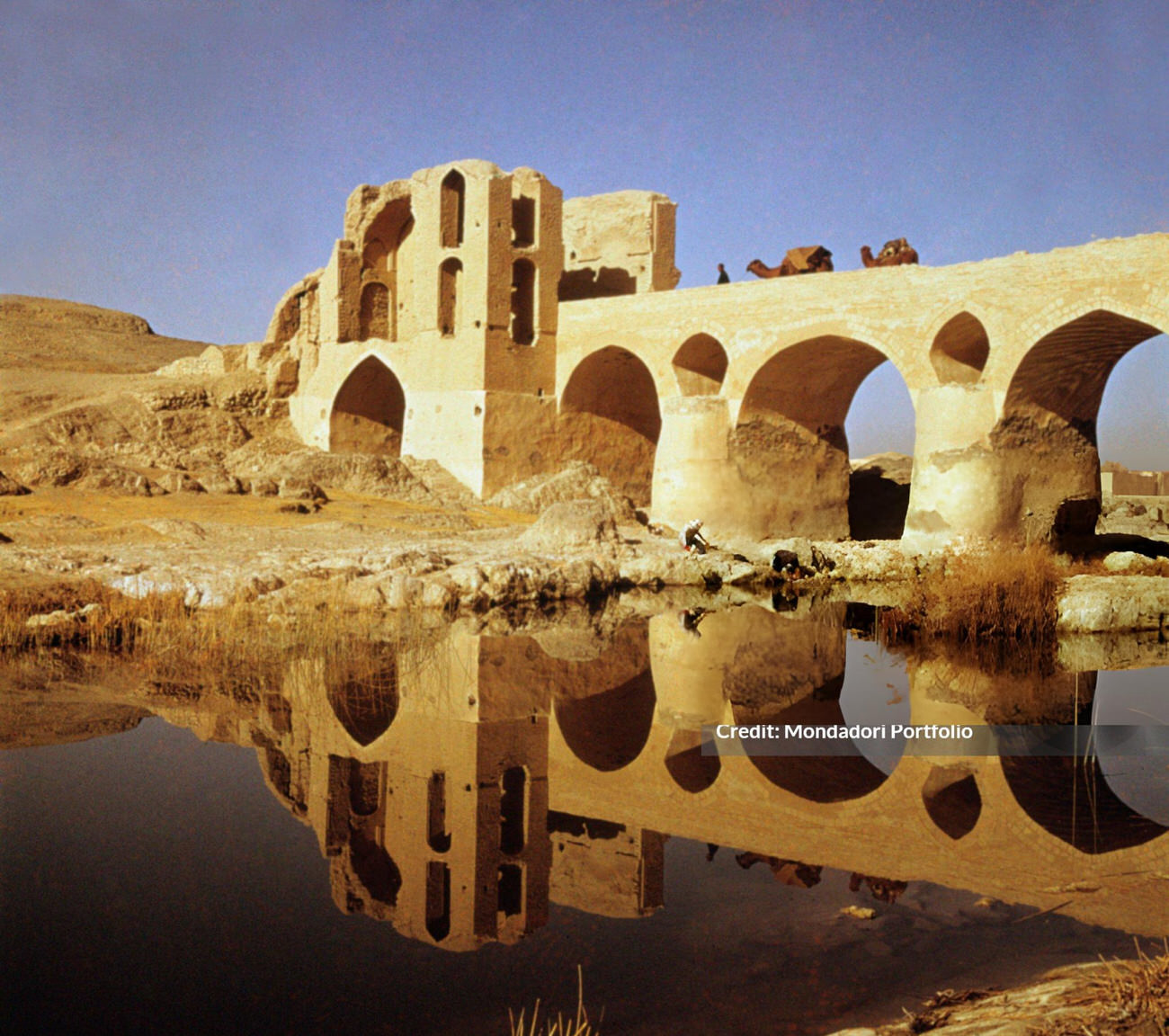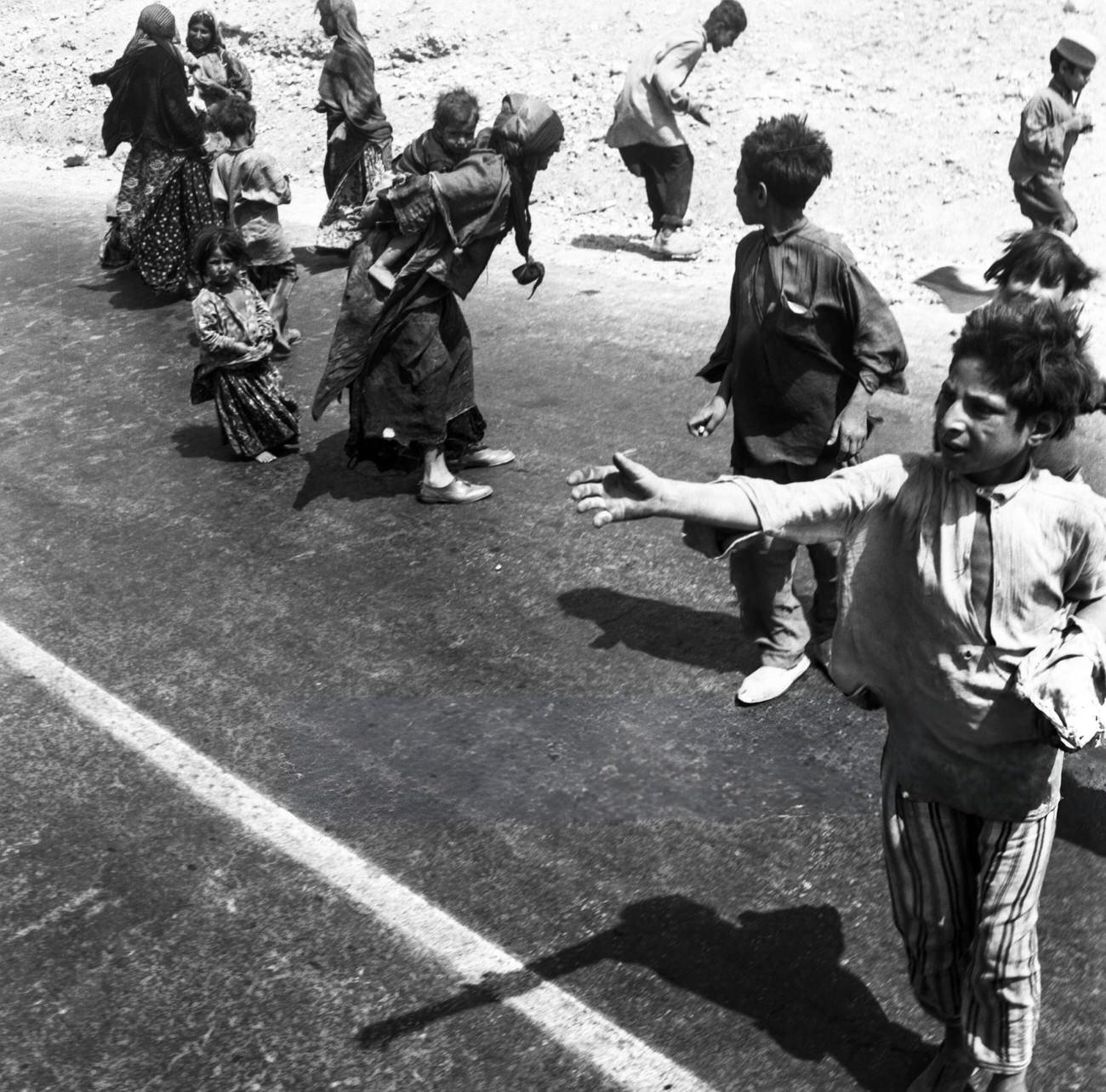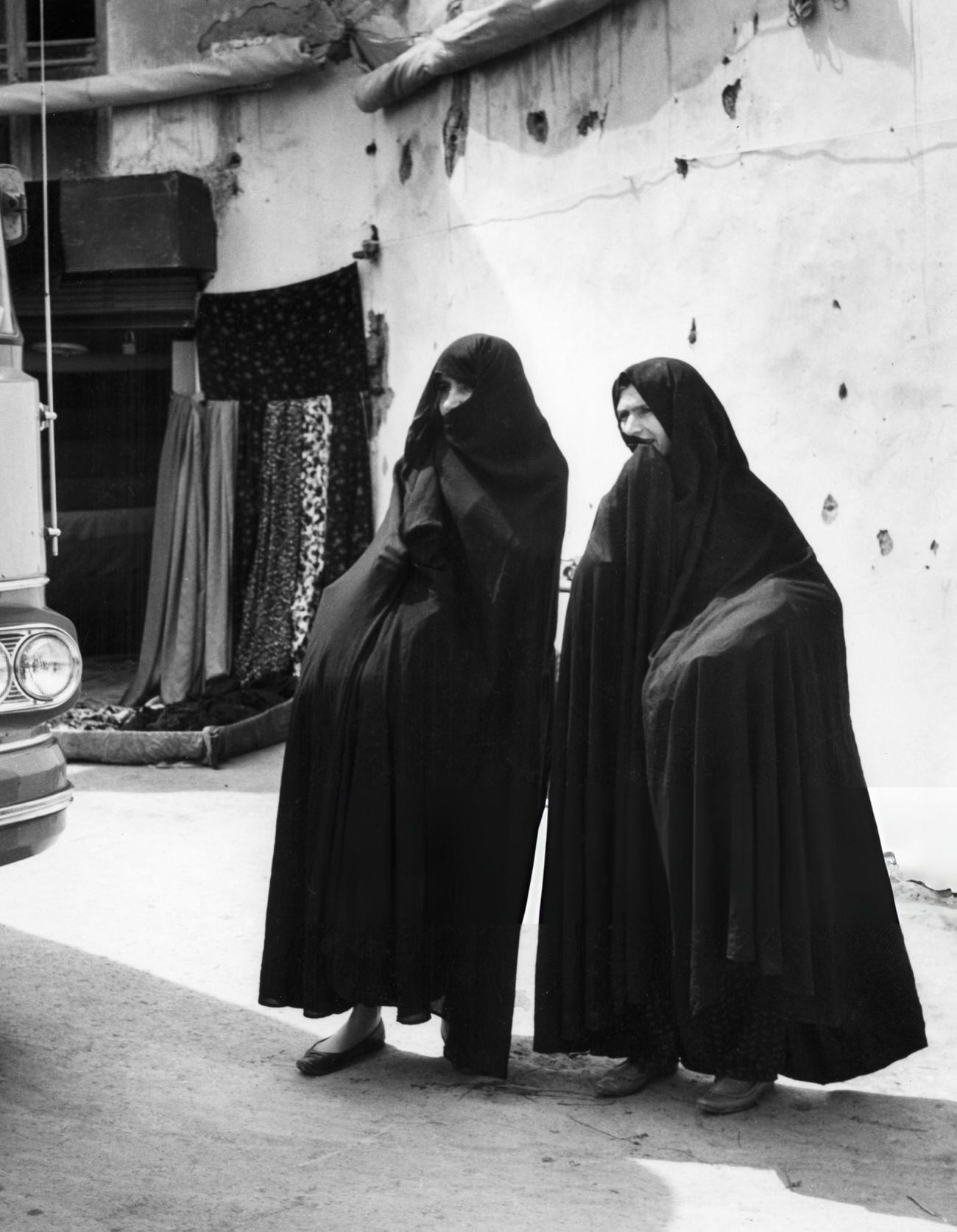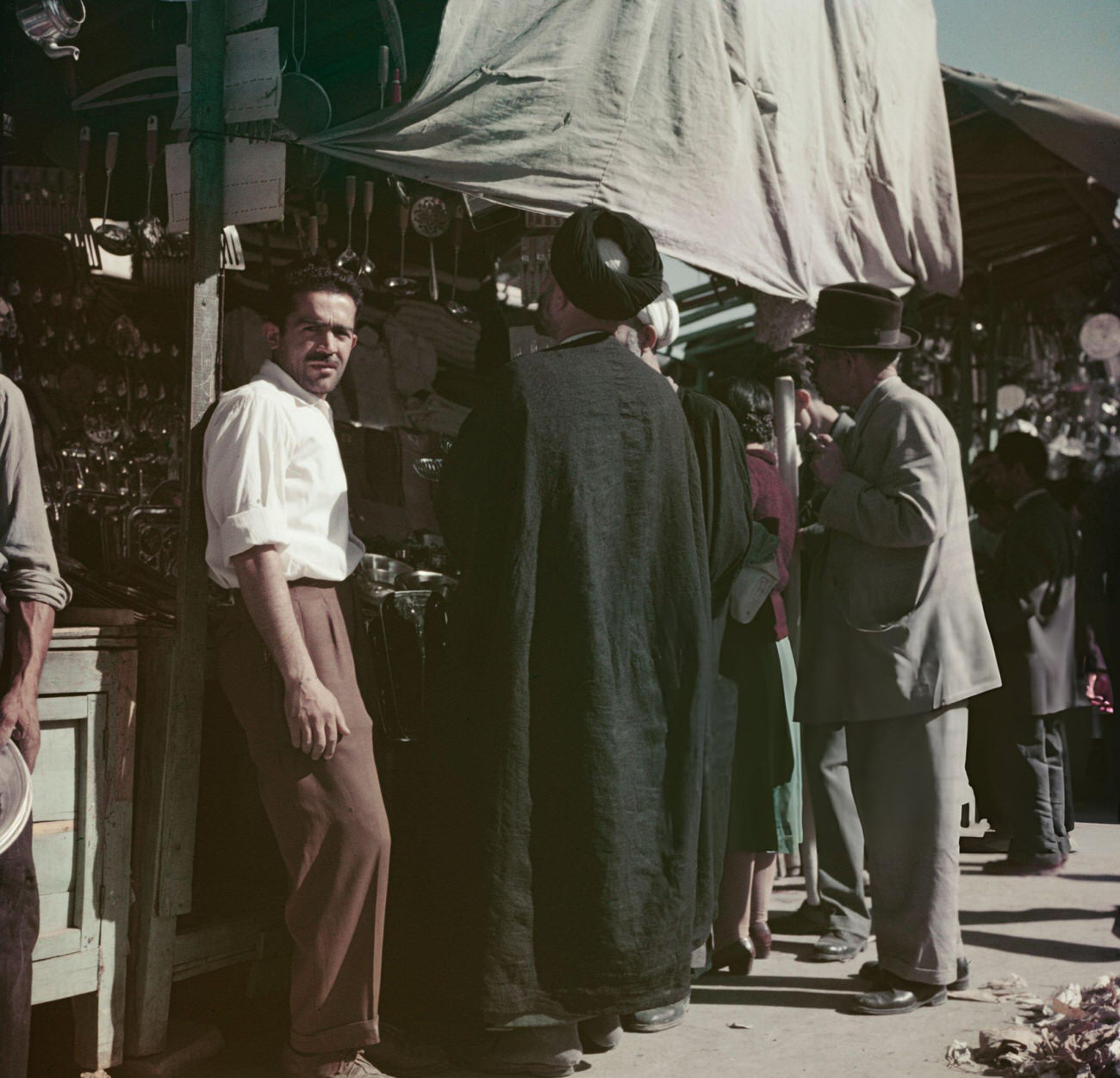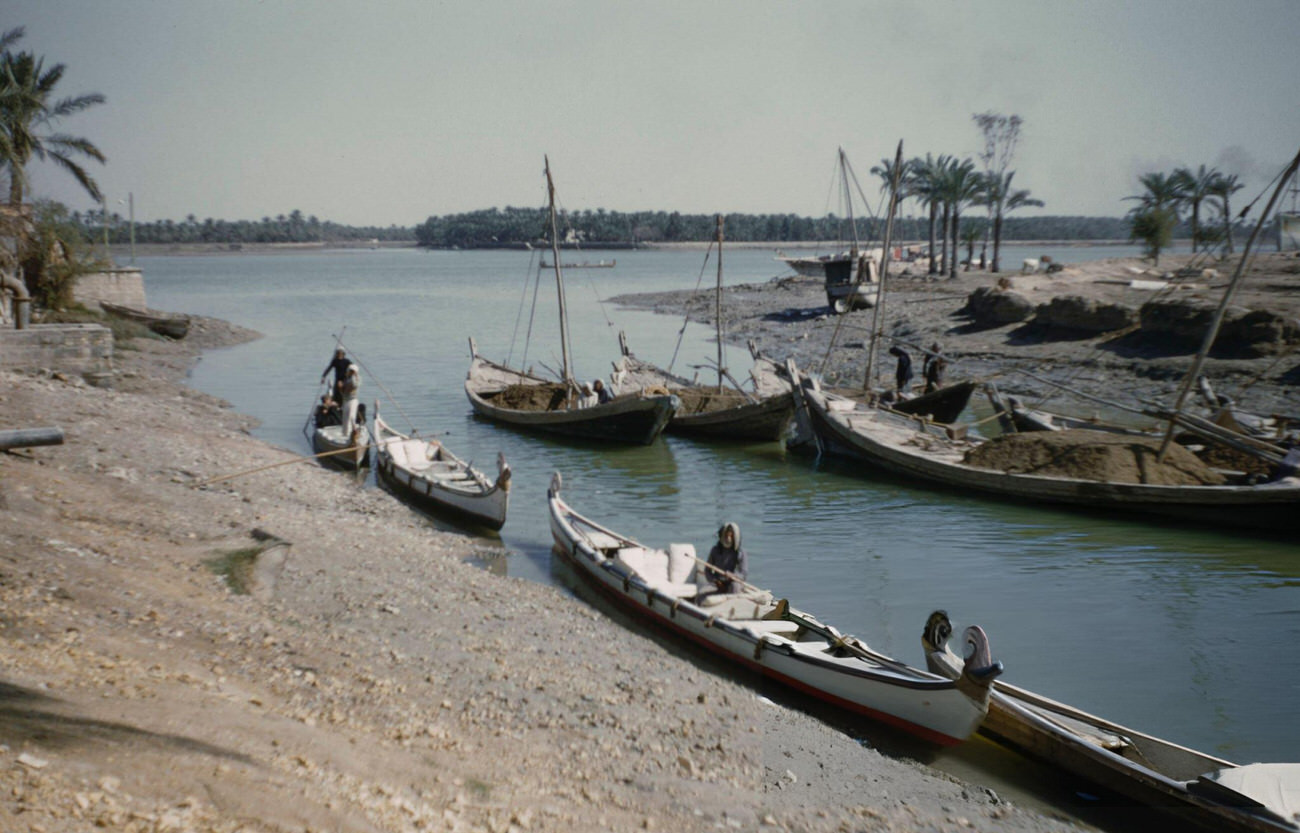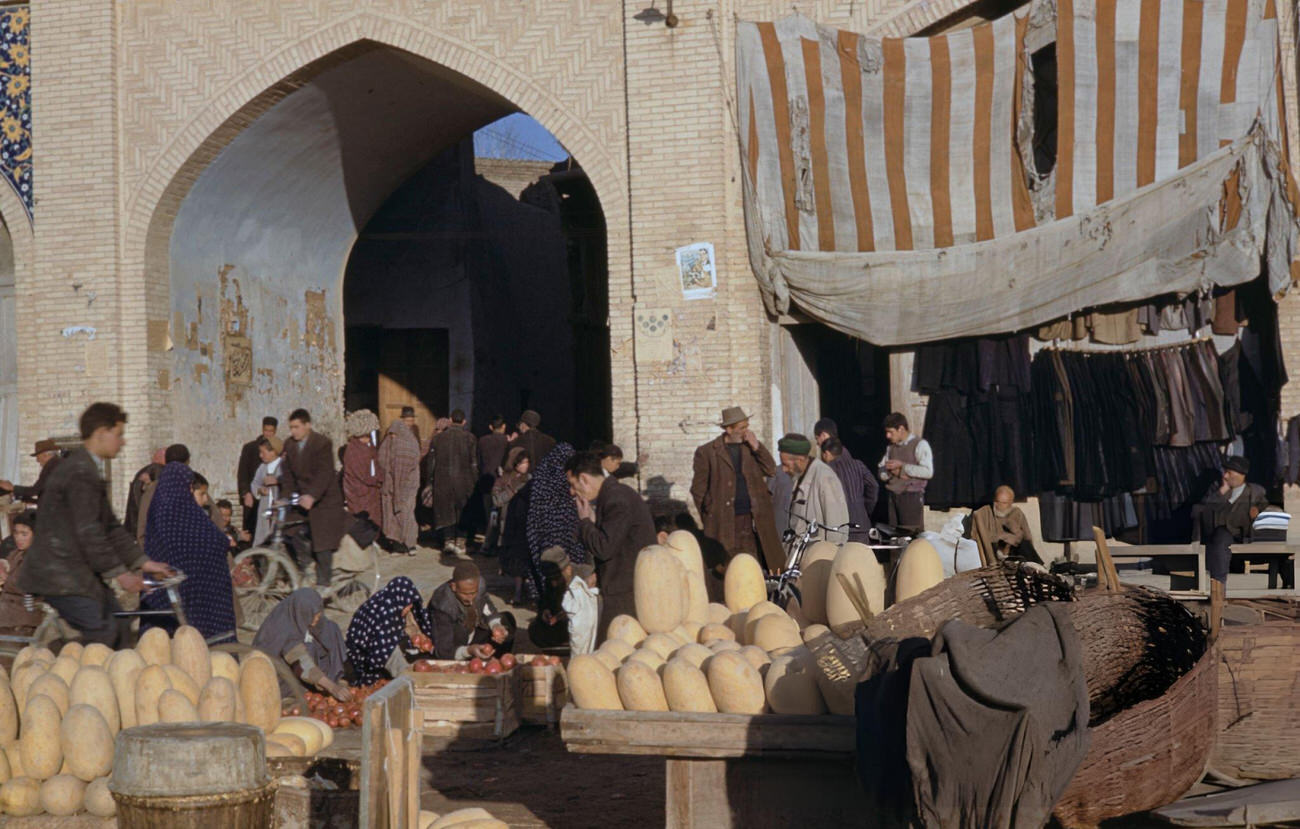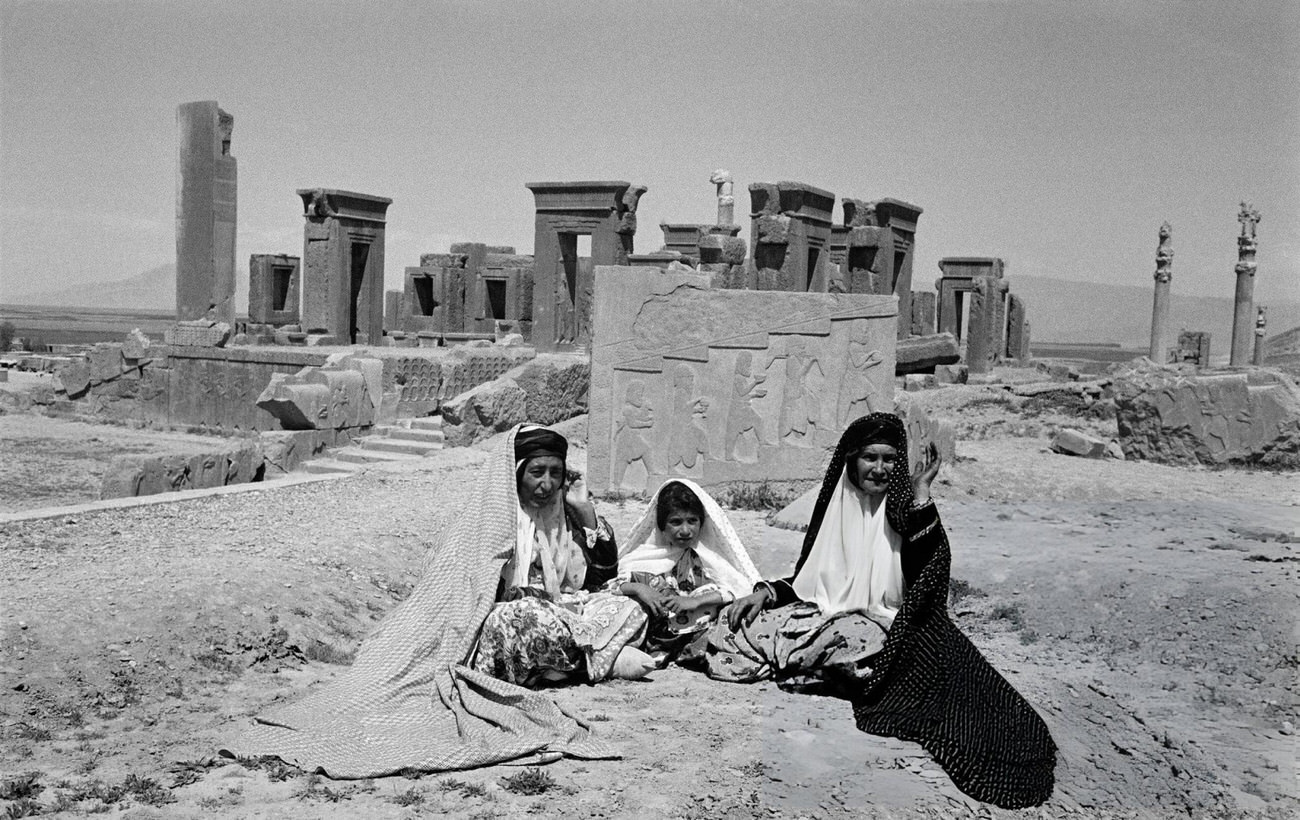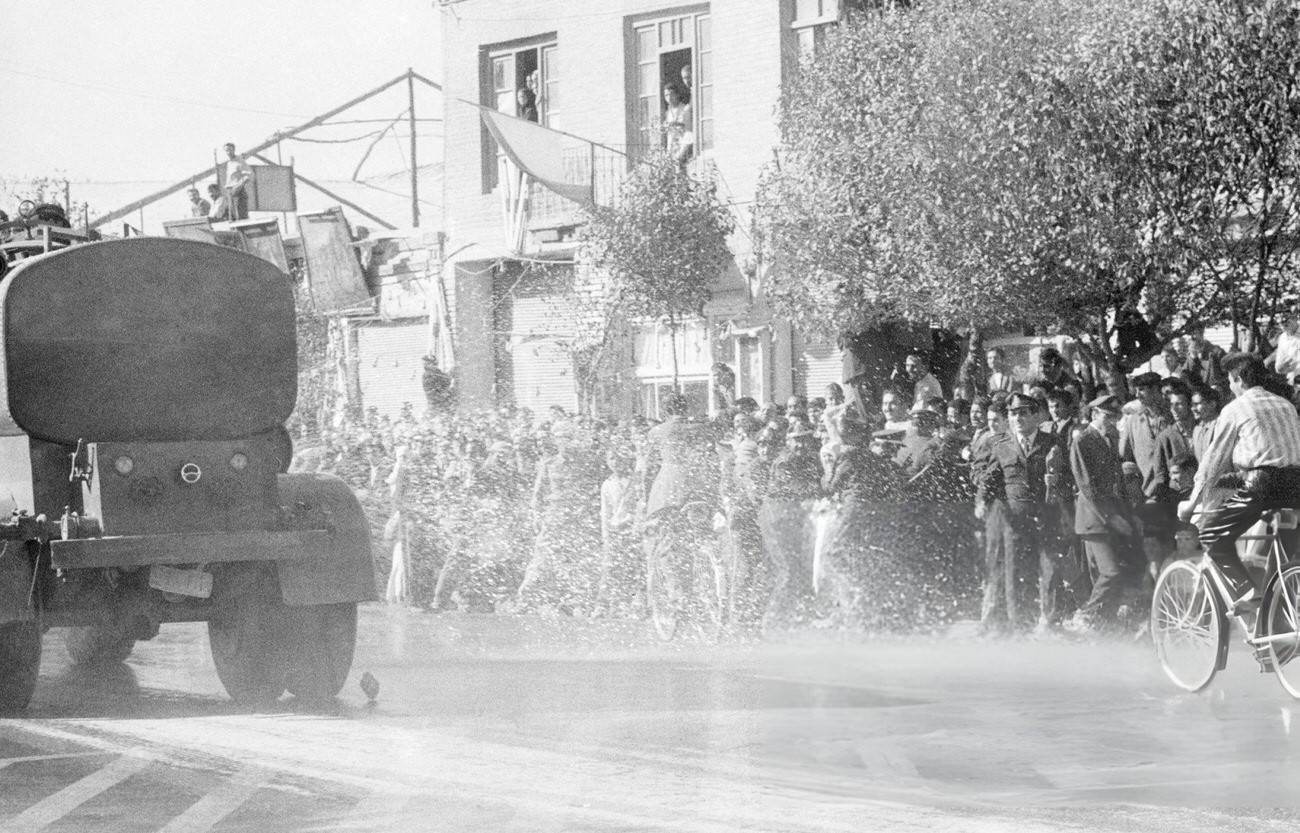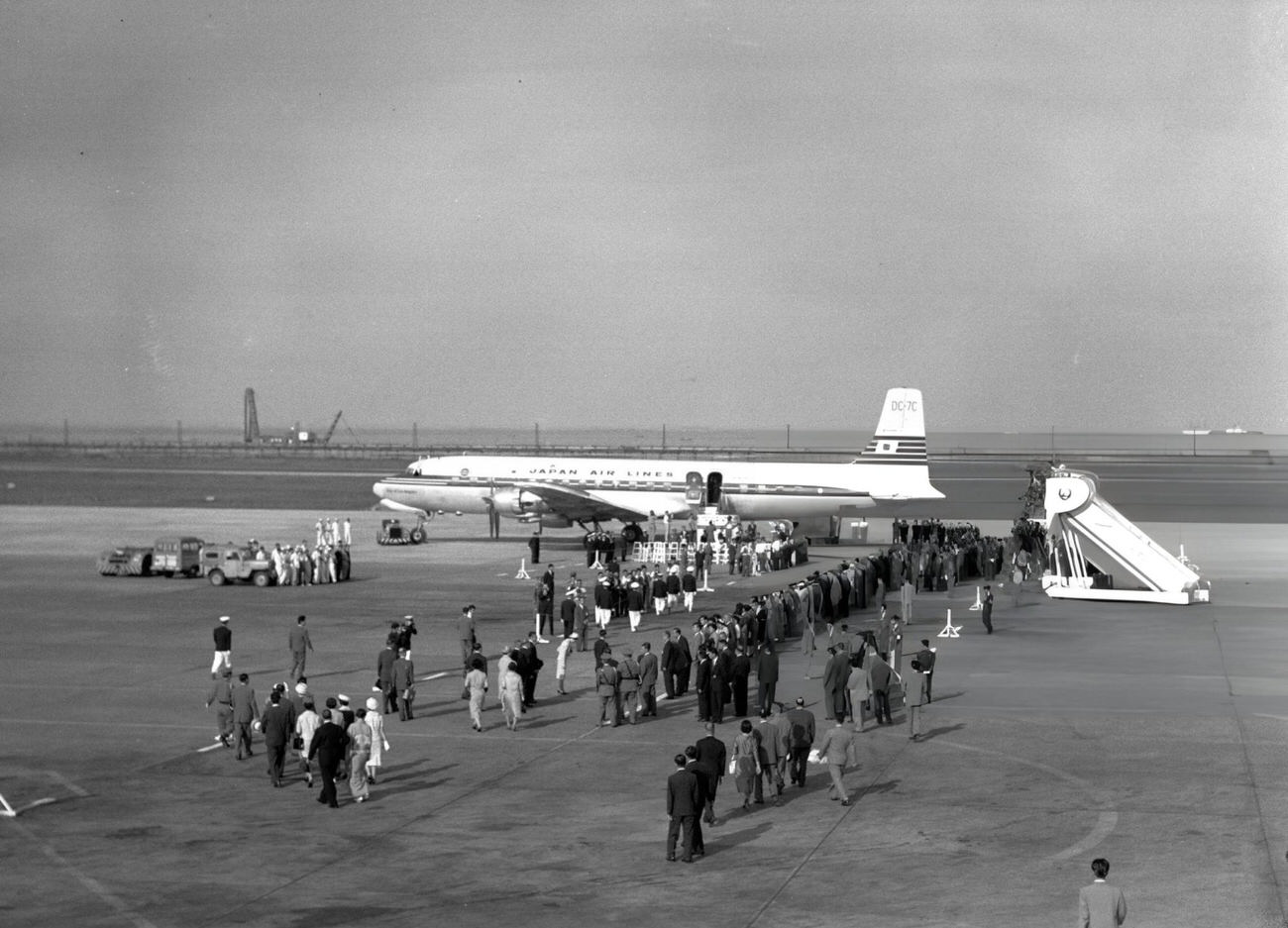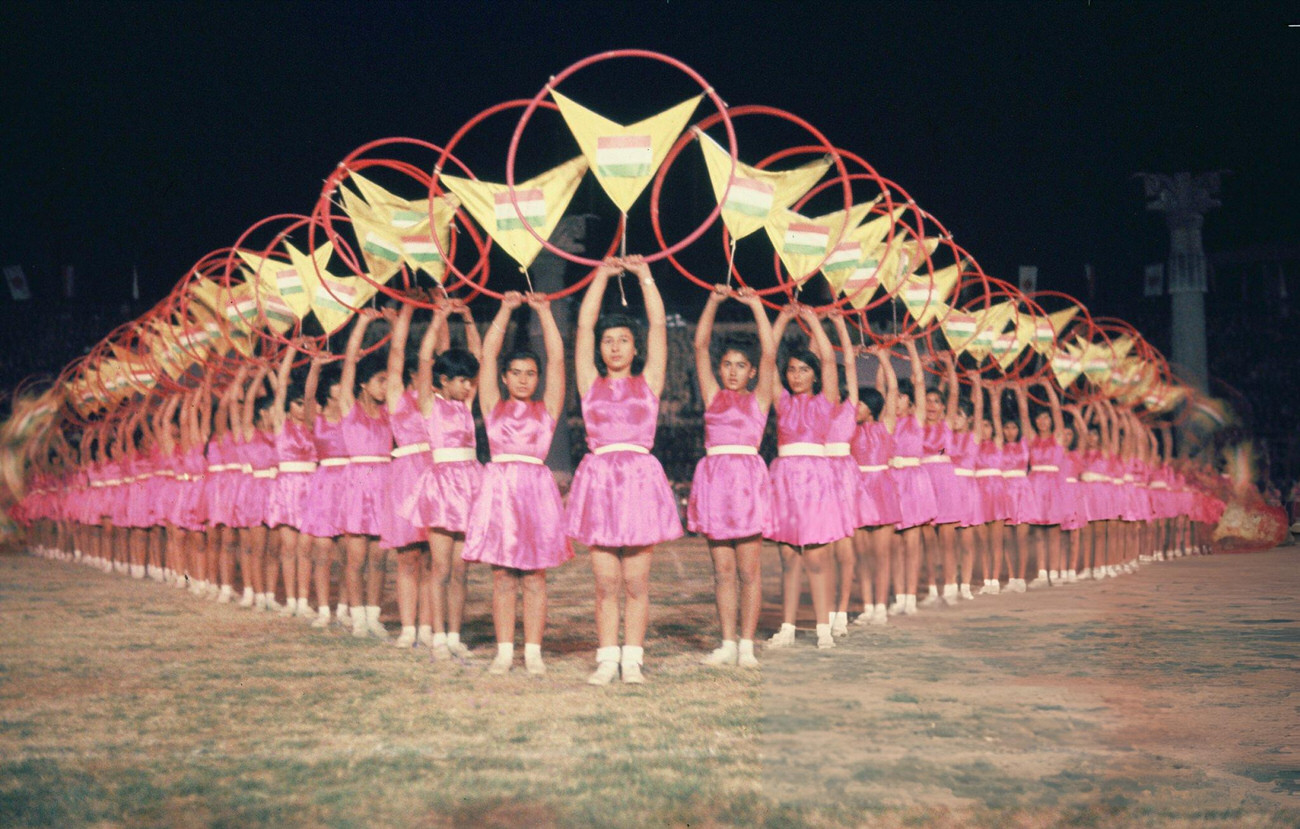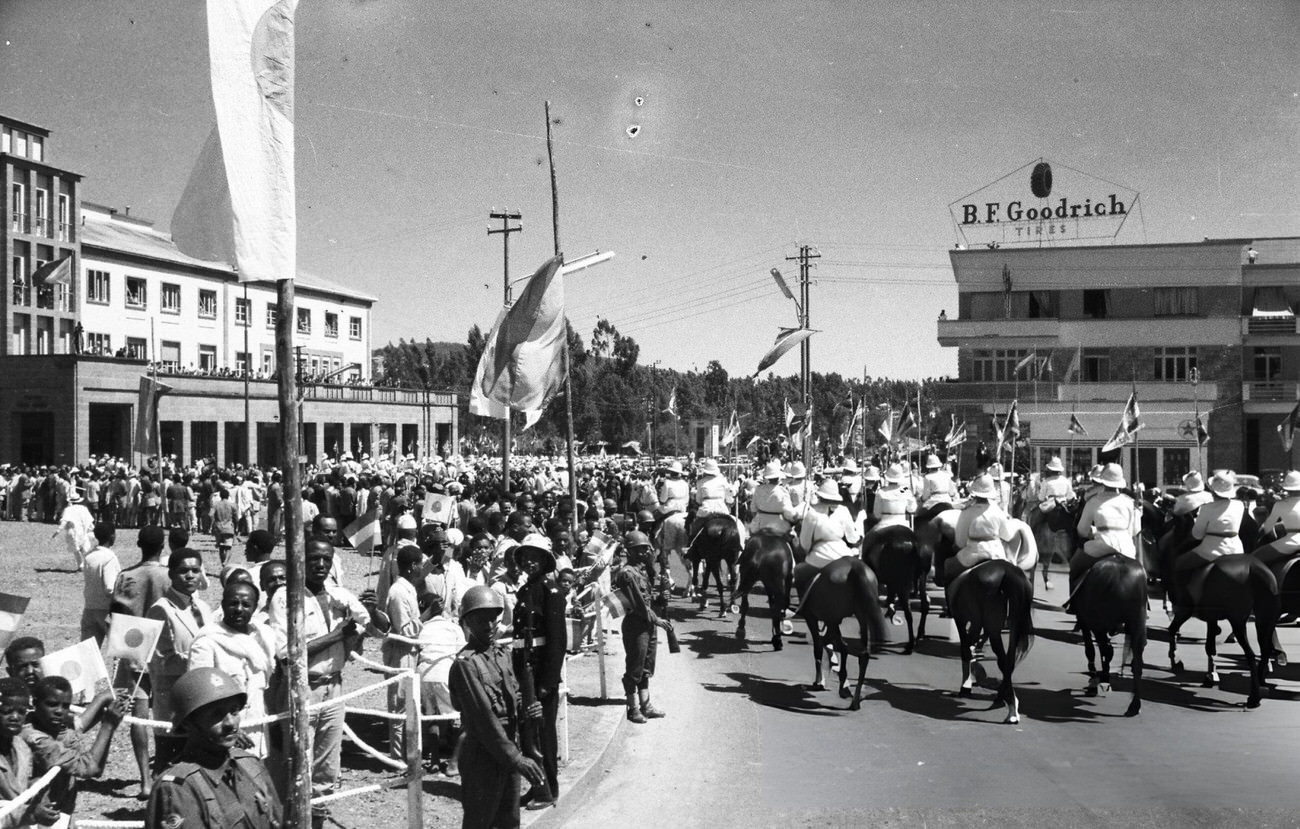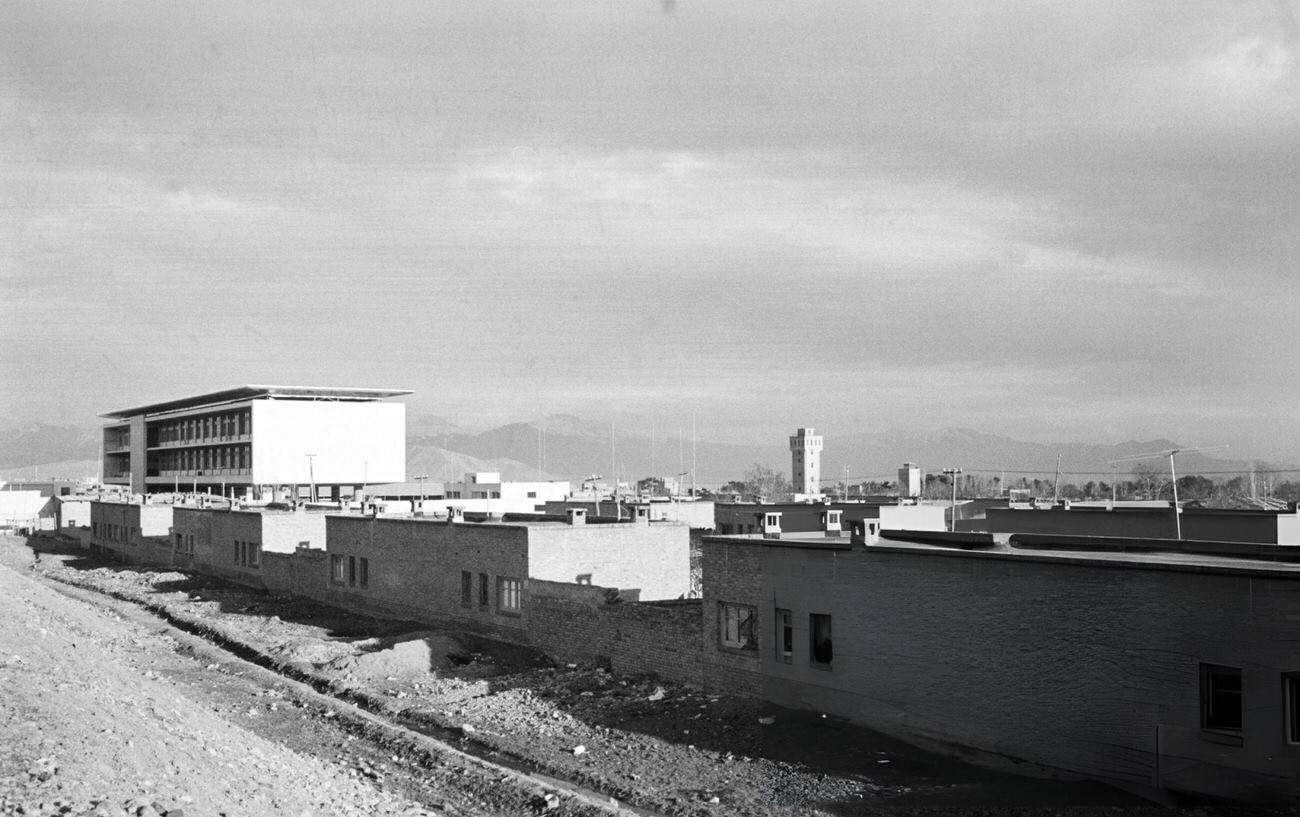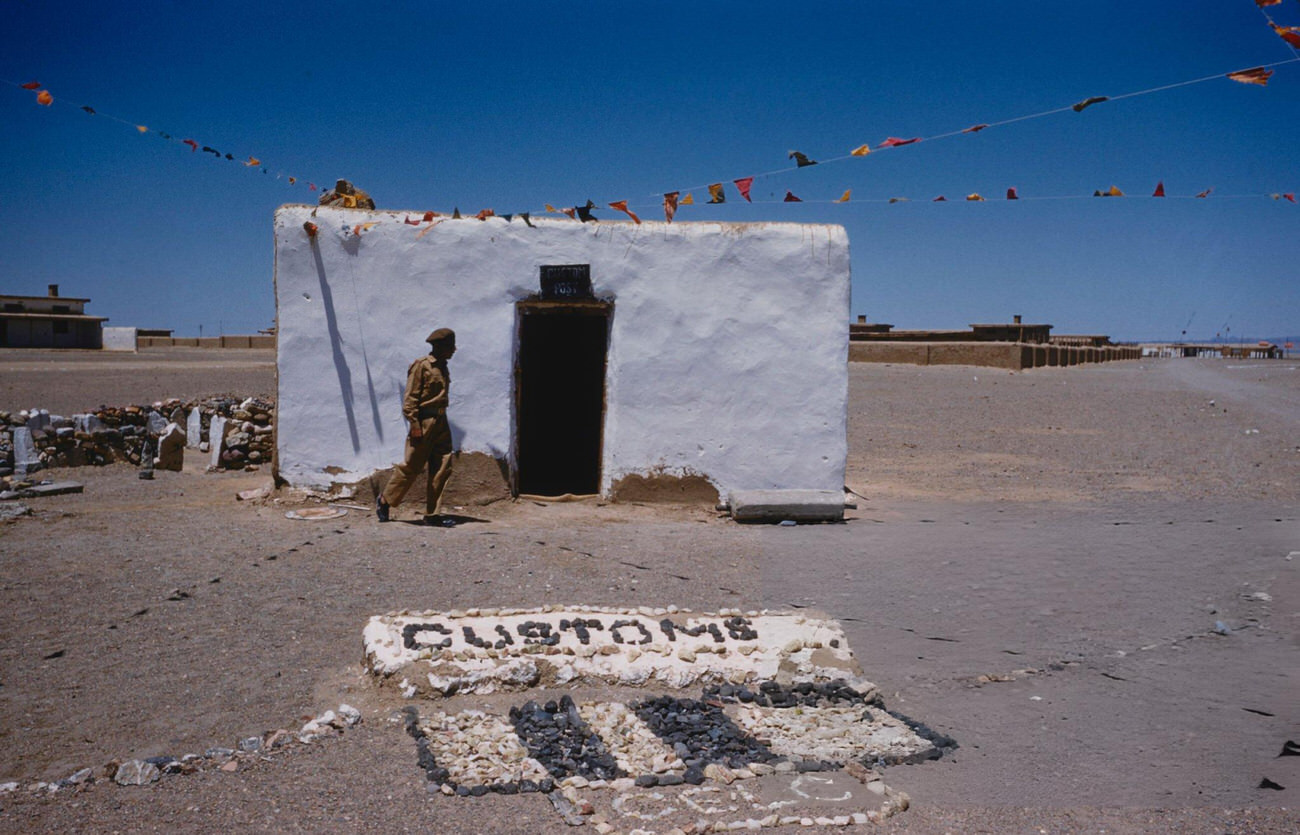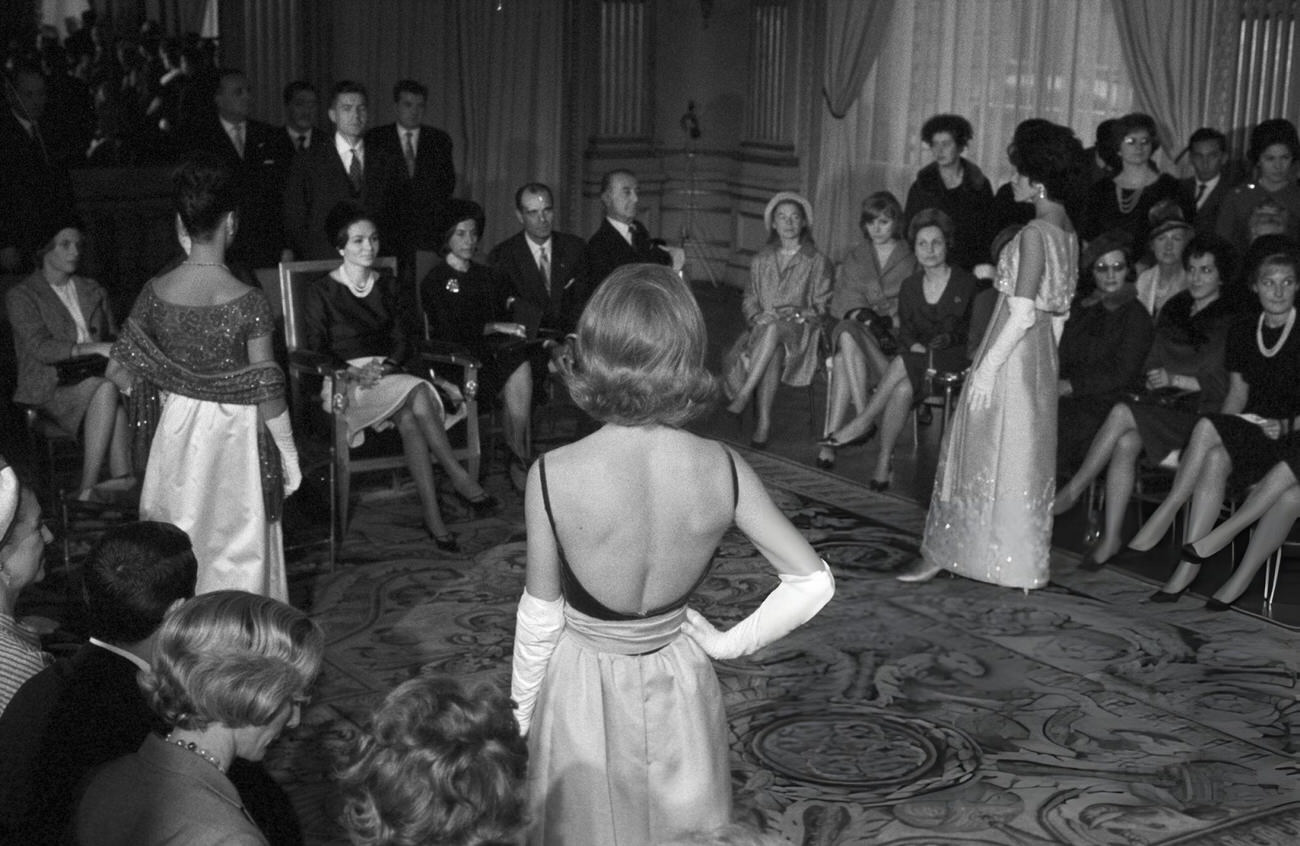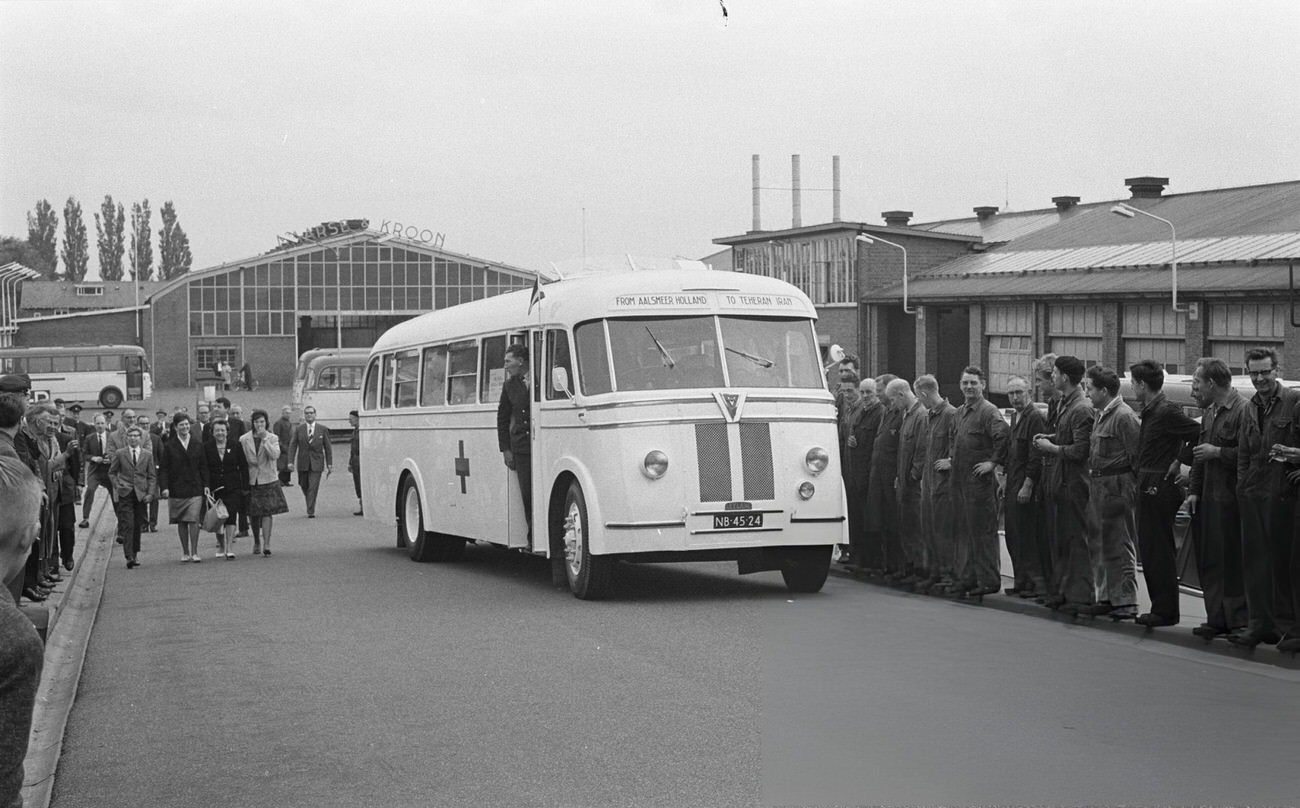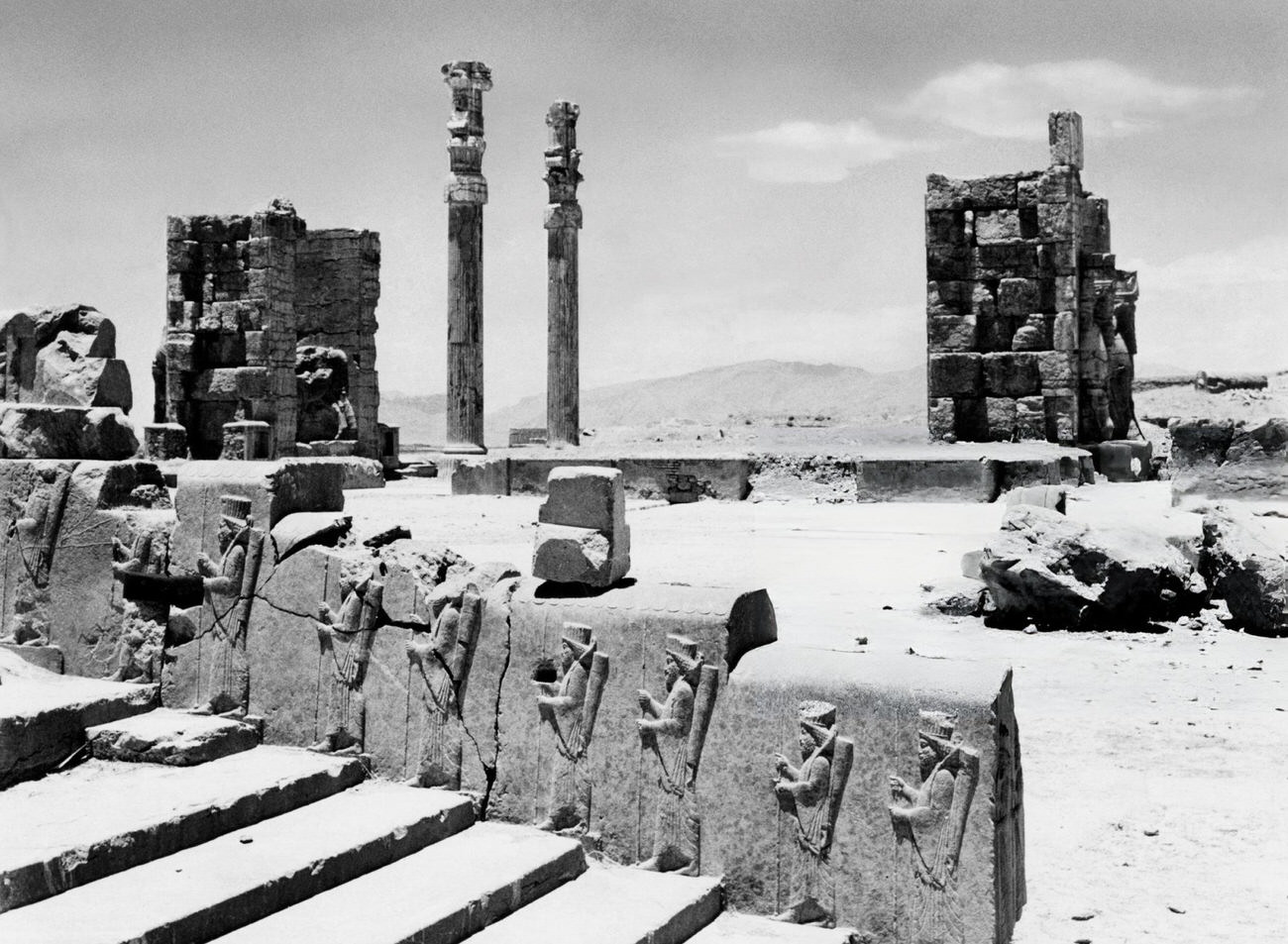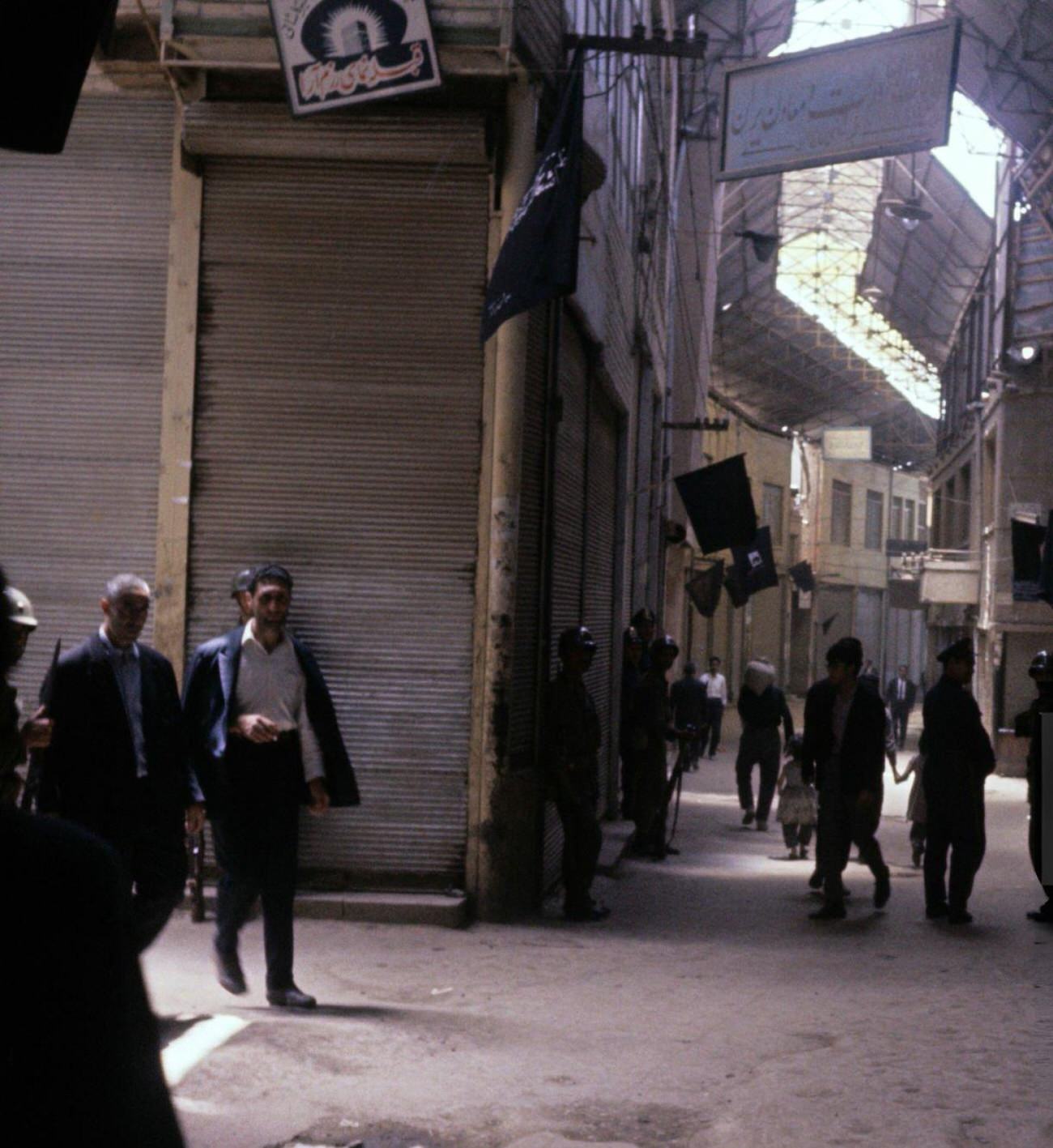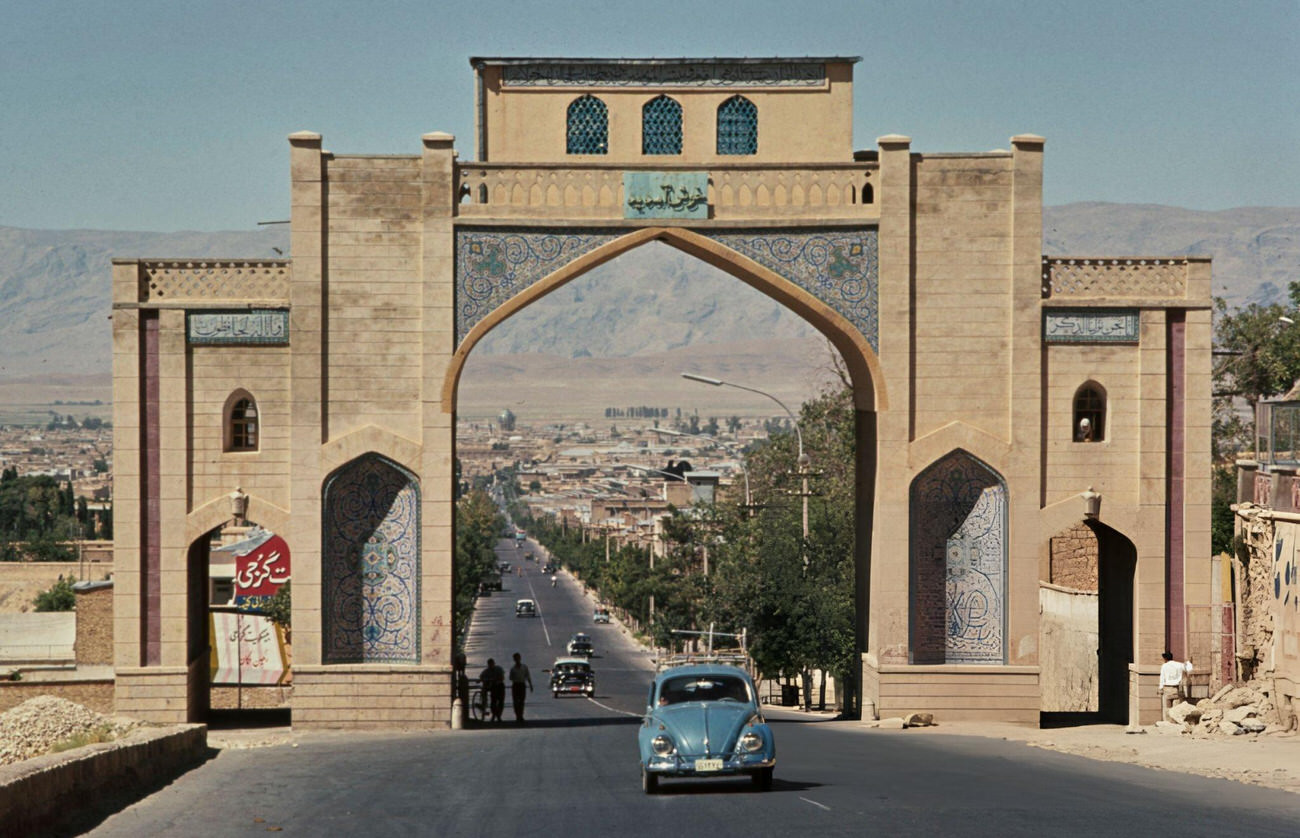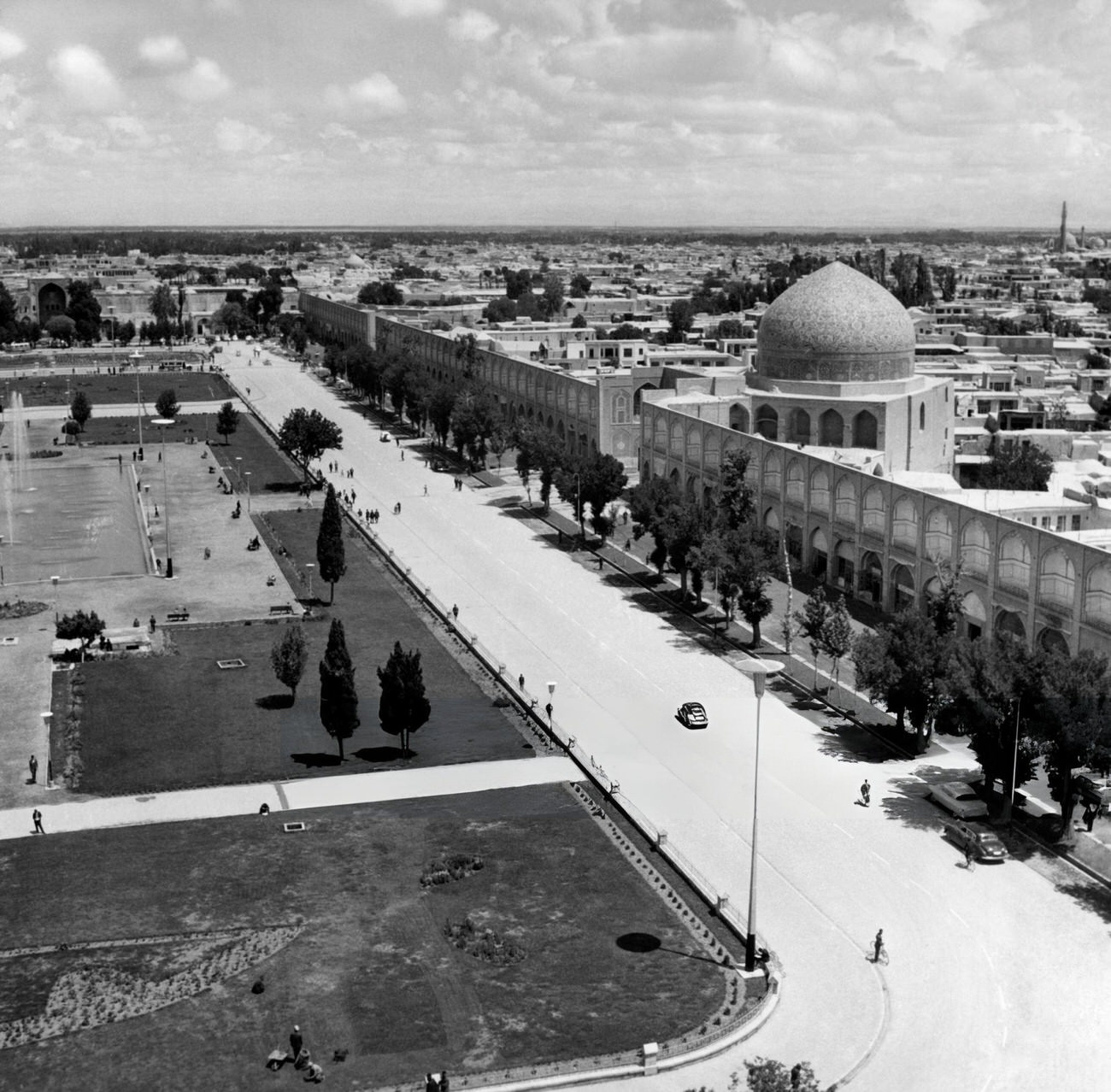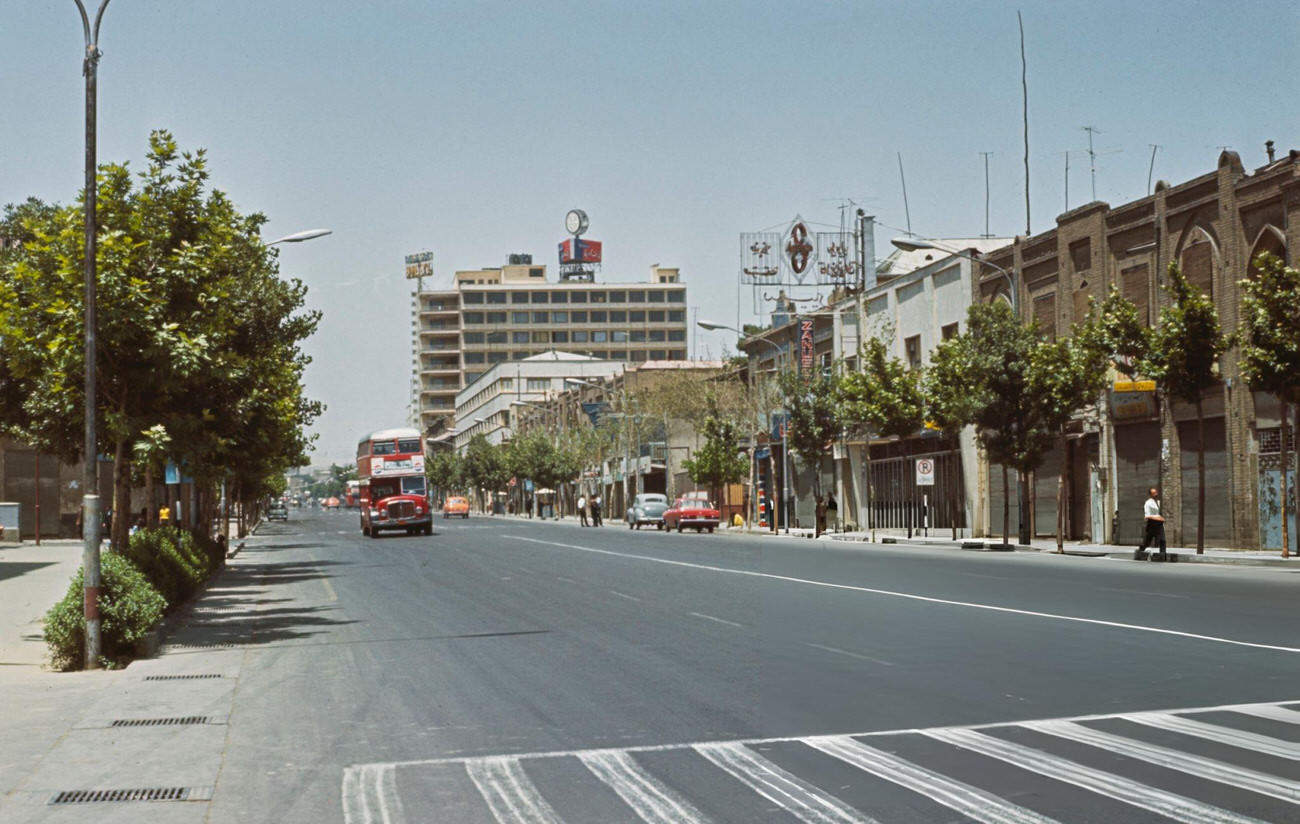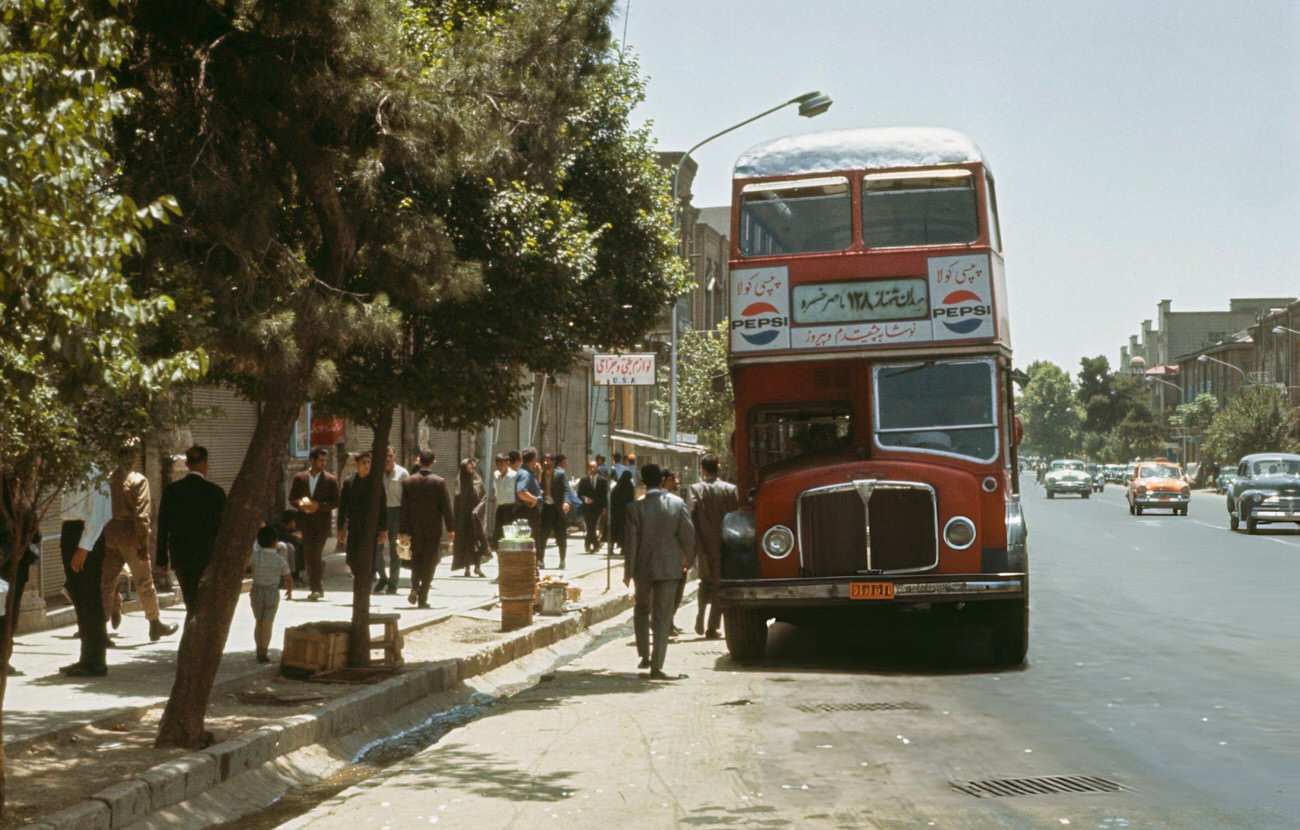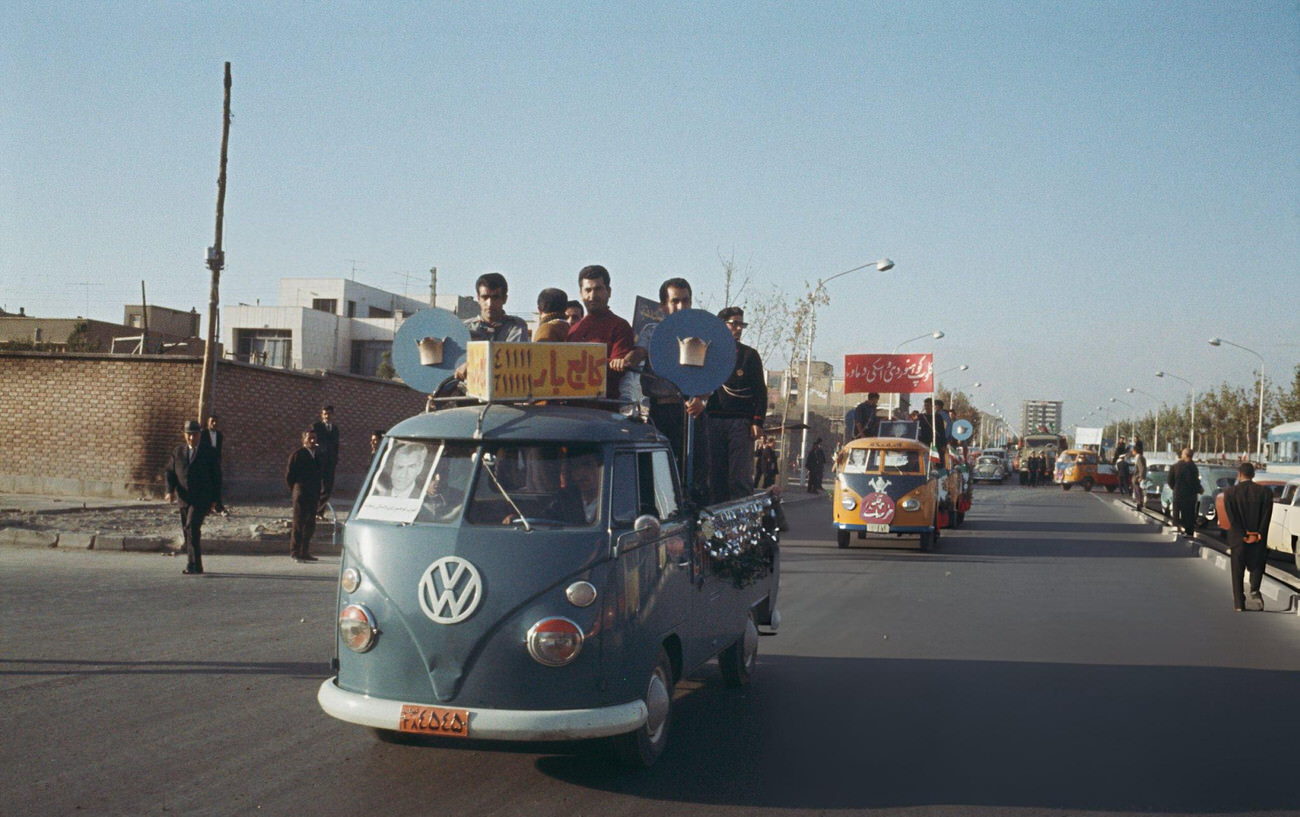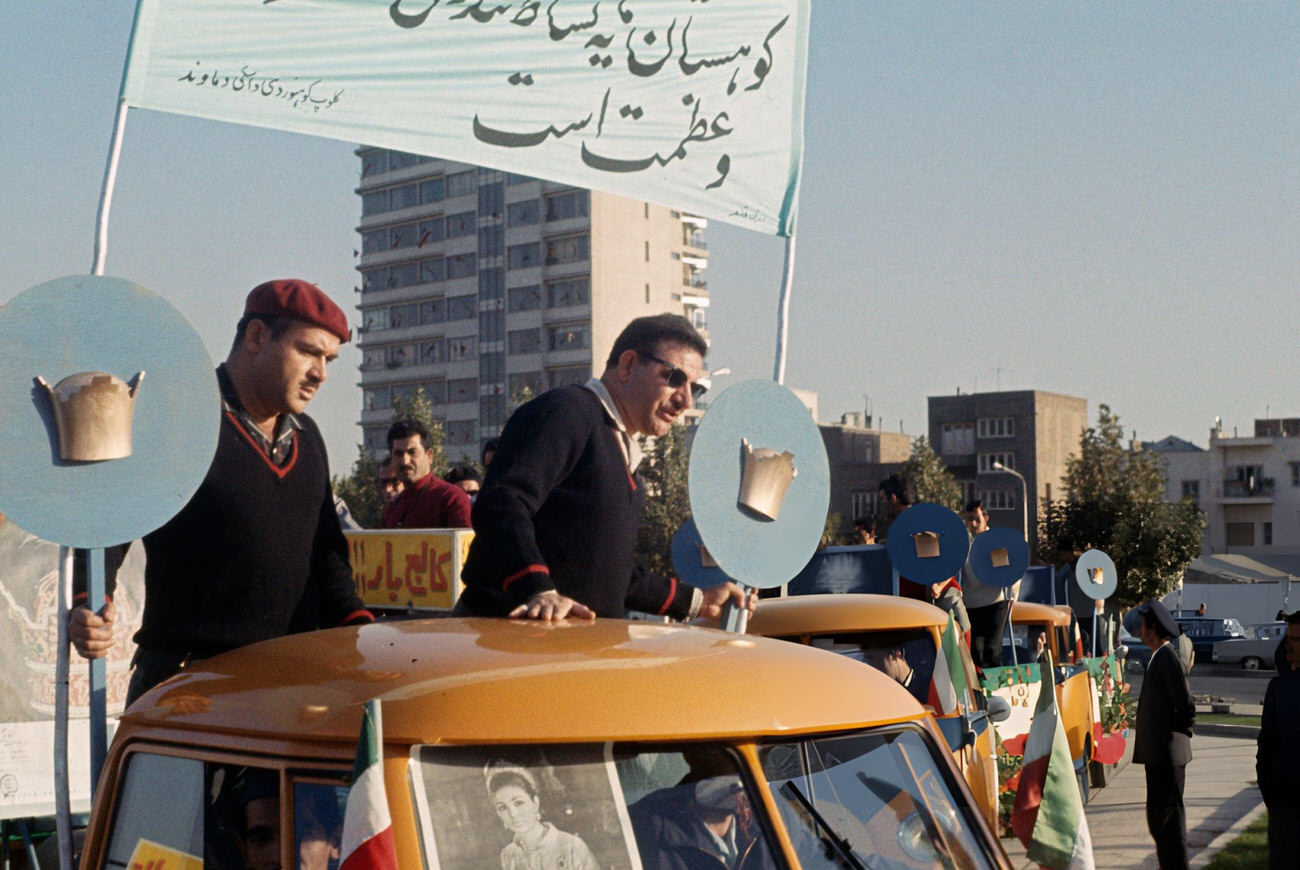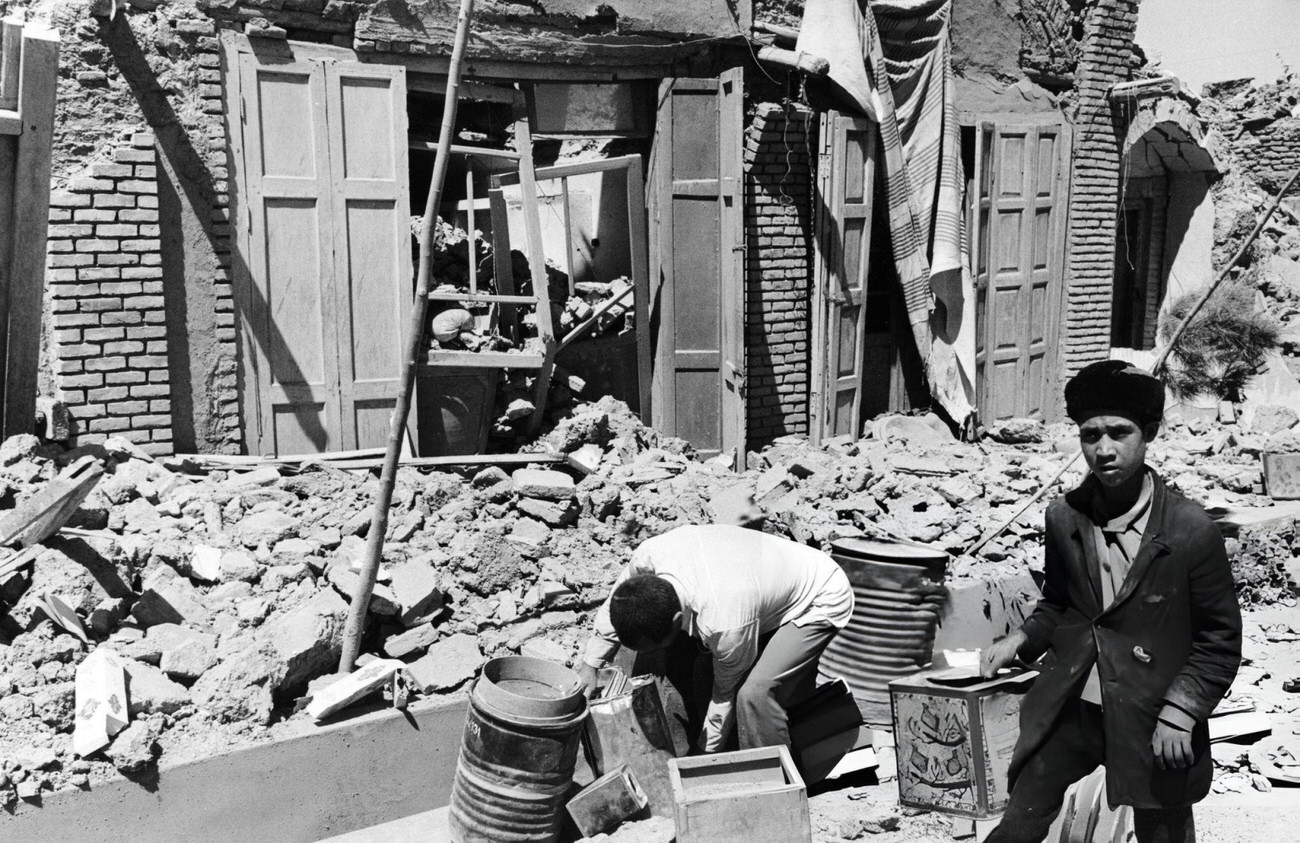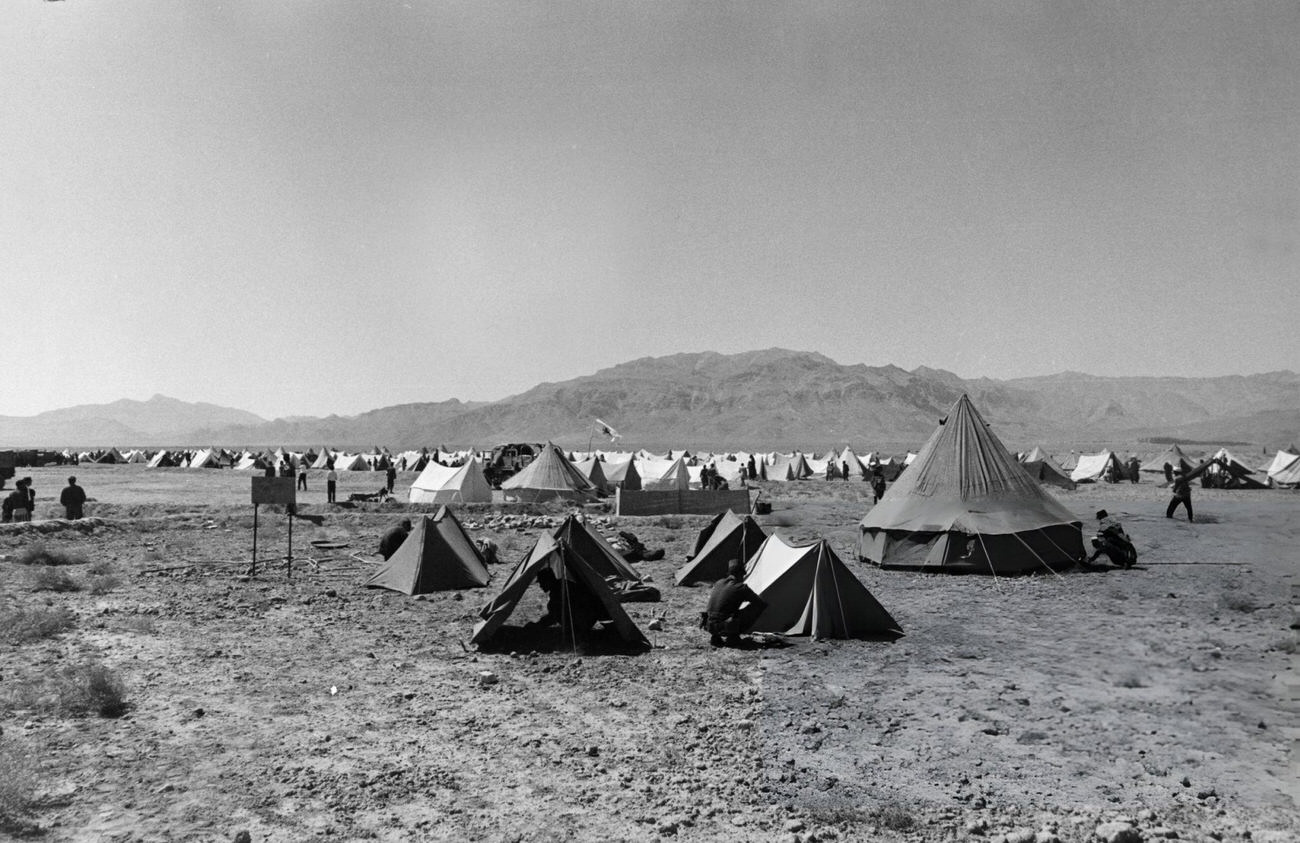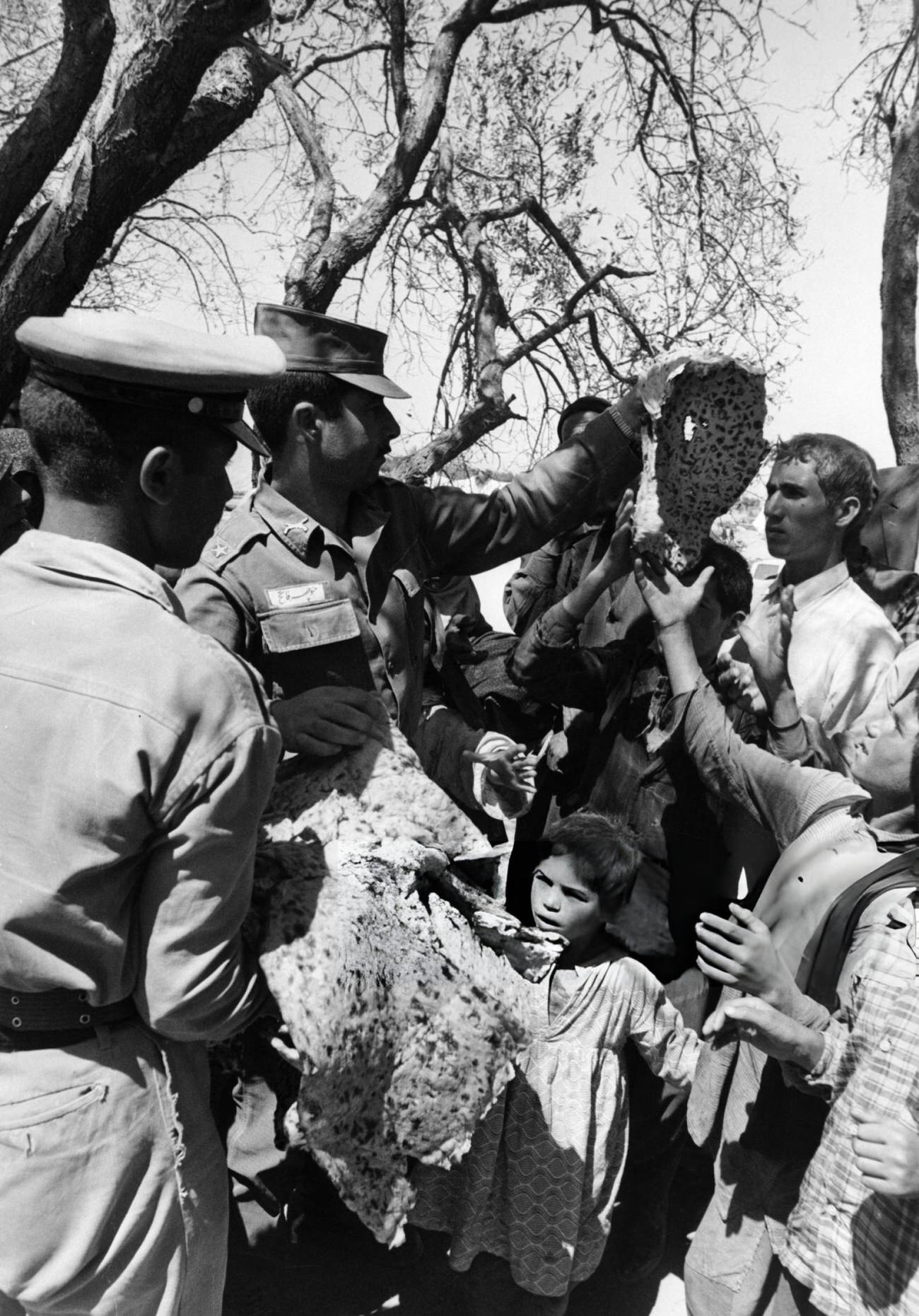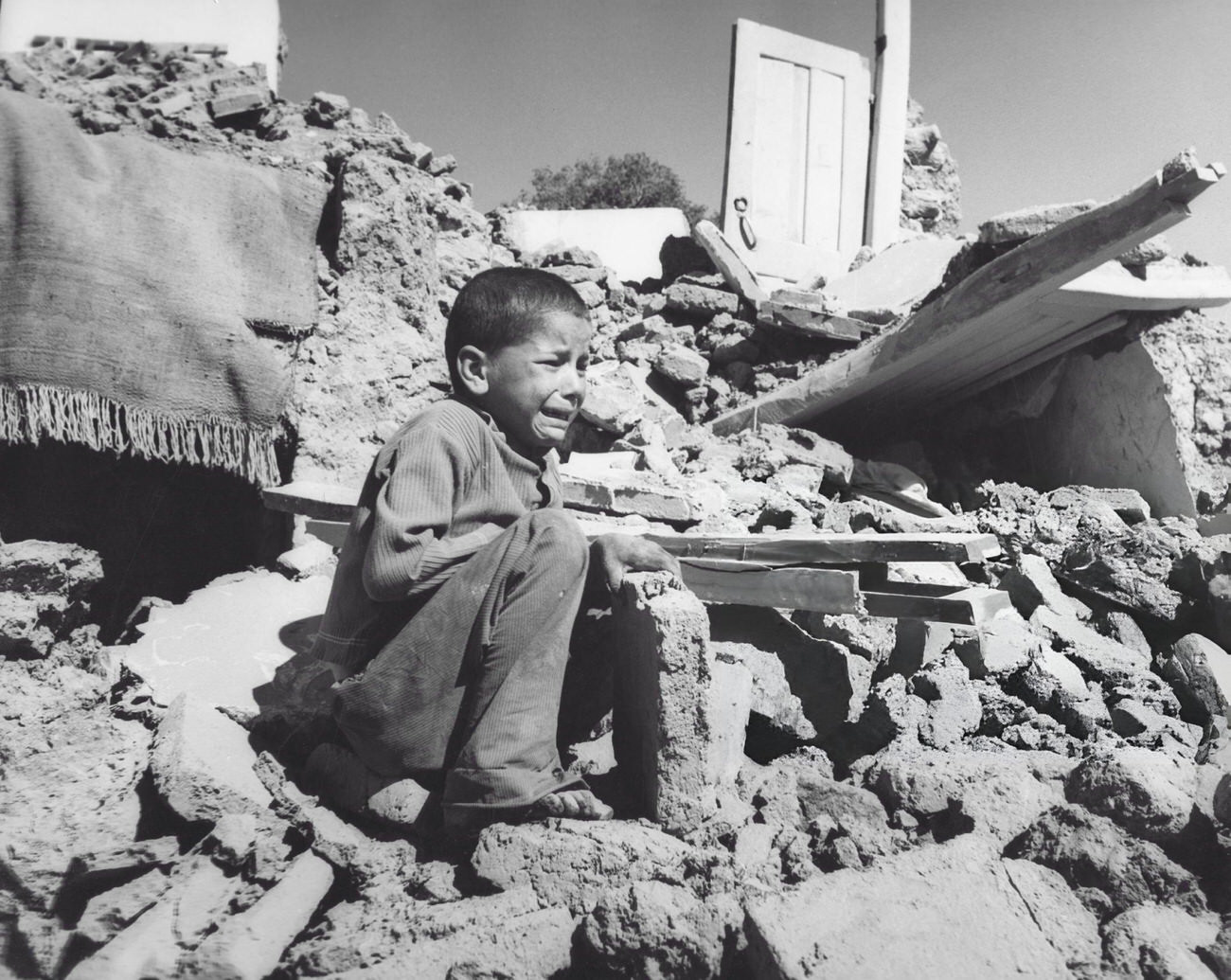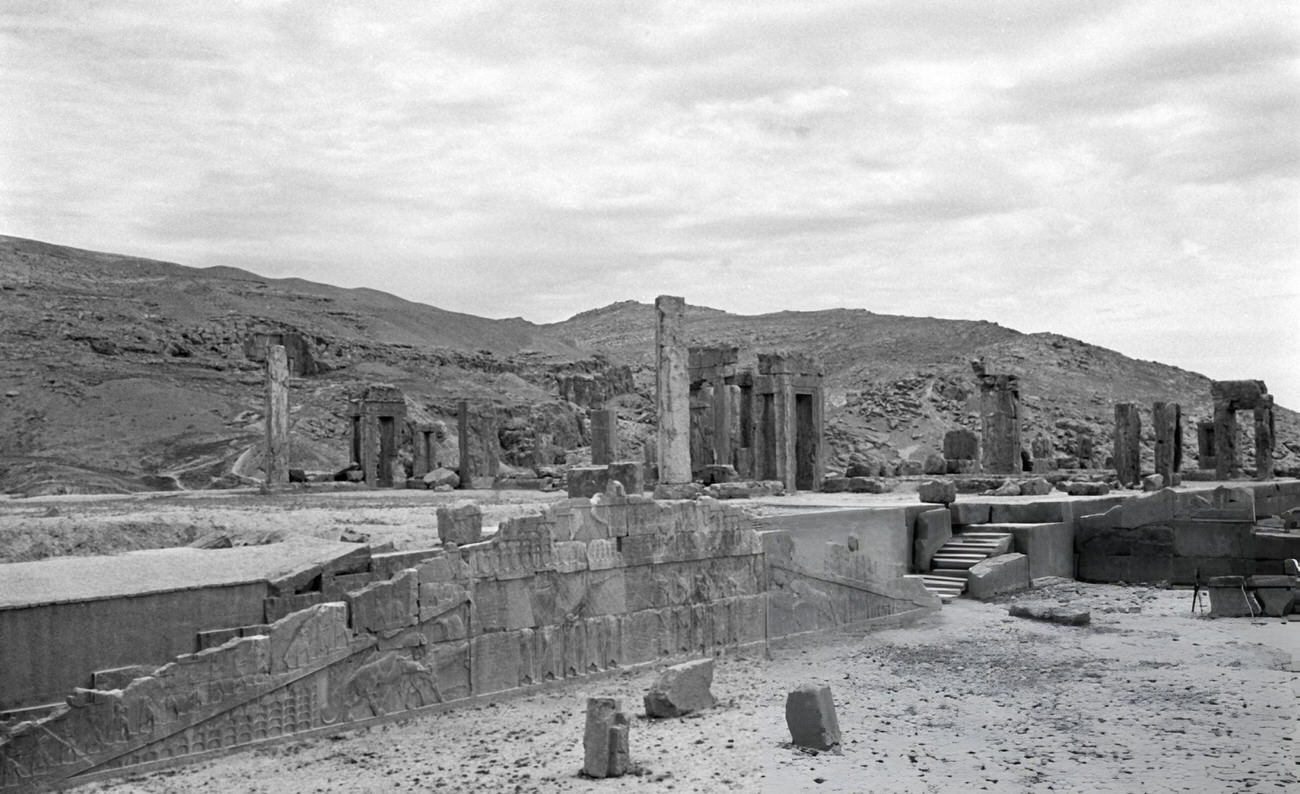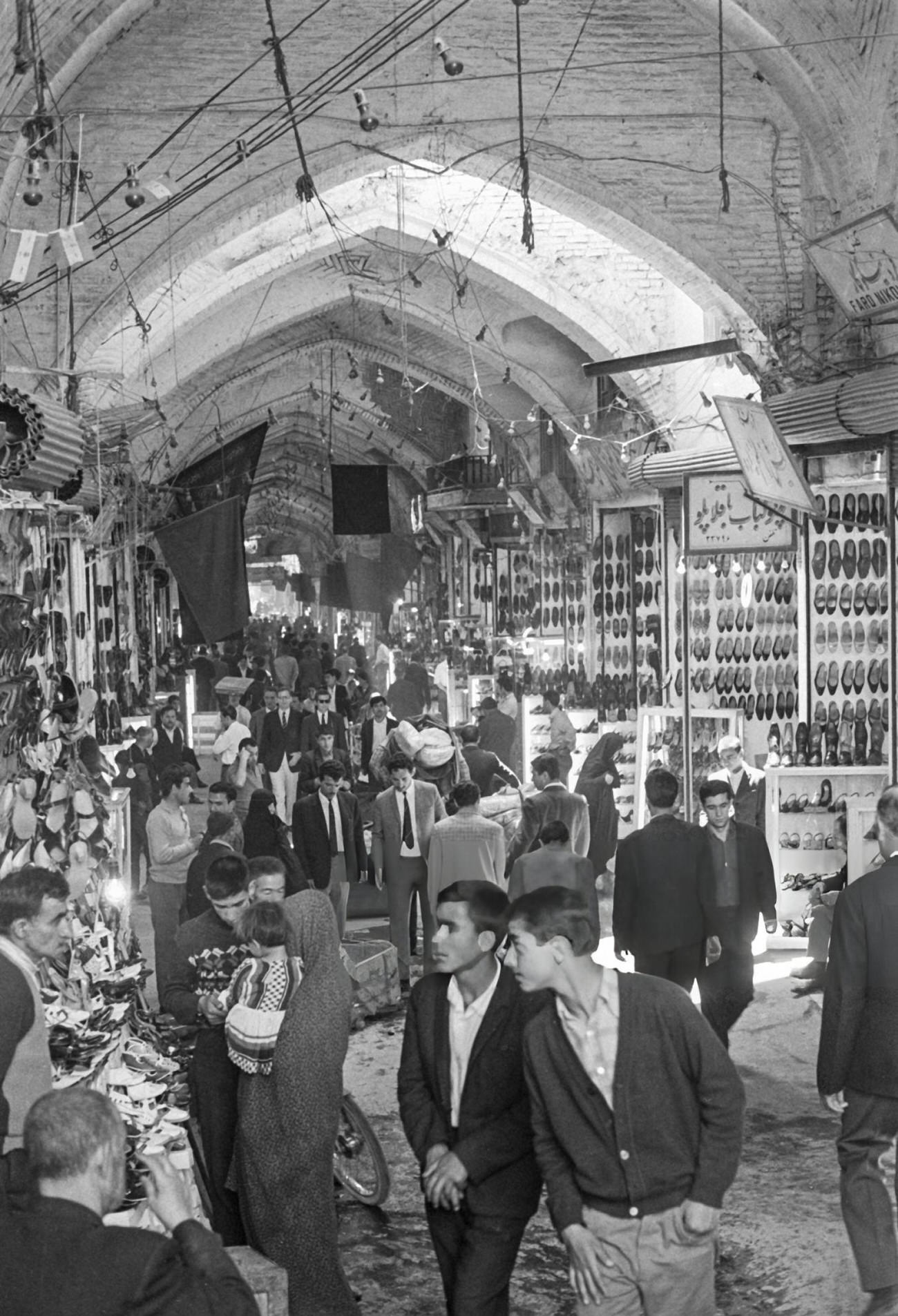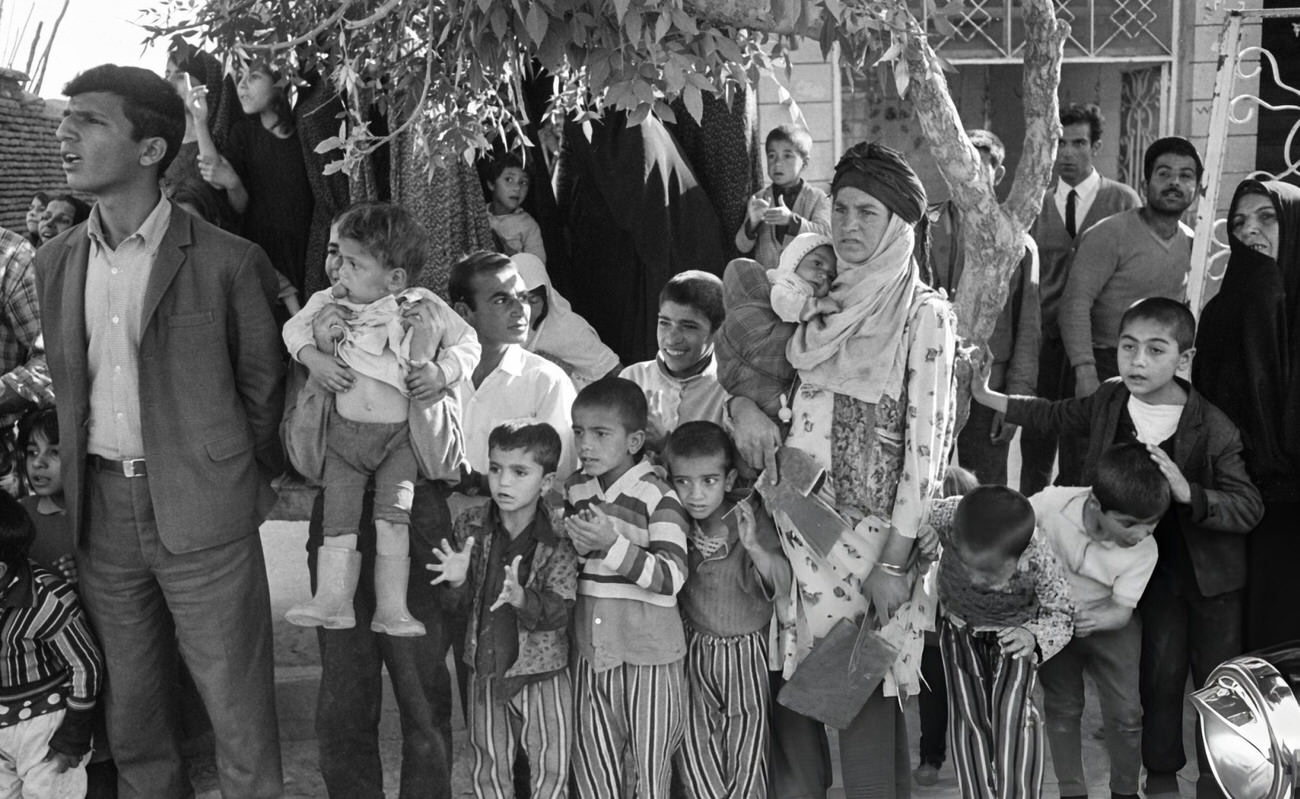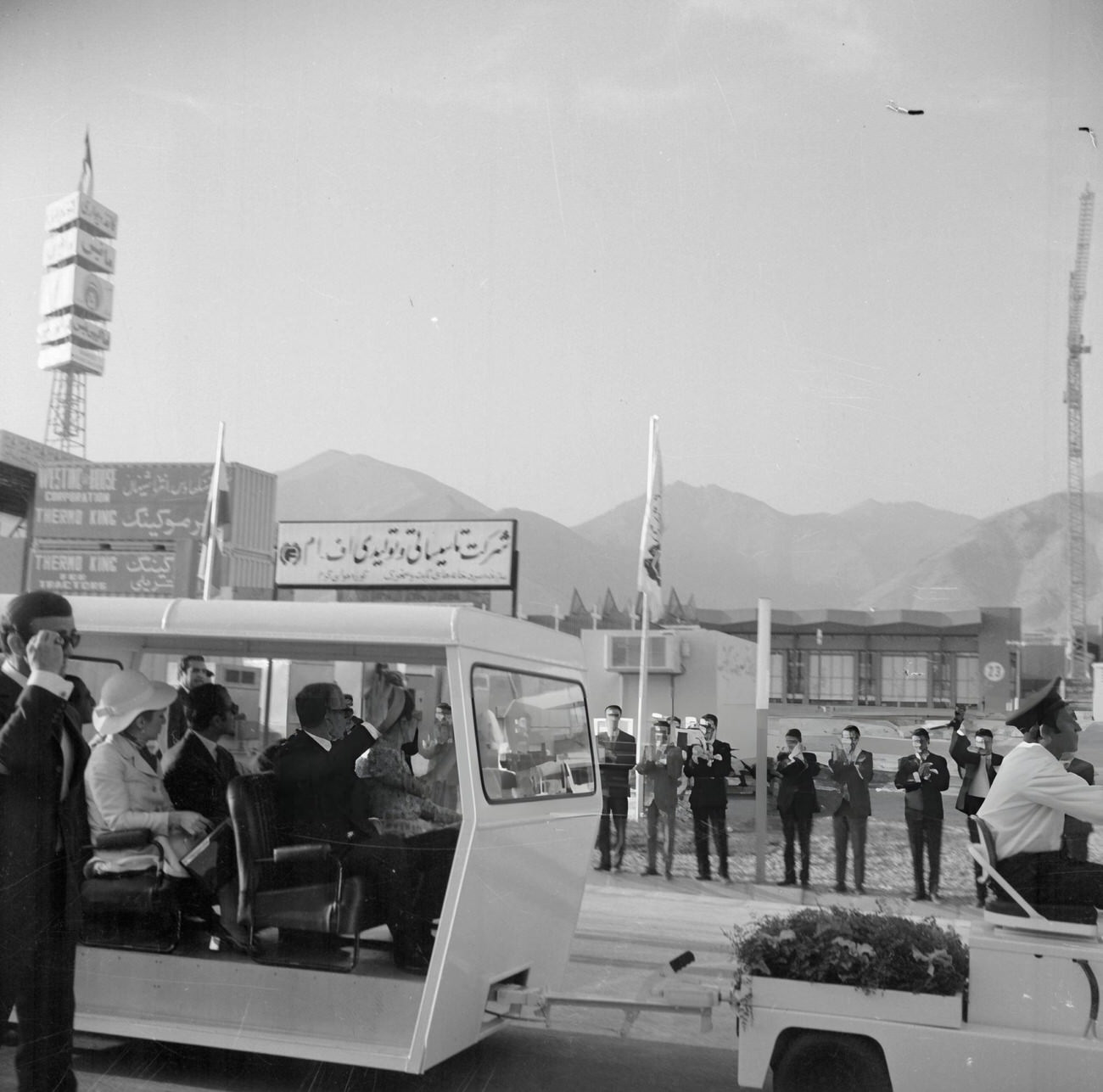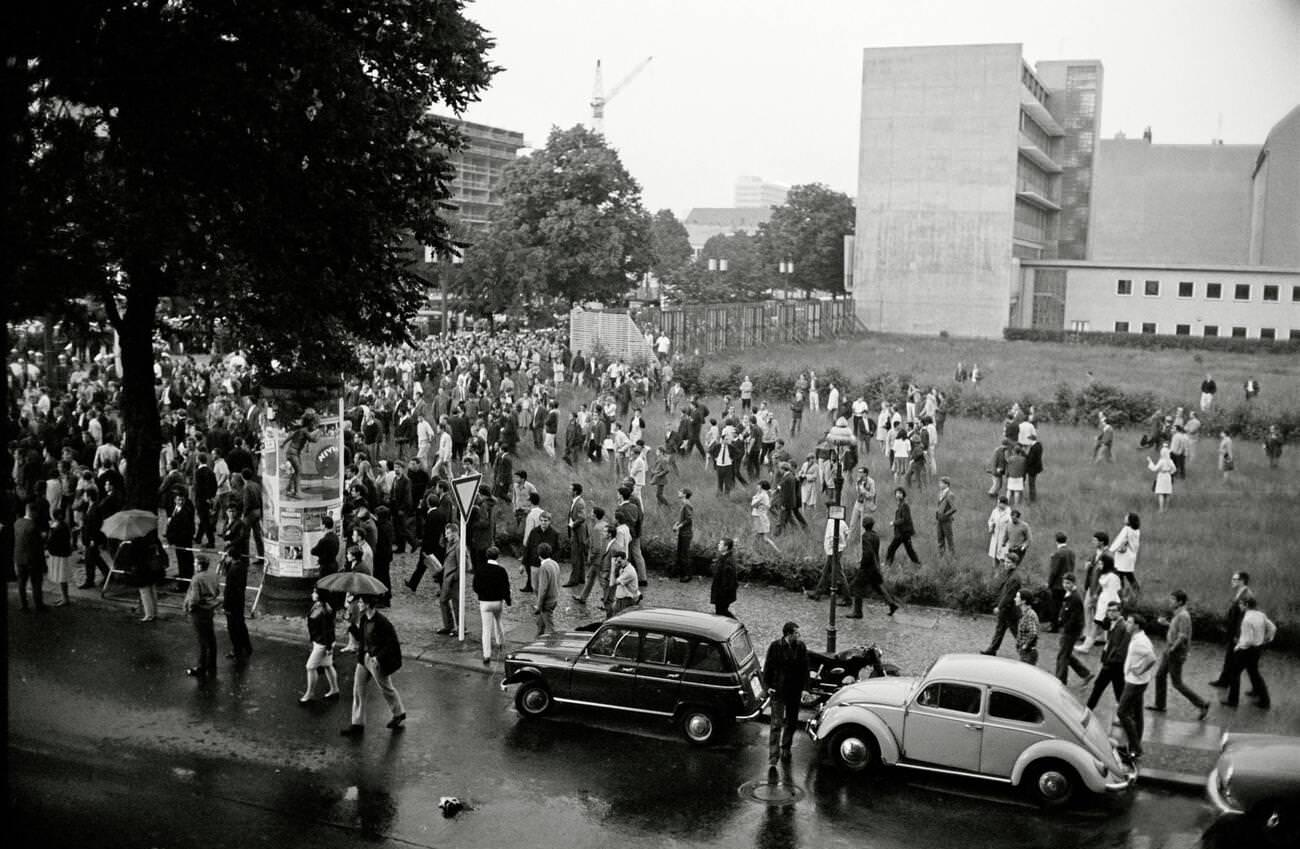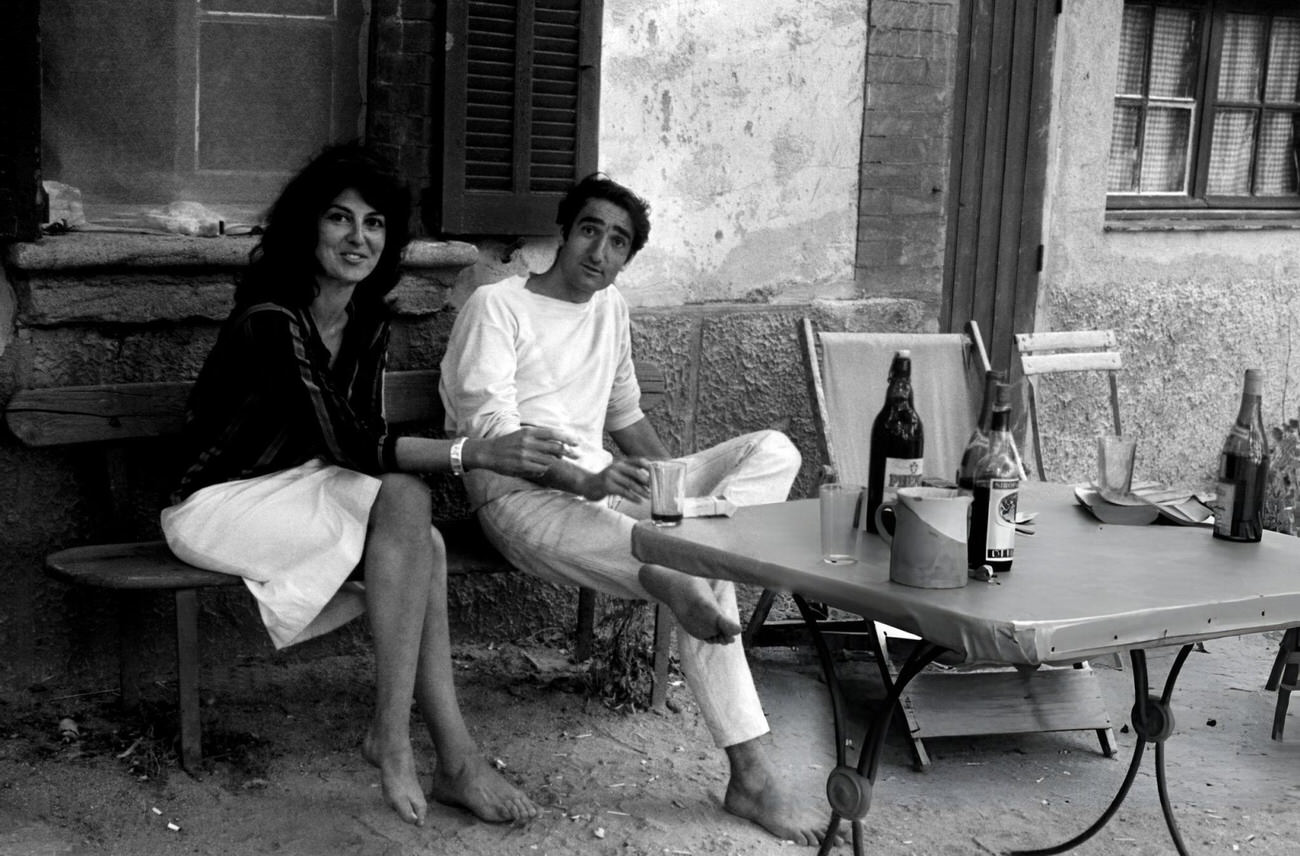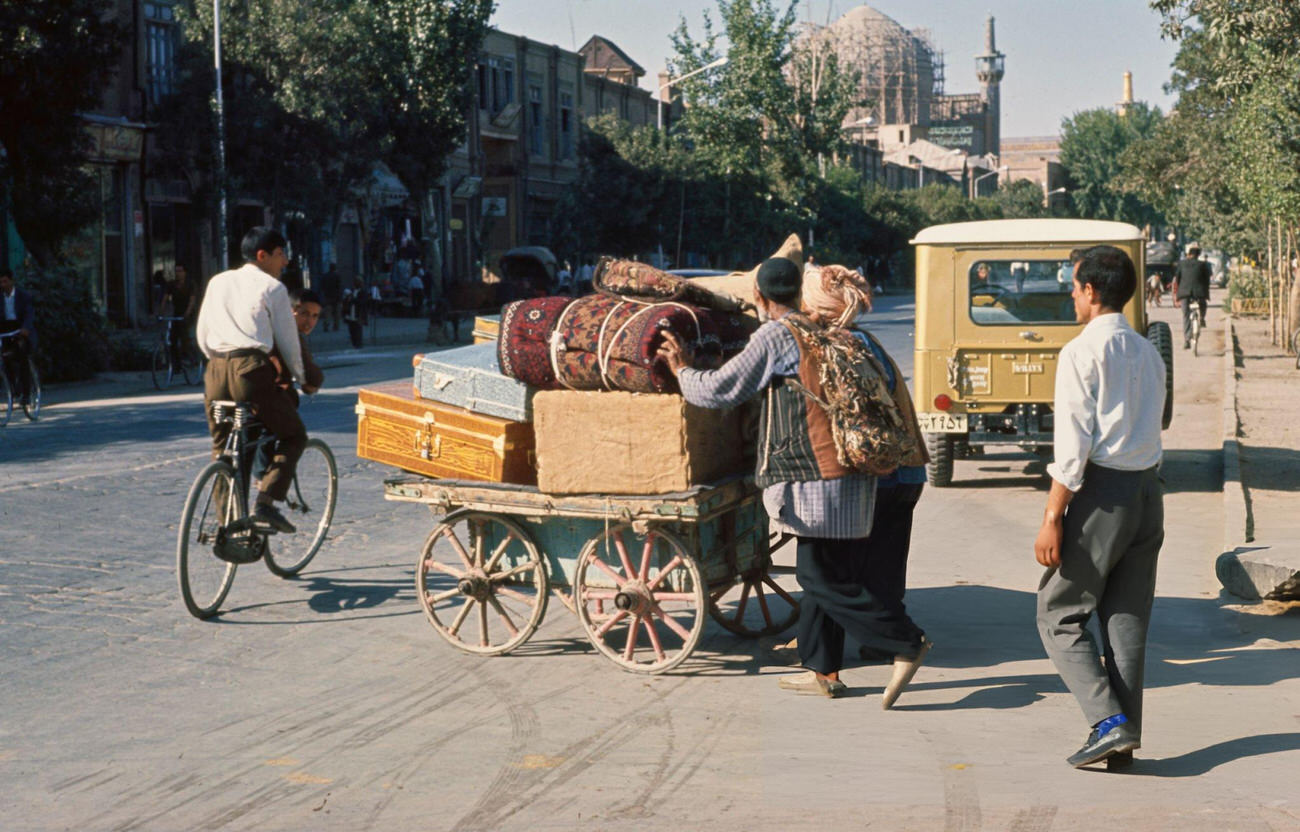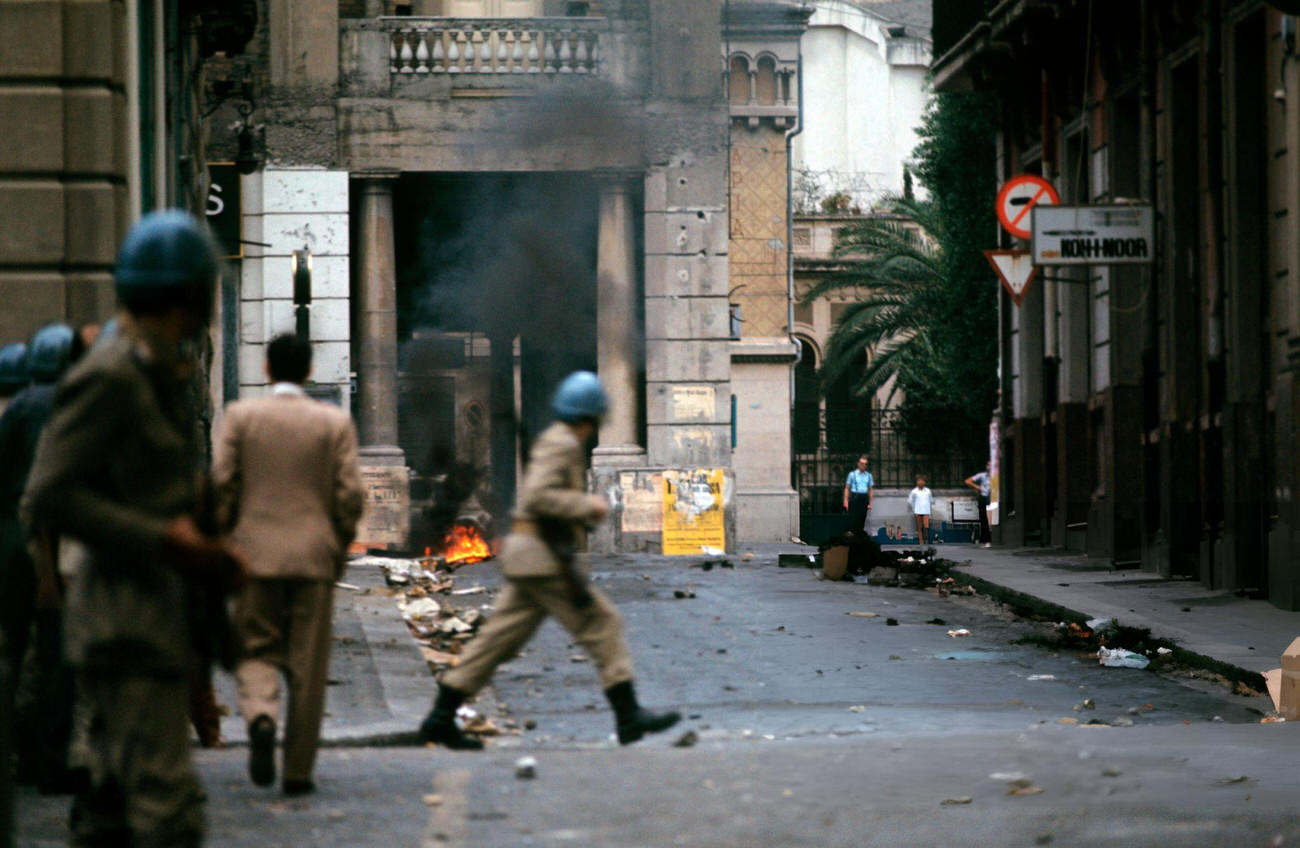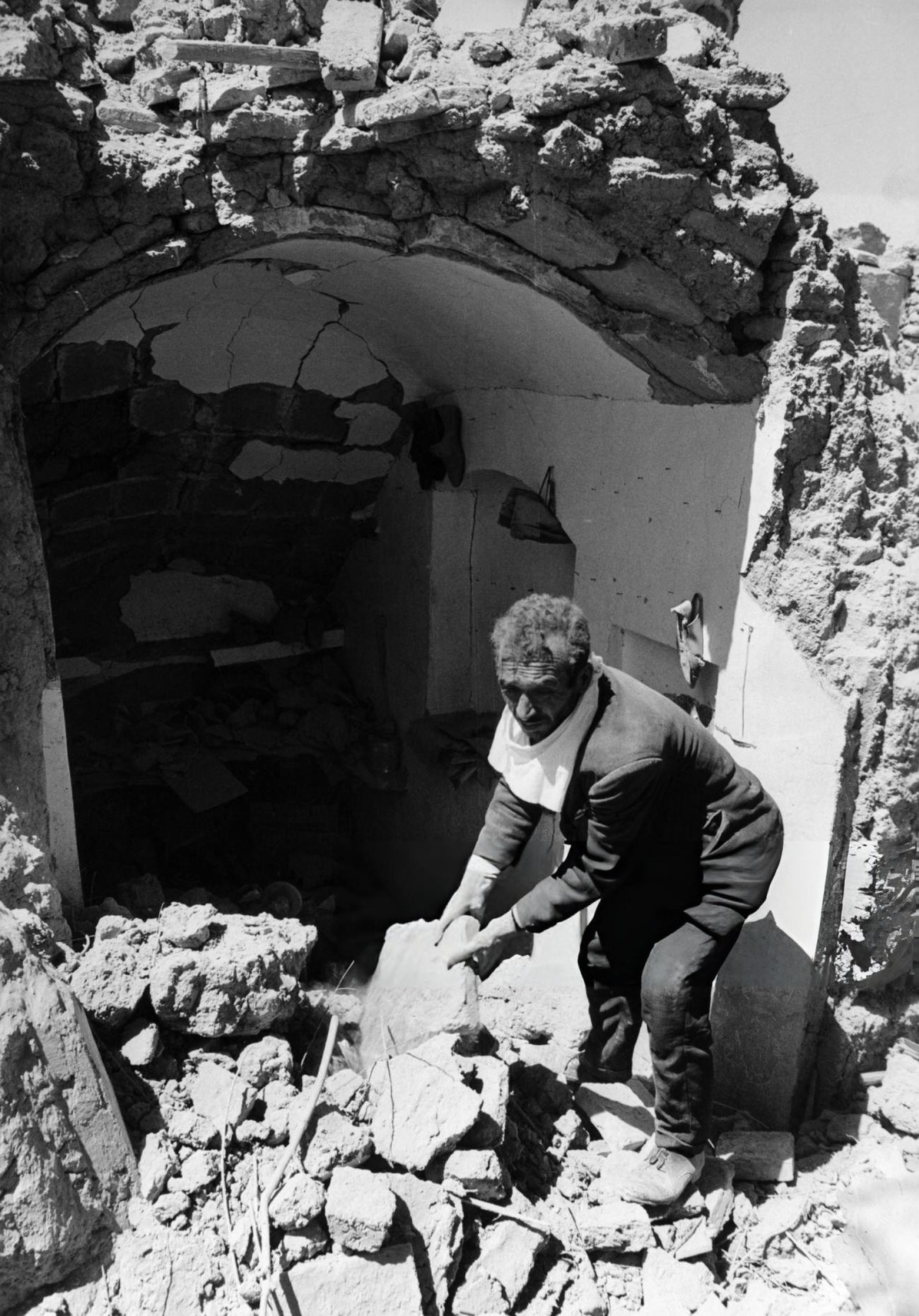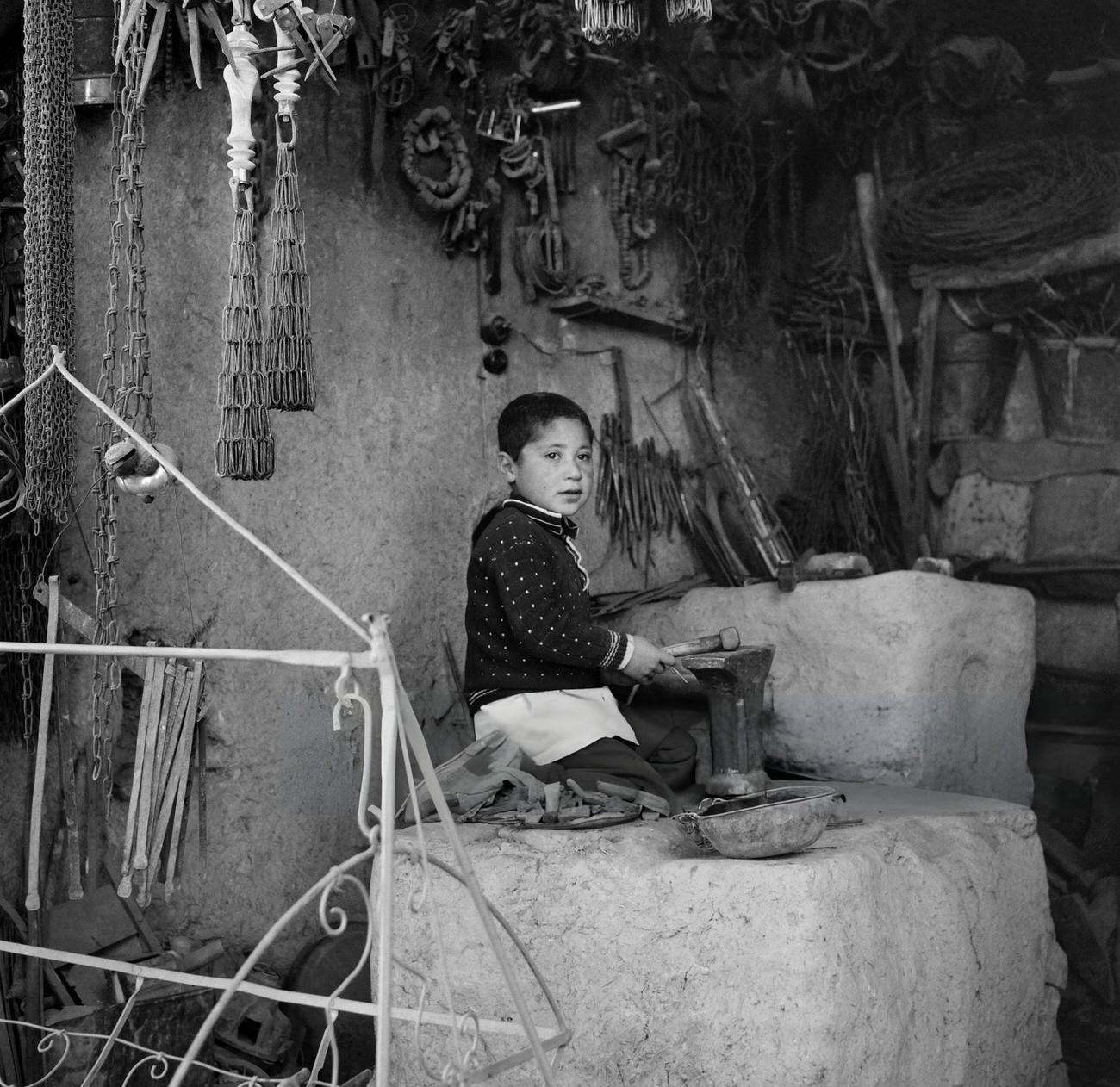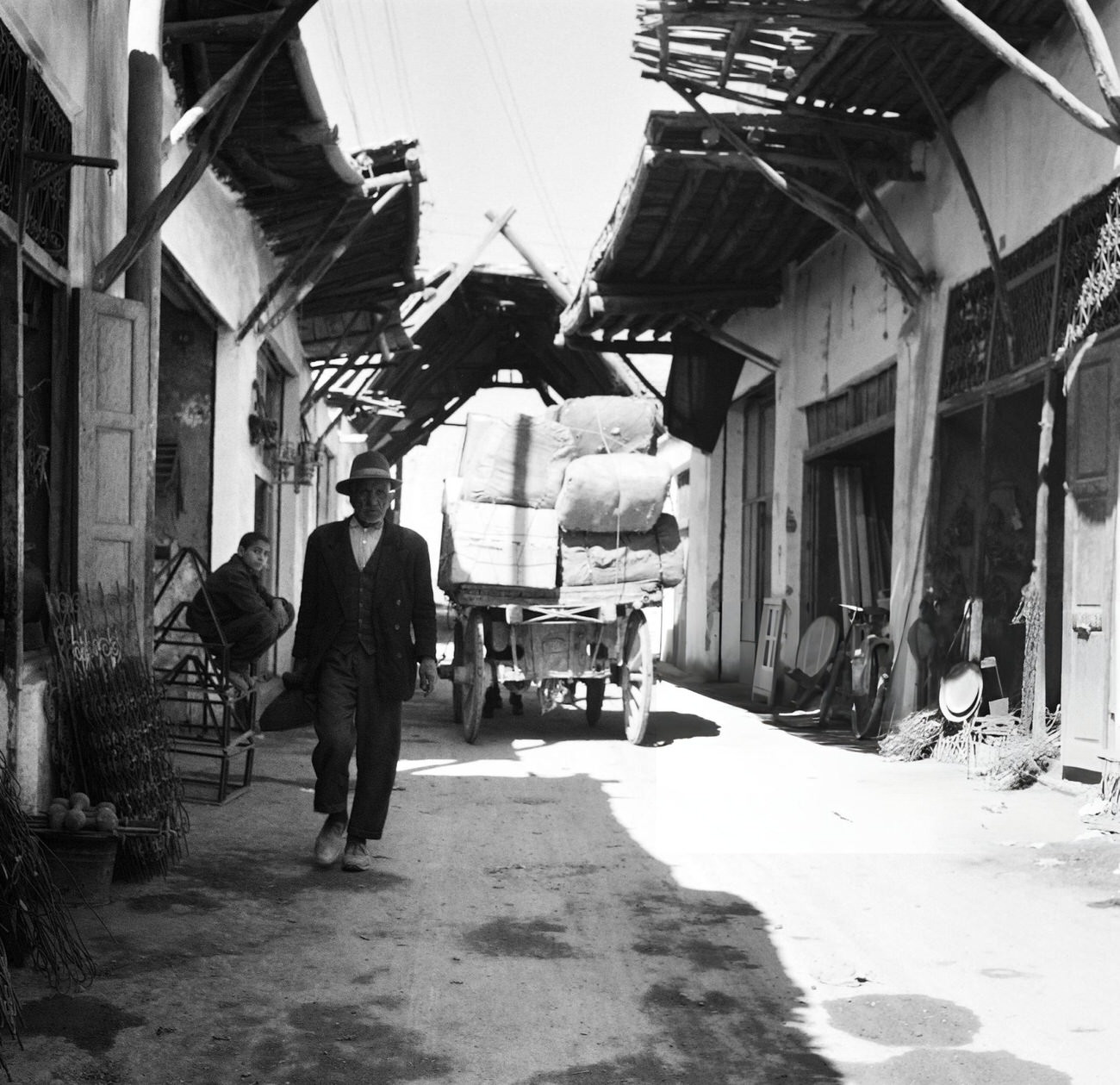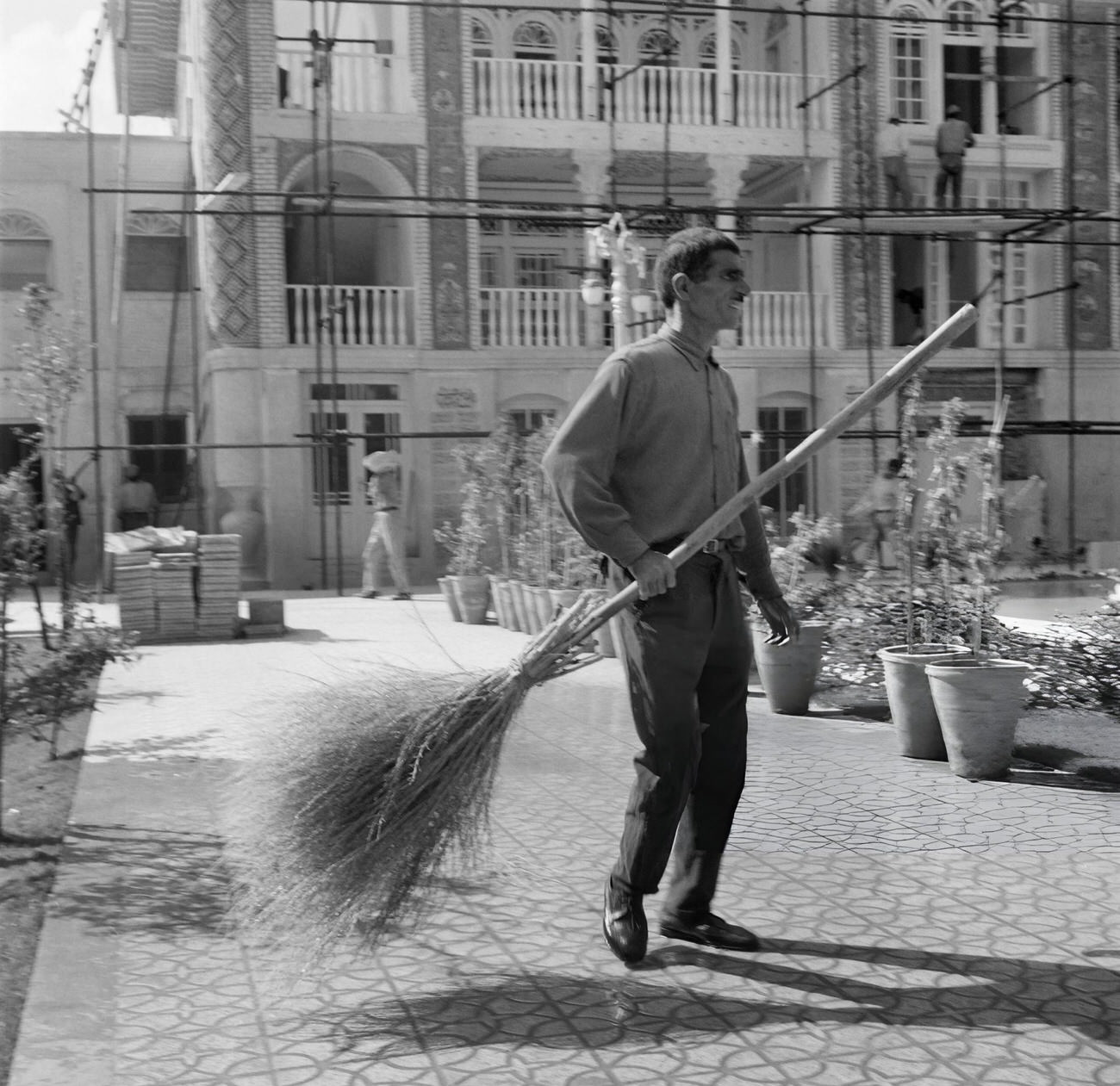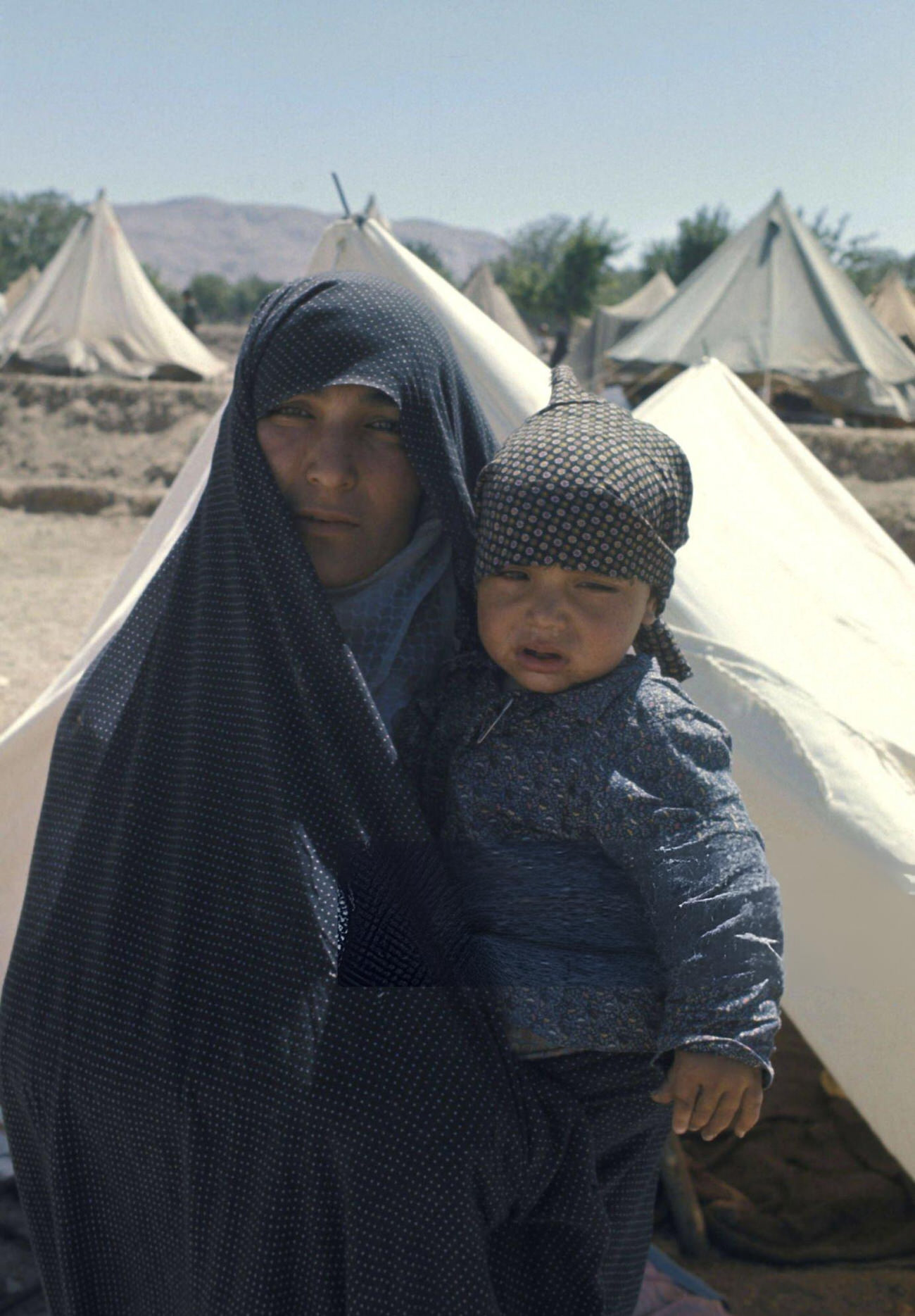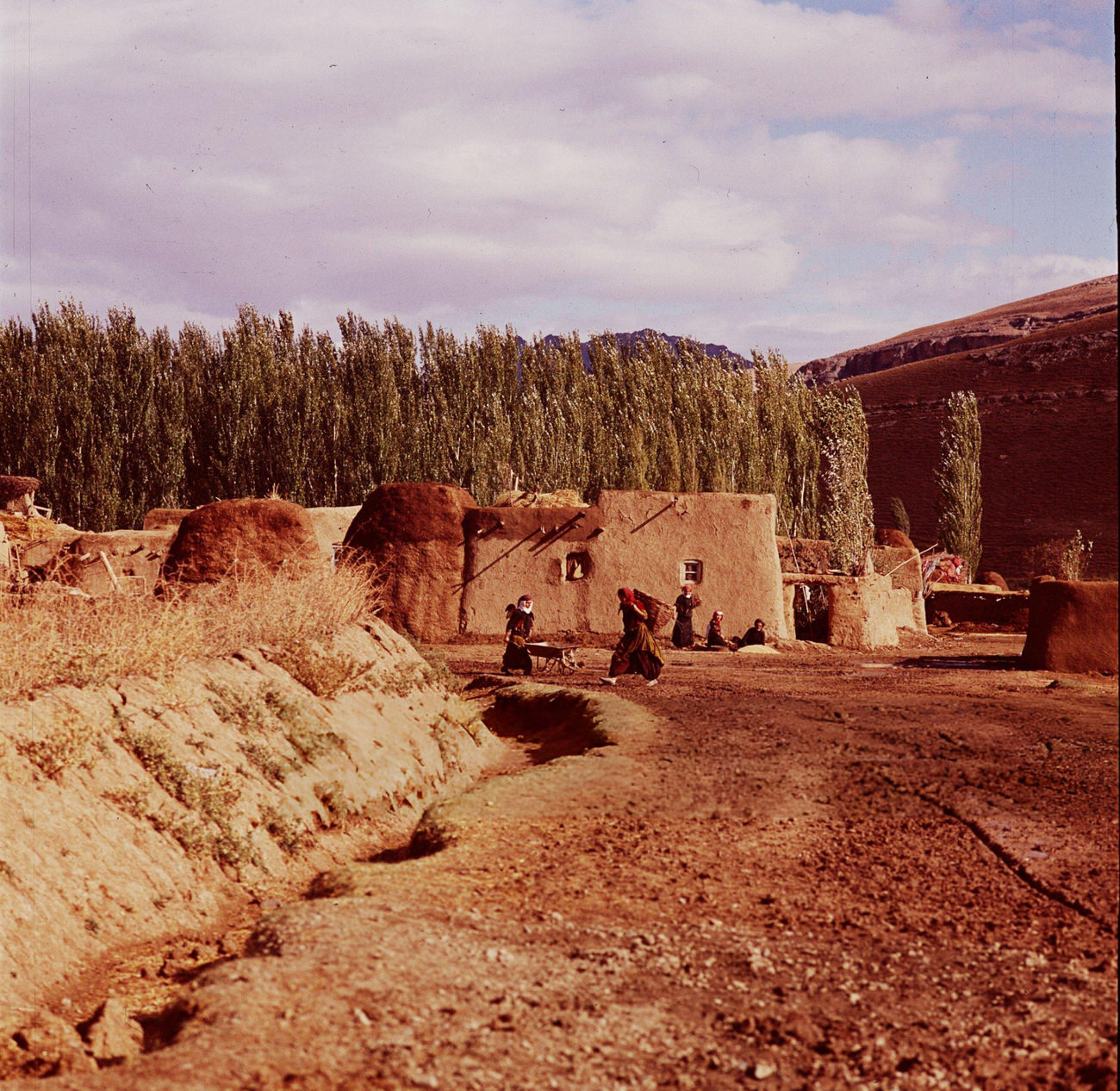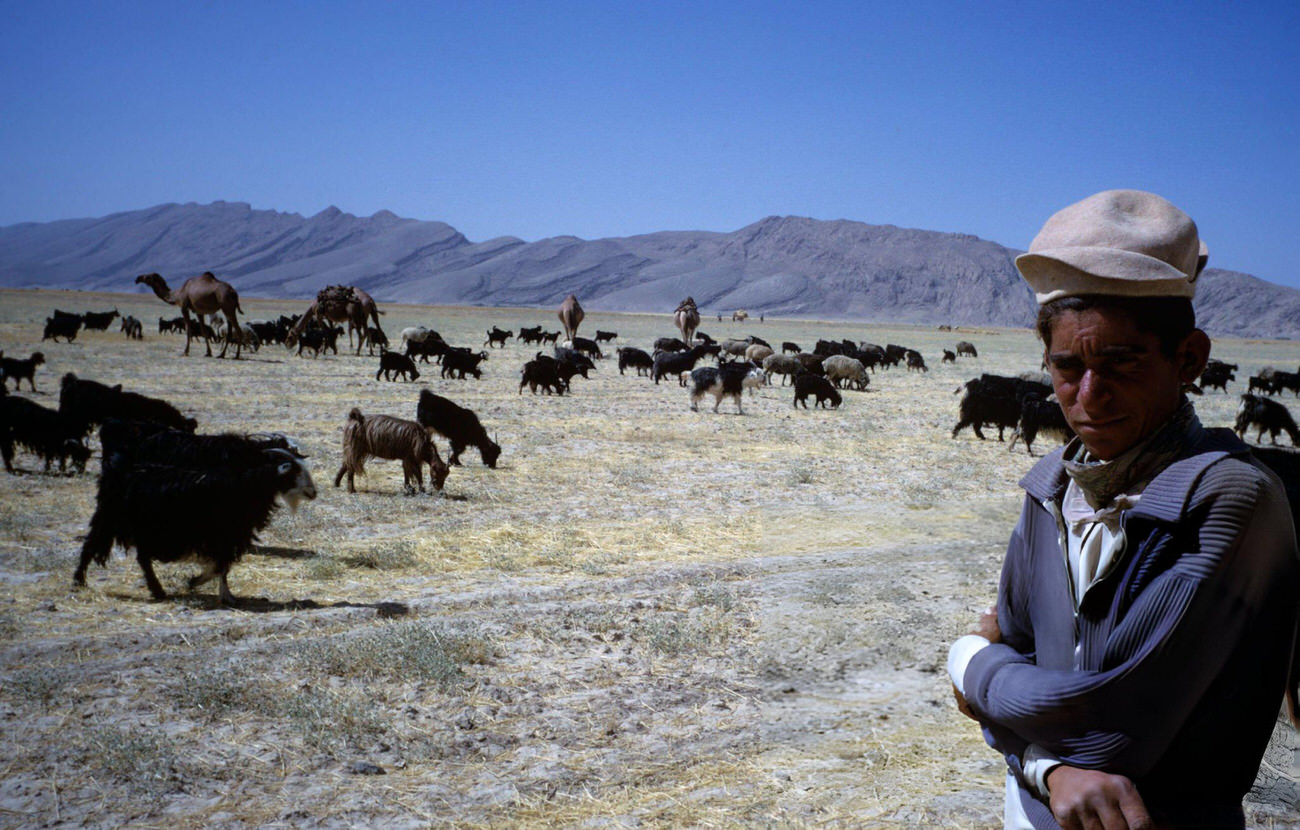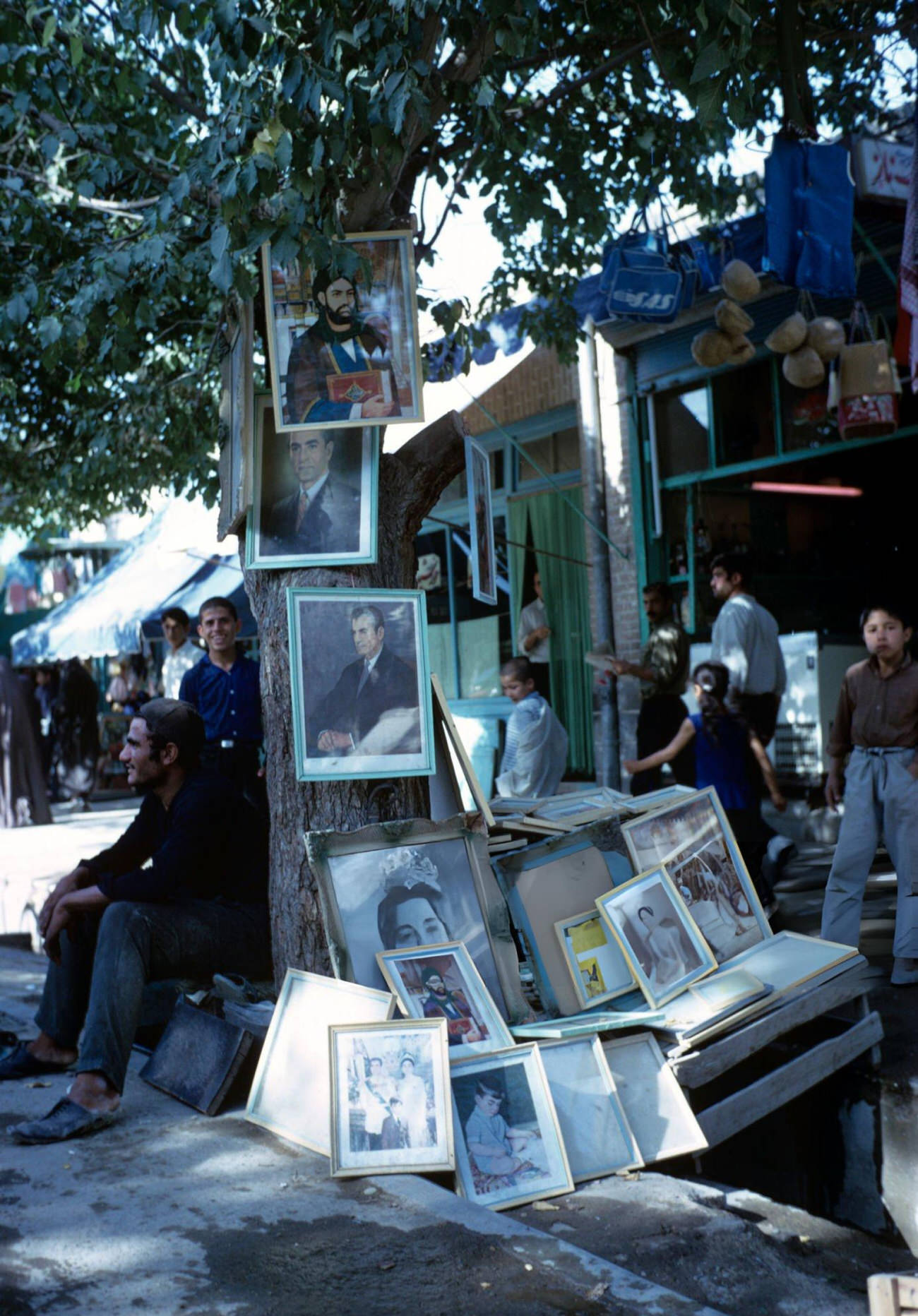The 1960s was an important decade for Iran. It was a time of great change in many areas, including politics, culture, and society. These changes would shape the future of the country. Understanding this period helps us see how Iran evolved and faced new challenges.
Political Landscape
In the 1960s, Iran was ruled by Mohammad Reza Shah Pahlavi. He was the king, or Shah, of Iran and had significant power. The Shah ruled with an iron fist, but he also wanted to modernize the country. In 1953, the U.S. and Britain helped him regain power after a brief overthrow. This event set the stage for the Shah’s rule throughout the 1960s.
The Shah aimed to create a modern, Westernized Iran. To do this, he sought help from foreign countries, especially the United States. He believed that adopting Western ideas would help Iran grow. However, not everyone agreed with his vision. Many Iranians wanted to preserve their traditions and culture. This disagreement created tension in society.
The White Revolution
One of the Shah’s most significant initiatives was the White Revolution, launched in 1963. The White Revolution aimed to modernize Iran and improve the lives of its people. It included several reforms, such as land redistribution, women’s rights, and industrial growth..
Read more
Before the White Revolution, most land in Iran was owned by wealthy landowners. This situation left many farmers struggling. The Shah’s government aimed to change this by redistributing land to poor farmers. The goal was to increase agricultural production and reduce poverty. However, many landowners opposed this change, leading to conflicts.
The White Revolution also focused on women’s rights. In the 1960s, women in Iran began to gain more freedoms. They could vote and hold jobs outside the home. Education for girls became a priority. More schools opened, allowing girls to pursue their studies. This shift helped change perceptions about women in society.
Despite these advancements, the Shah’s reforms faced criticism. Many religious leaders and traditionalists believed the changes threatened Iran’s cultural roots. They saw the Western influence as a danger to their way of life. As a result, protests and opposition grew during the decade.
Economic Changes
The 1960s also brought significant economic changes to Iran. The country experienced rapid economic growth, mainly due to its oil industry. Iran’s oil reserves were vast, and the government worked with foreign companies to develop this resource. The oil boom led to increased revenues for the government, allowing for more spending on infrastructure and development.
The Shah invested in large-scale projects. Roads, schools, and hospitals were built across the country. Cities expanded, and many people moved to urban areas in search of jobs. This shift transformed the demographic landscape of Iran. However, this rapid growth also created problems.
Many Iranians did not benefit equally from the economic boom. While some became wealthy, others remained poor. This gap between the rich and the poor created frustration among many citizens. Workers began to organize and demand better wages and conditions. Strikes became more common, signaling growing discontent.
Cultural Changes
Alongside political and economic changes, the 1960s saw a cultural transformation in Iran. Western culture began to influence Iranian society significantly. Movies, music, and fashion from the West became popular. Young people, in particular, embraced these new trends.
Tehran, the capital city, became a center for modern culture. Cafes, theaters, and art galleries flourished. The youth often gathered in these spaces, discussing new ideas and expressing themselves. However, this cultural shift also faced resistance from traditionalists.
Religious leaders and conservative groups criticized Western culture. They believed it undermined Iranian values and traditions. As a result, a cultural clash emerged. The tension between modernity and tradition became a defining feature of Iranian society during this time.
Education and Intellectual Movements
The 1960s was also a notable decade for education in Iran. The government invested in education, leading to an increase in literacy rates. More schools opened, and universities expanded. Education became more accessible, particularly for young people.
This growth in education led to the rise of intellectual movements. Many students began to question the Shah’s policies and the government’s ties to the West. They were inspired by ideas of democracy, social justice, and nationalism. Some even looked to Marxism and socialism as alternatives to the current regime.
Student protests became common, especially in the late 1960s. Young people gathered to voice their concerns about inequality, censorship, and political repression. The government responded with force, often cracking down on demonstrations. This cycle of protest and repression heightened tensions in the country.


